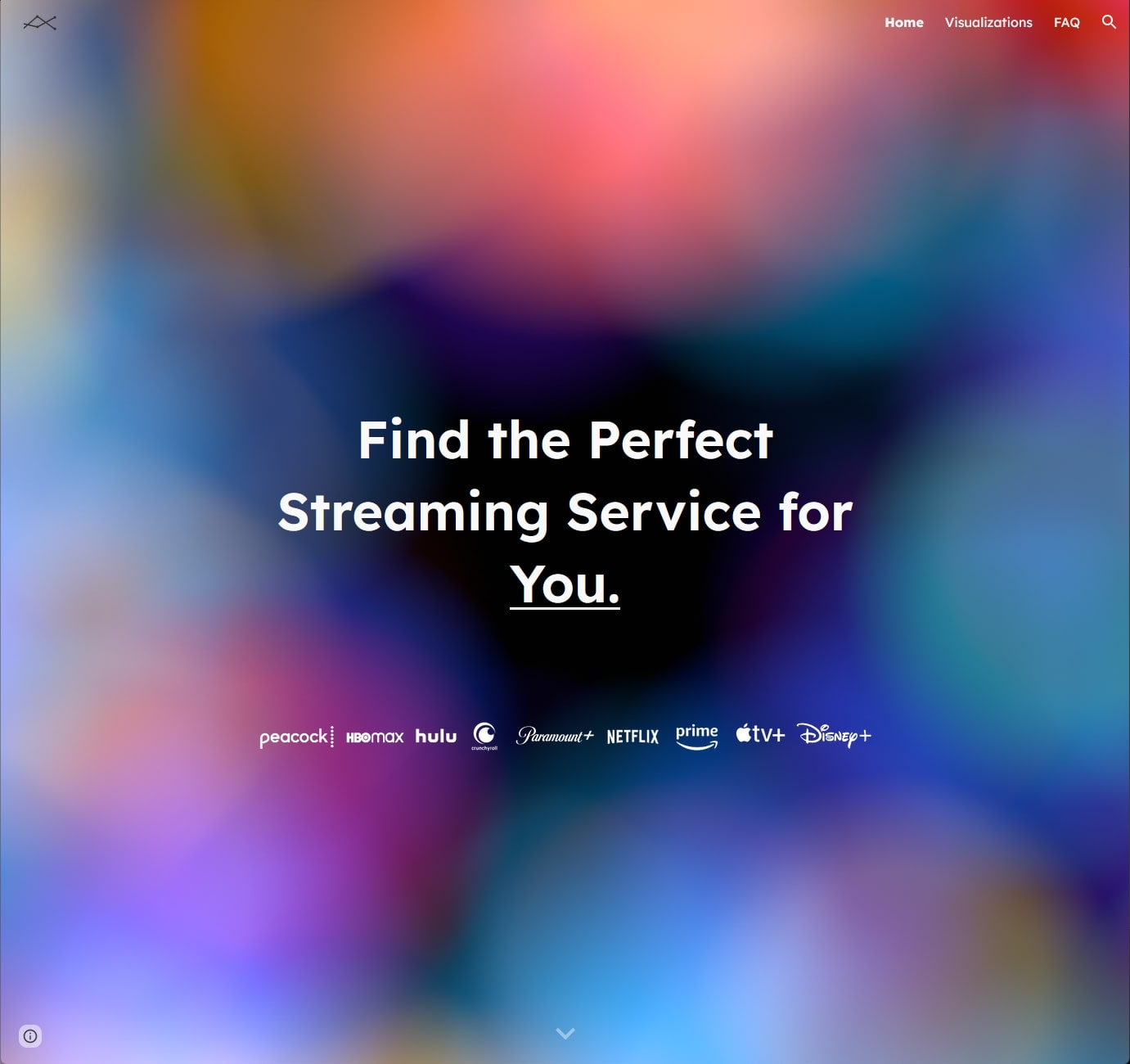
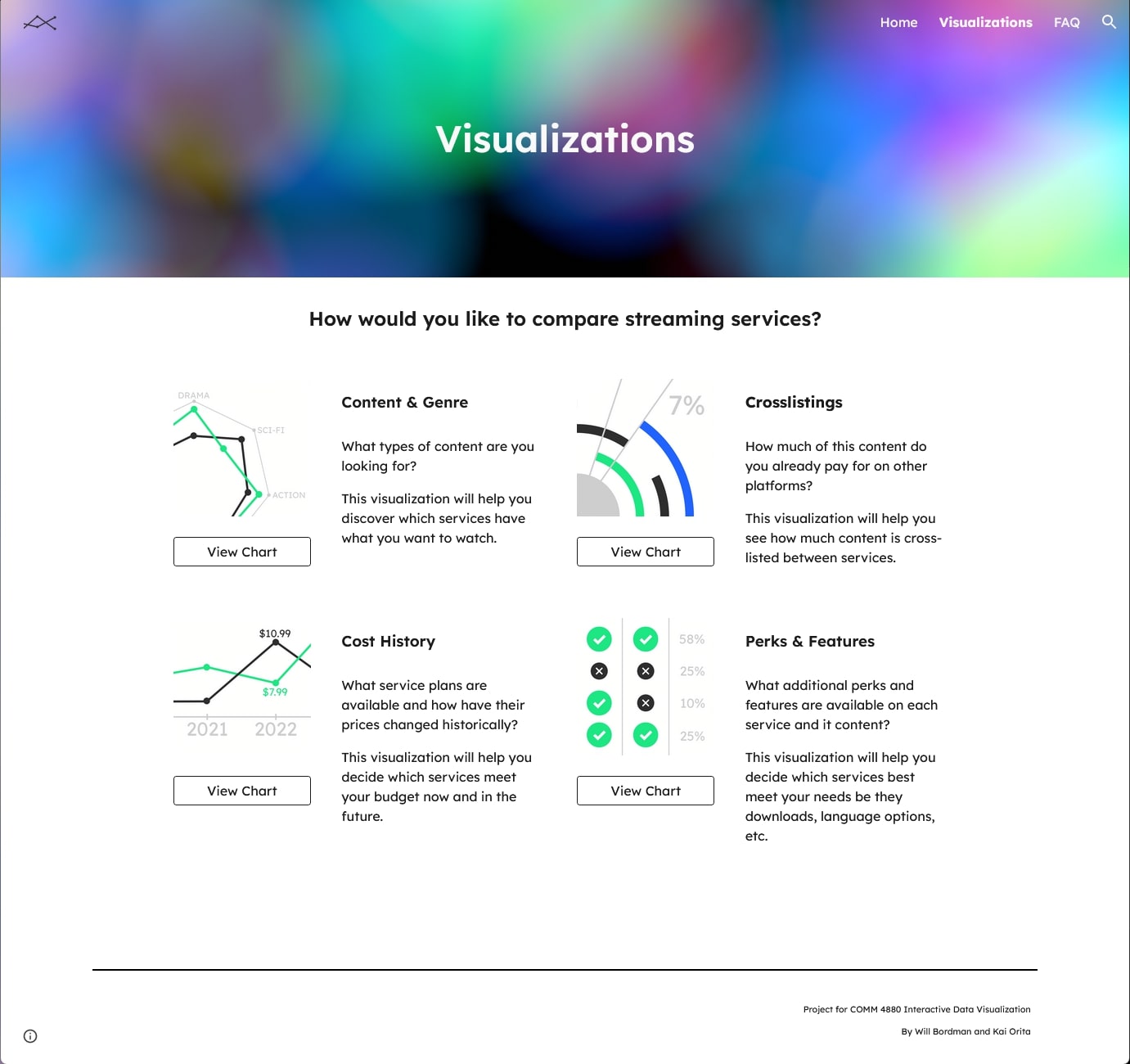
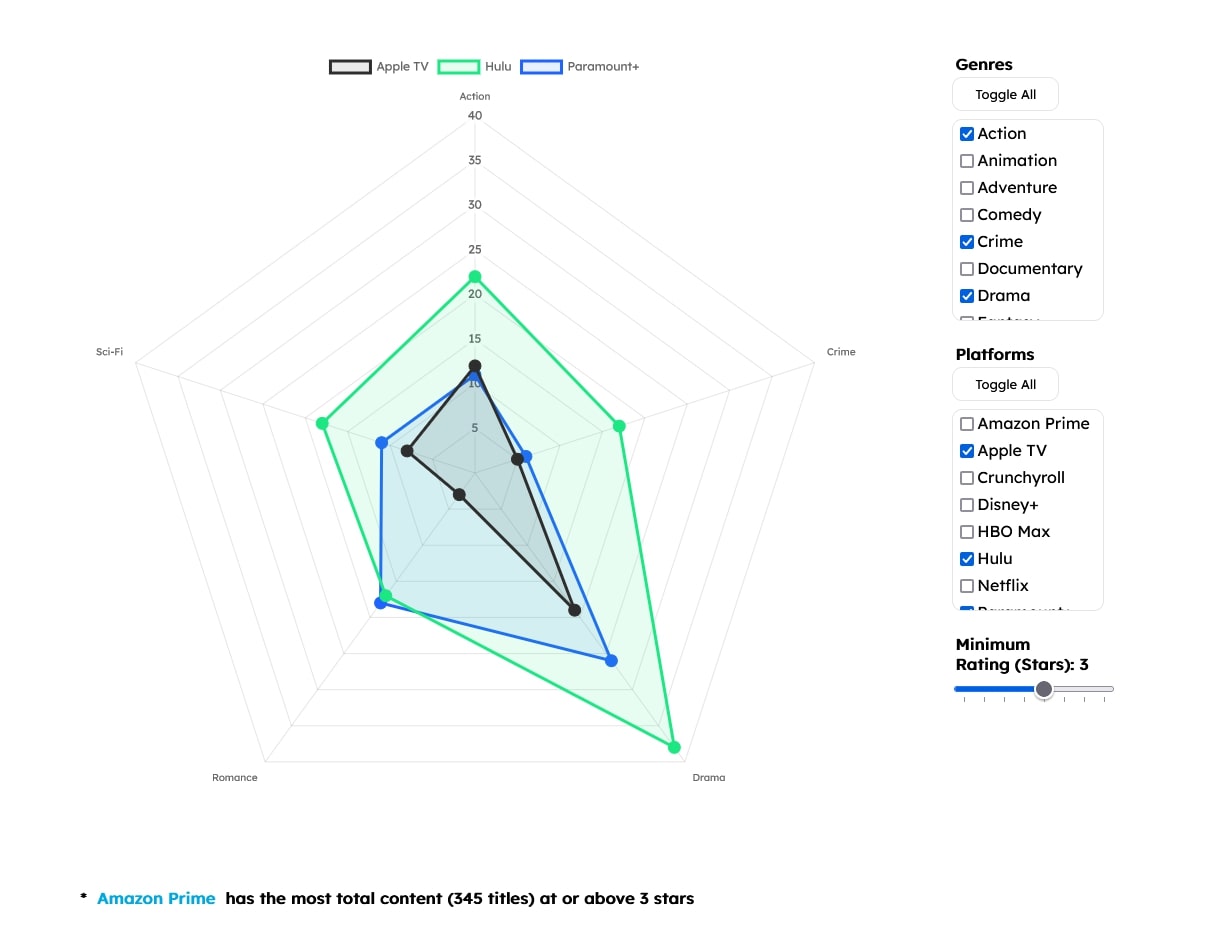
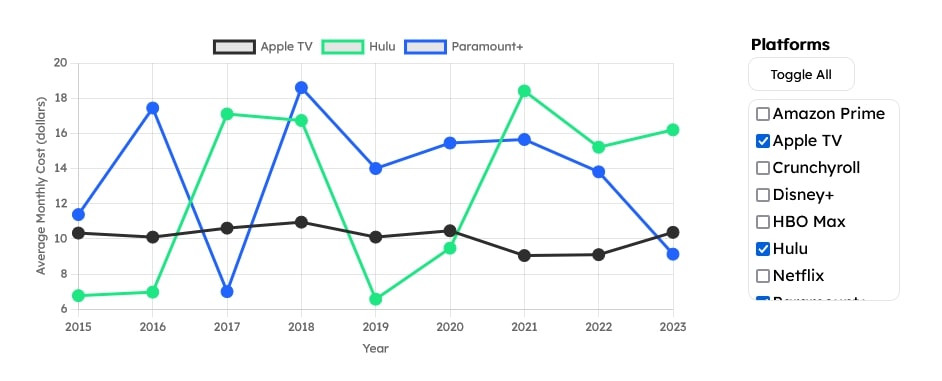
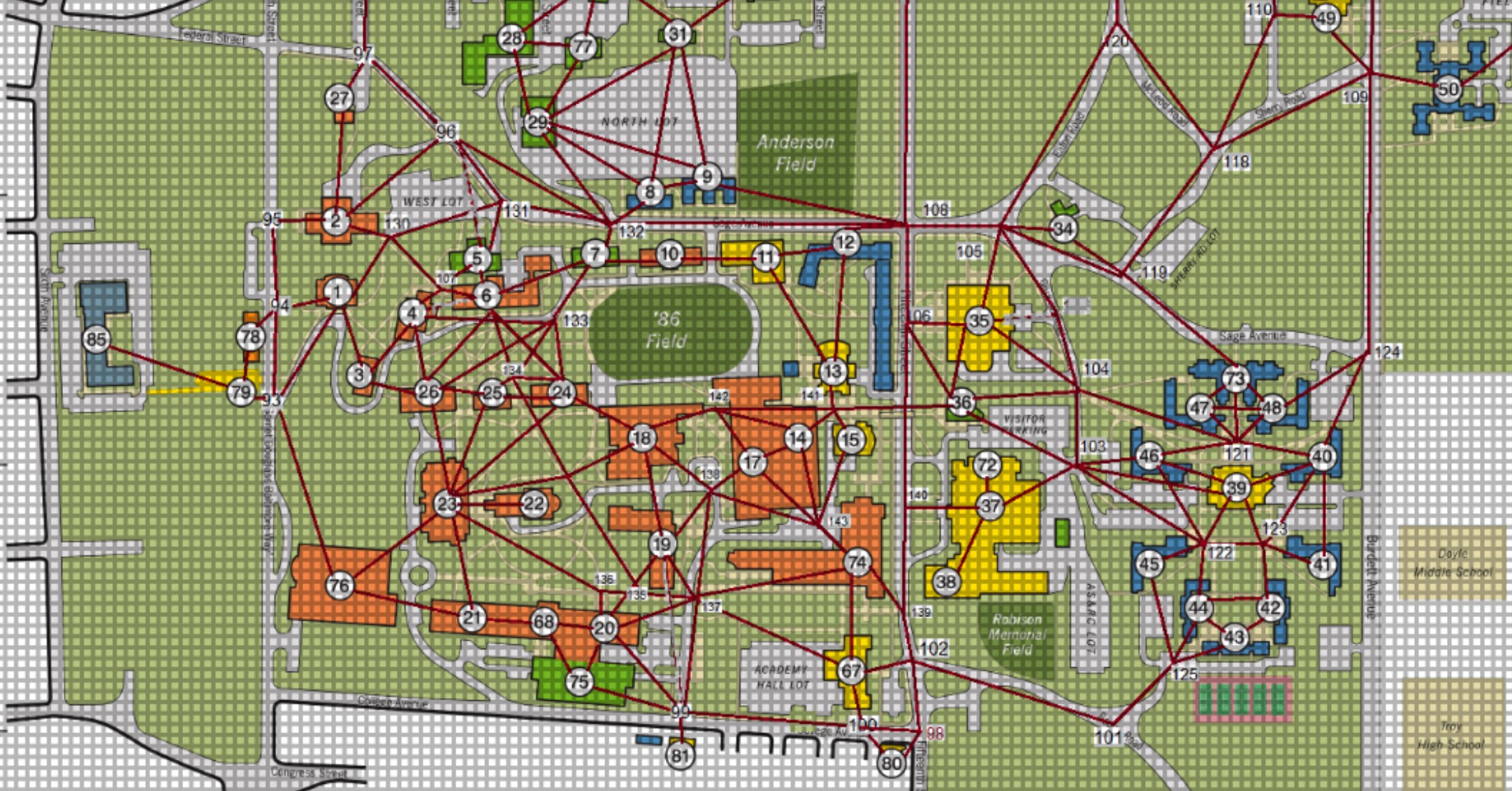
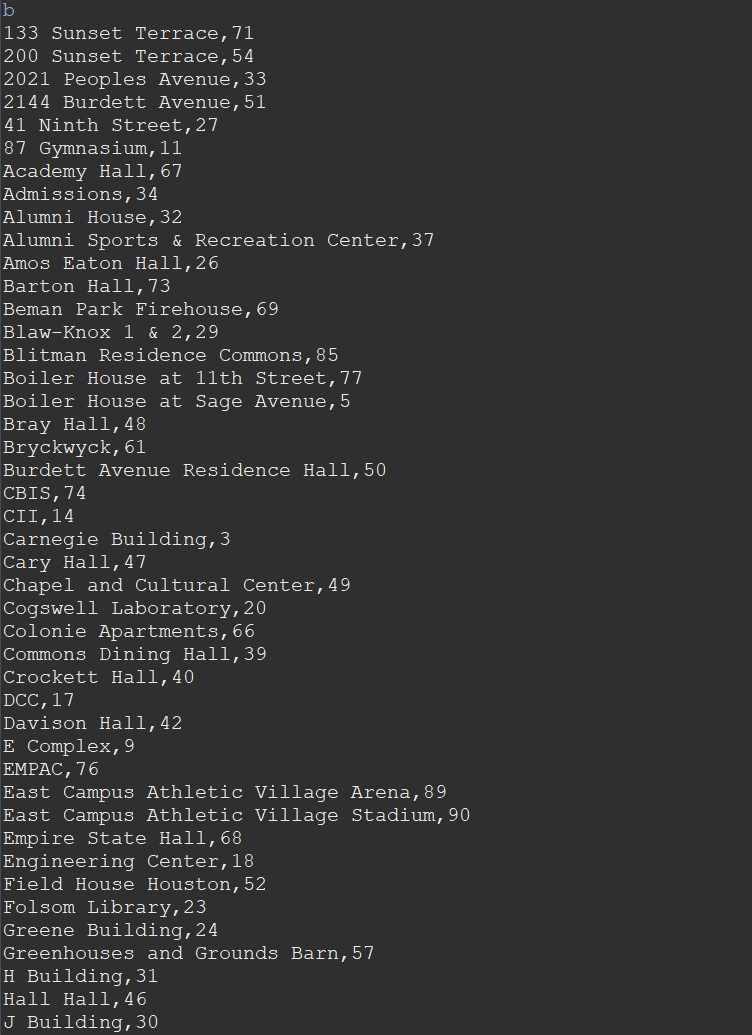

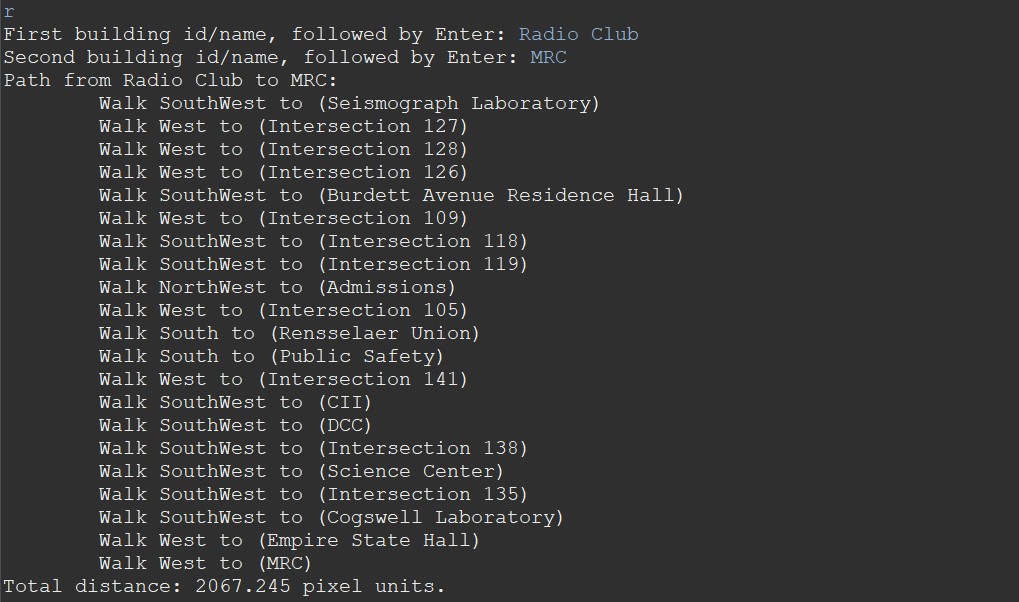
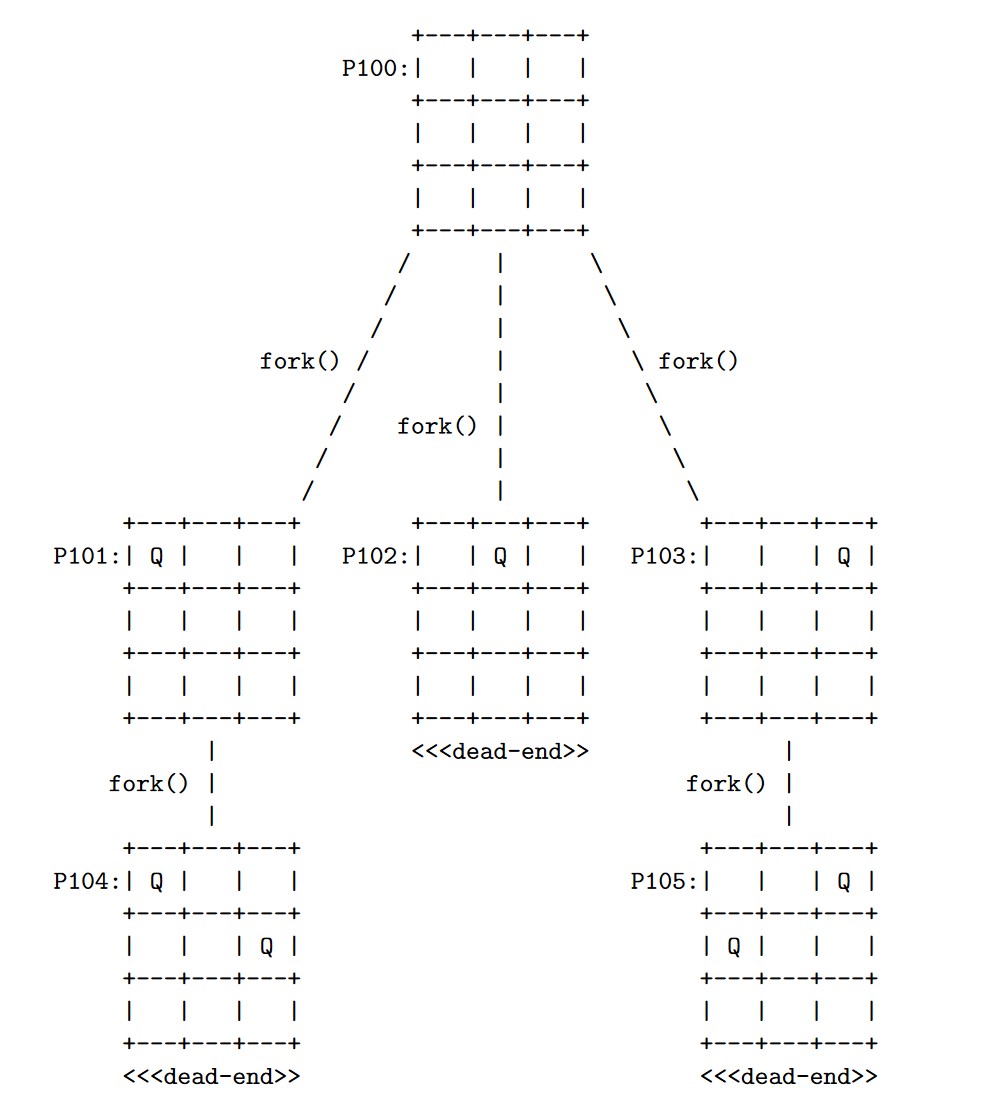

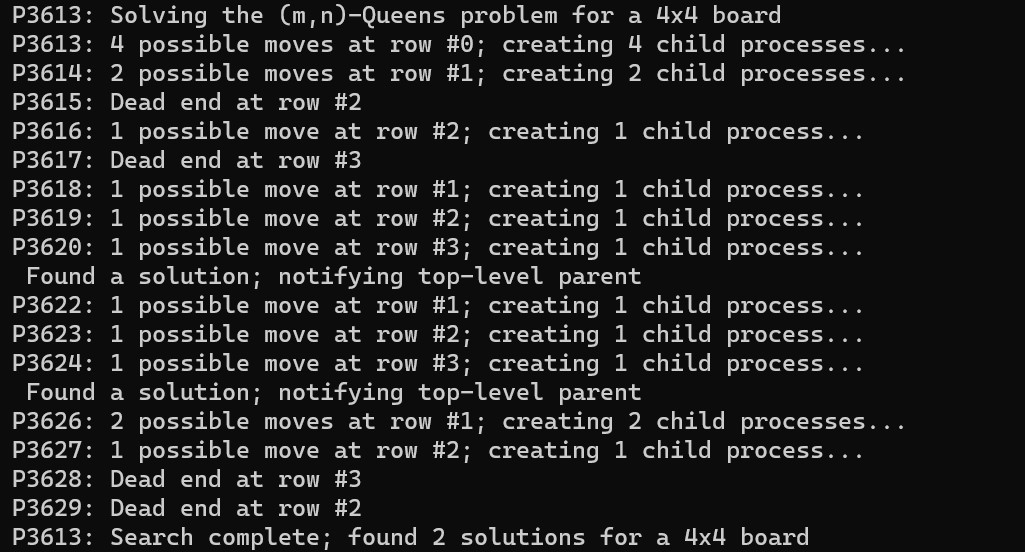
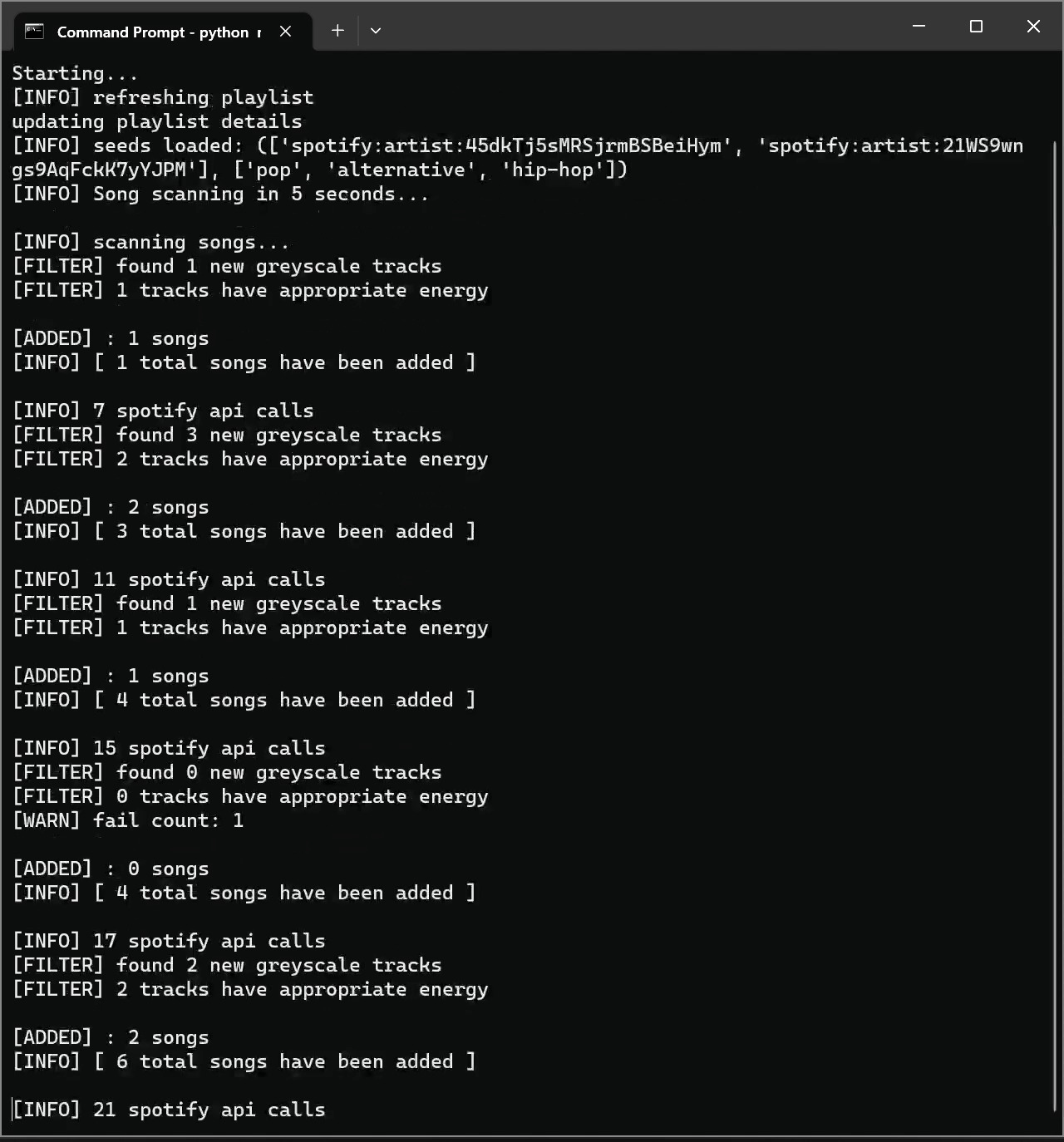
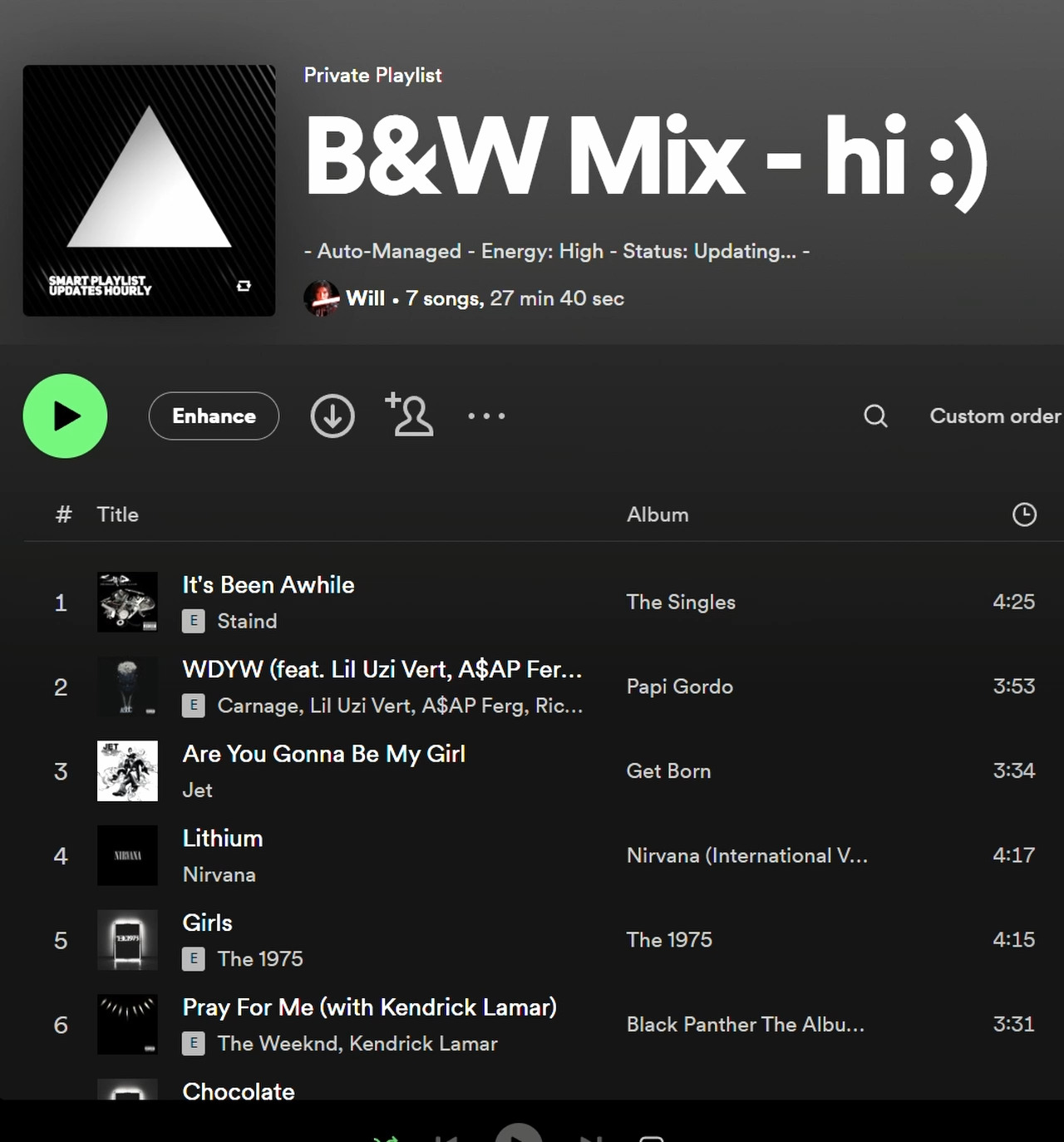
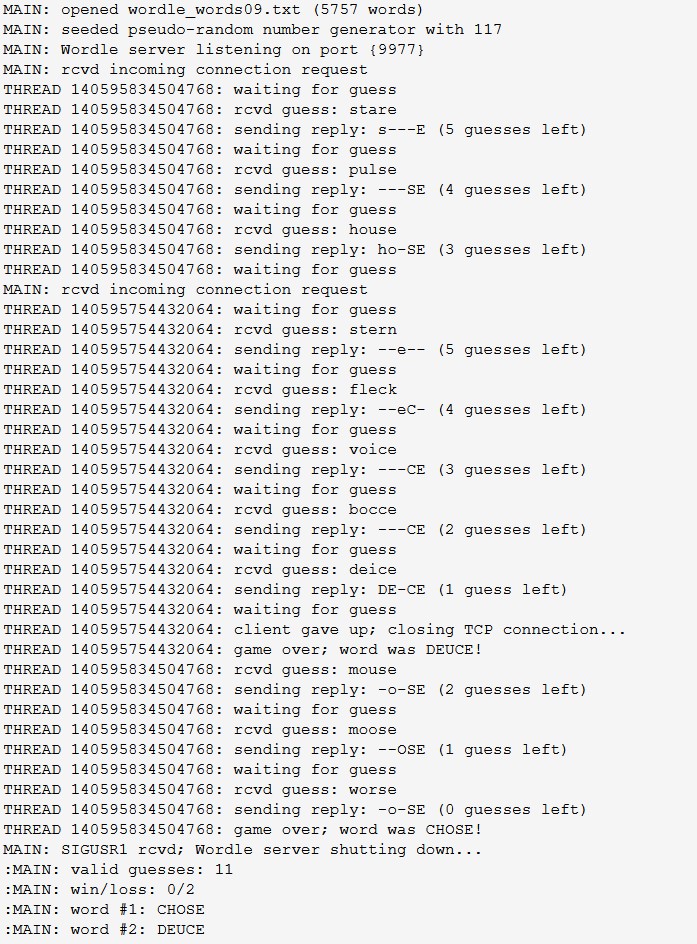
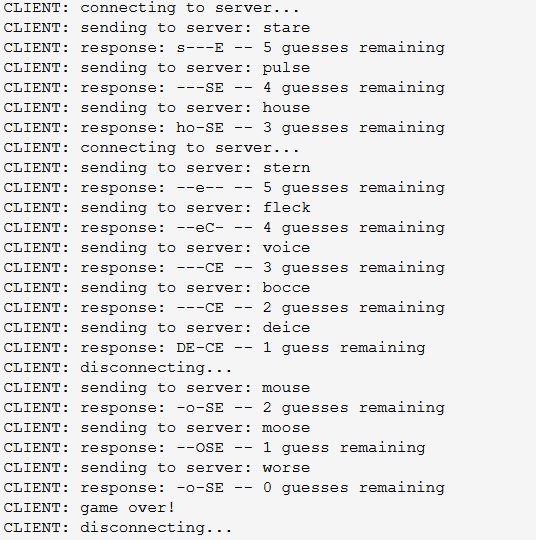

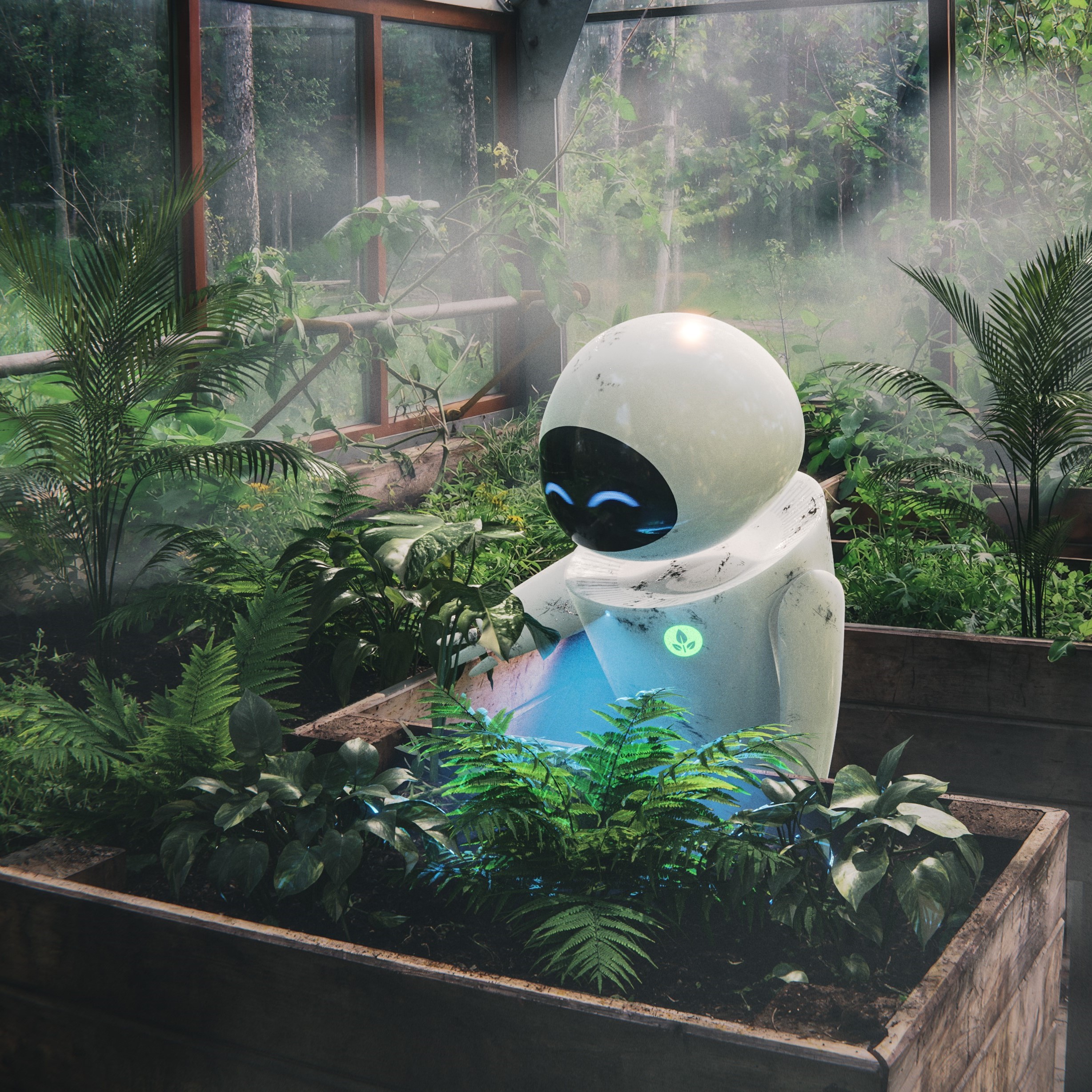
"Eve"
Project Acknowledgements
Background Image - Ashley Adamant
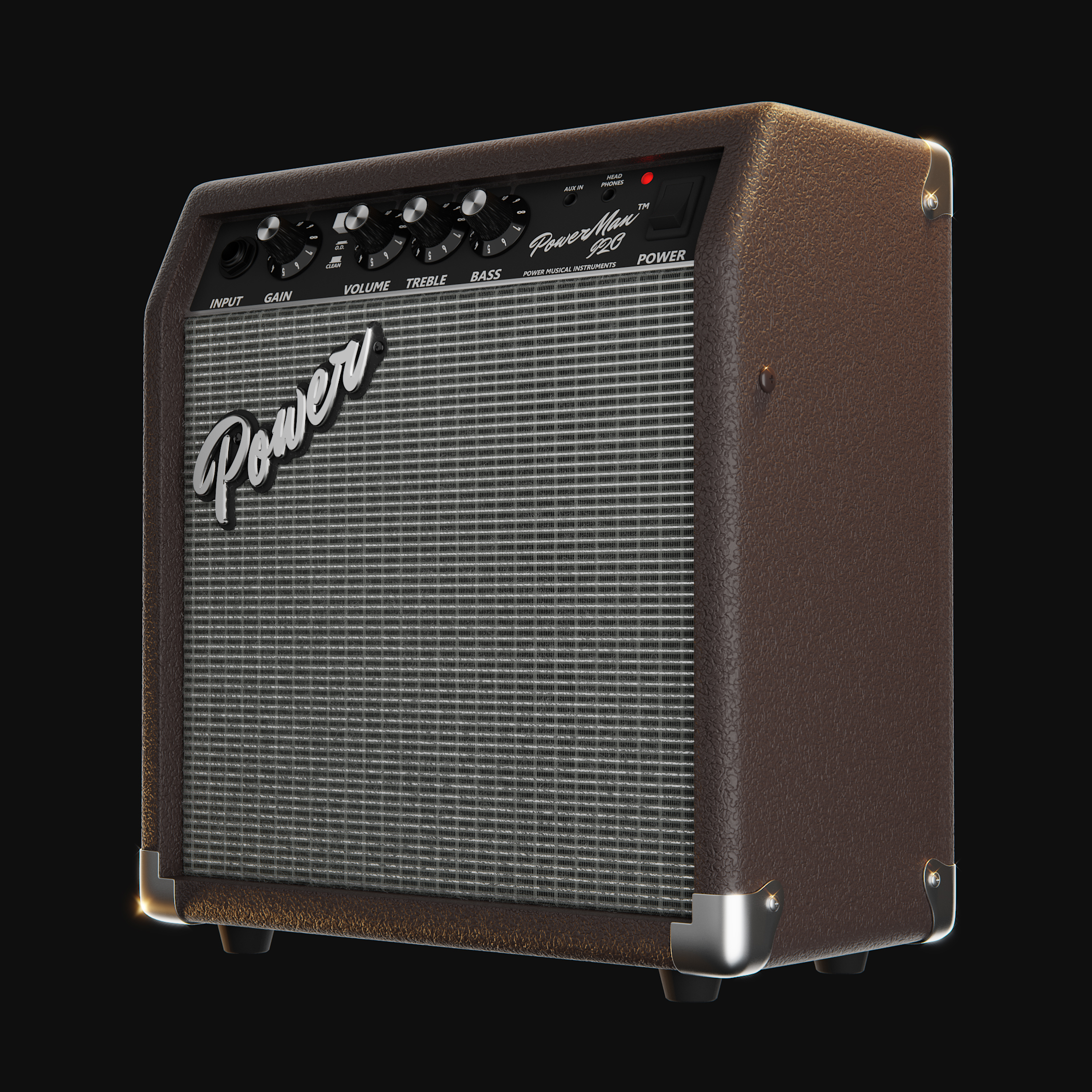
"Amplifier"
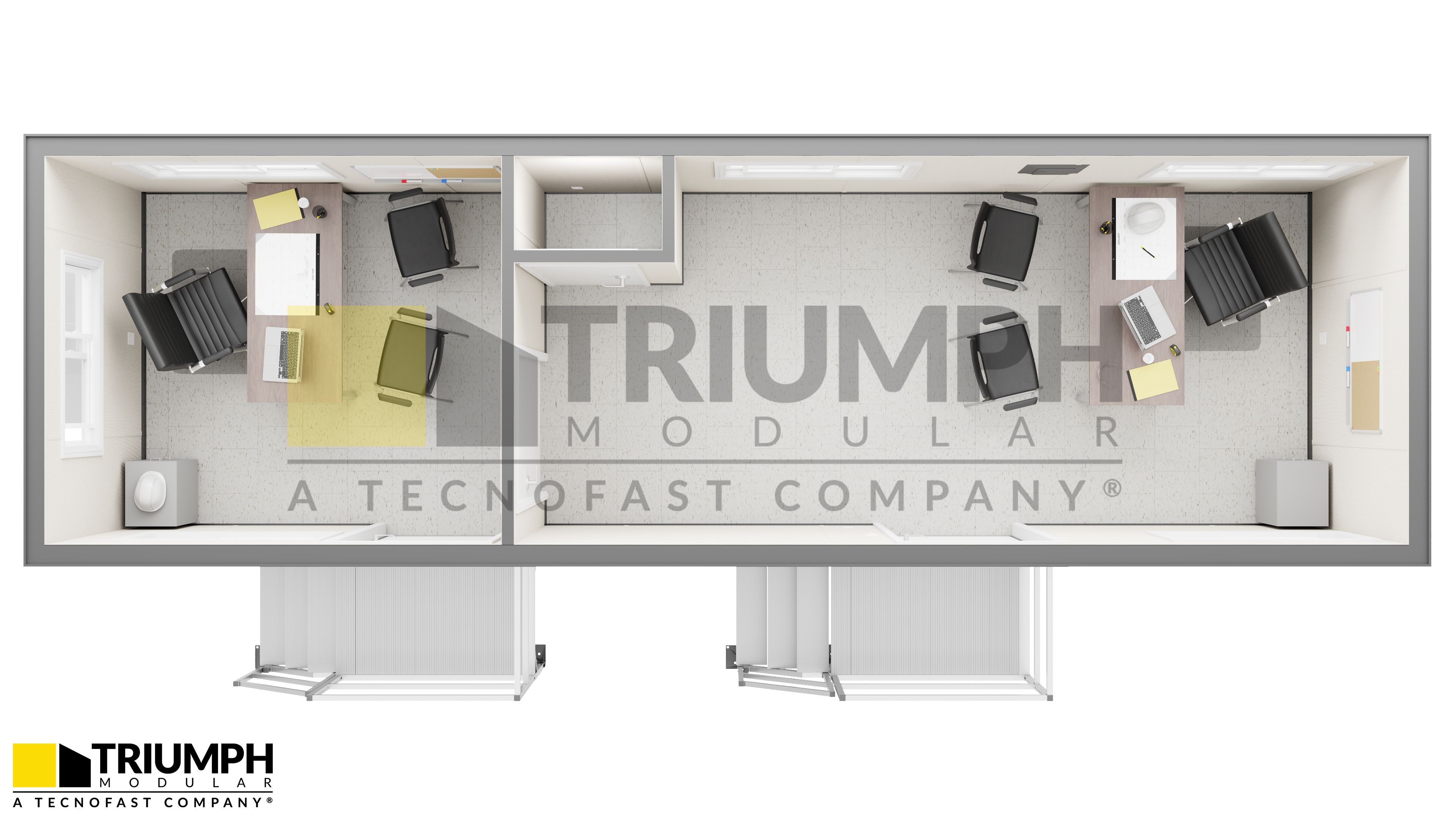
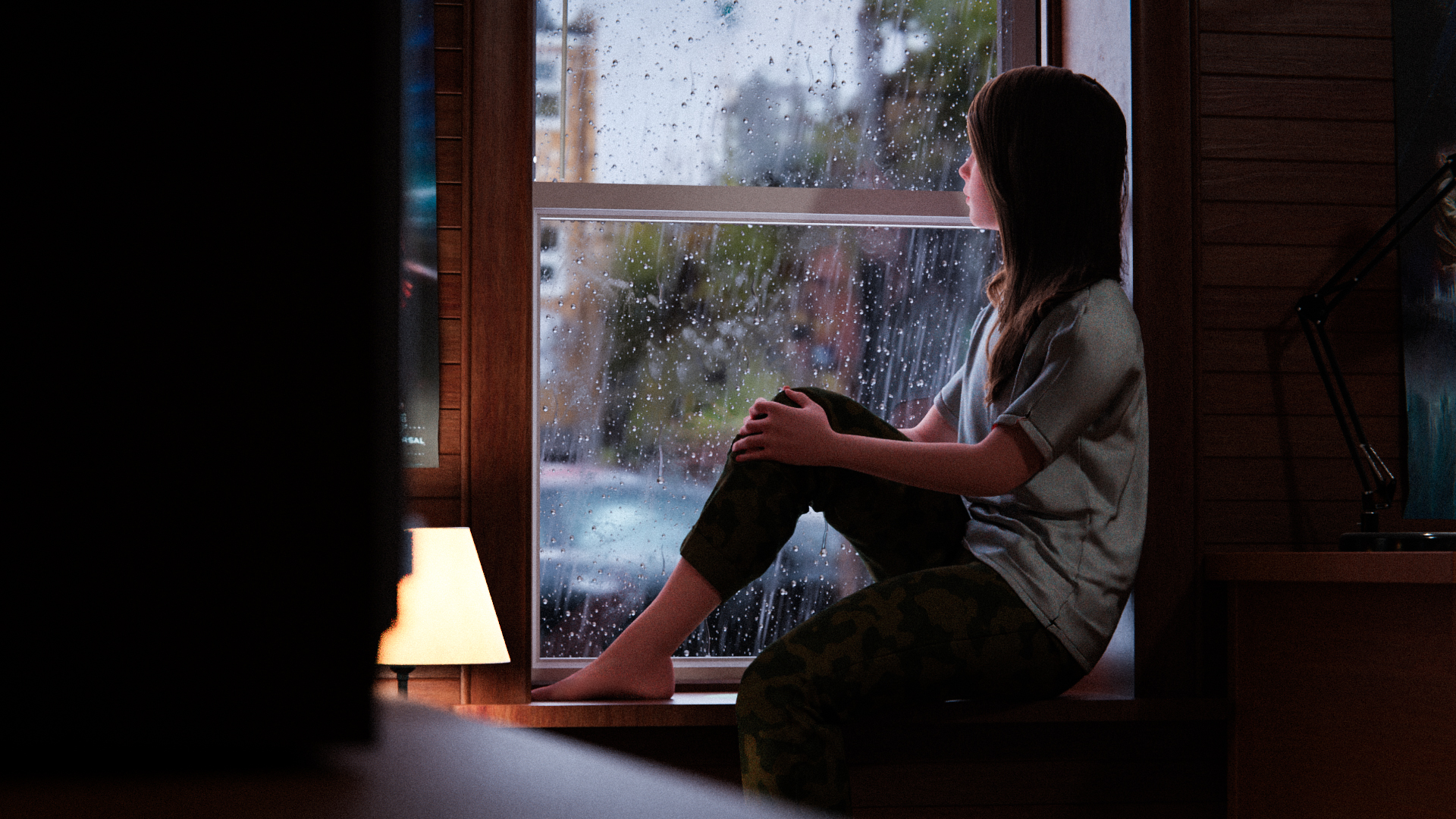
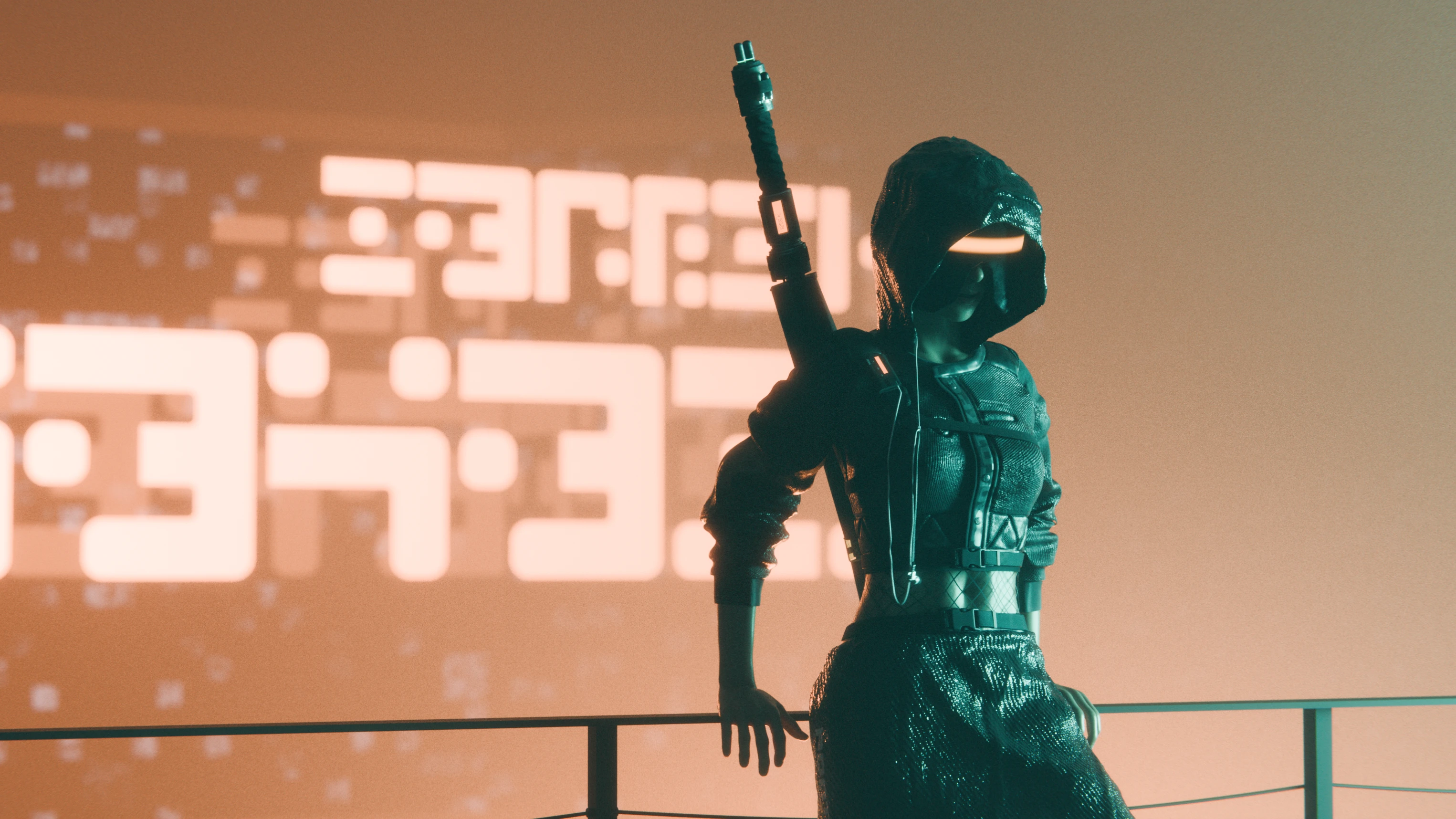
"Prototype" (WIP)
Project Acknowledgements
Some textures are from Poliigon.com
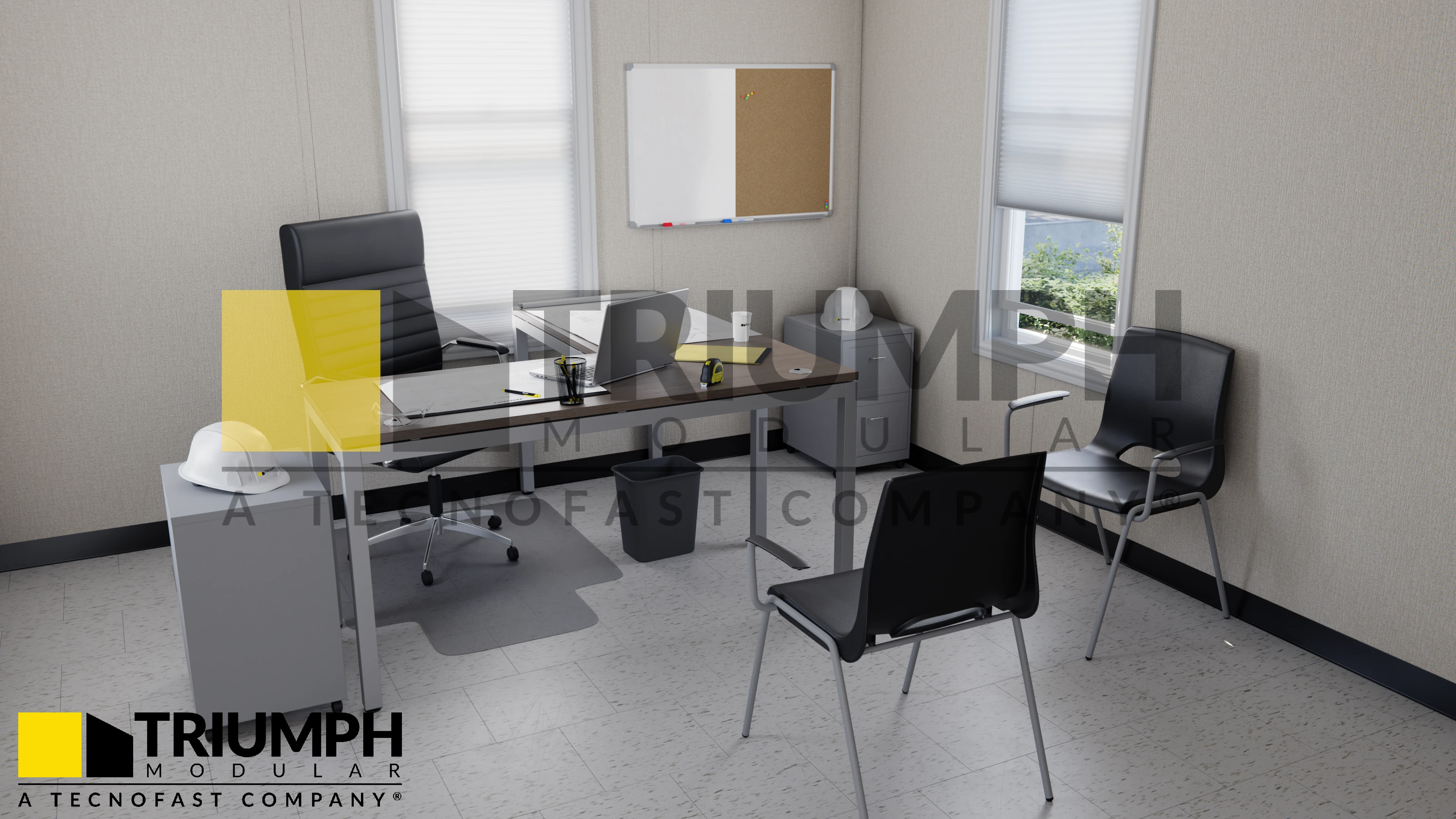
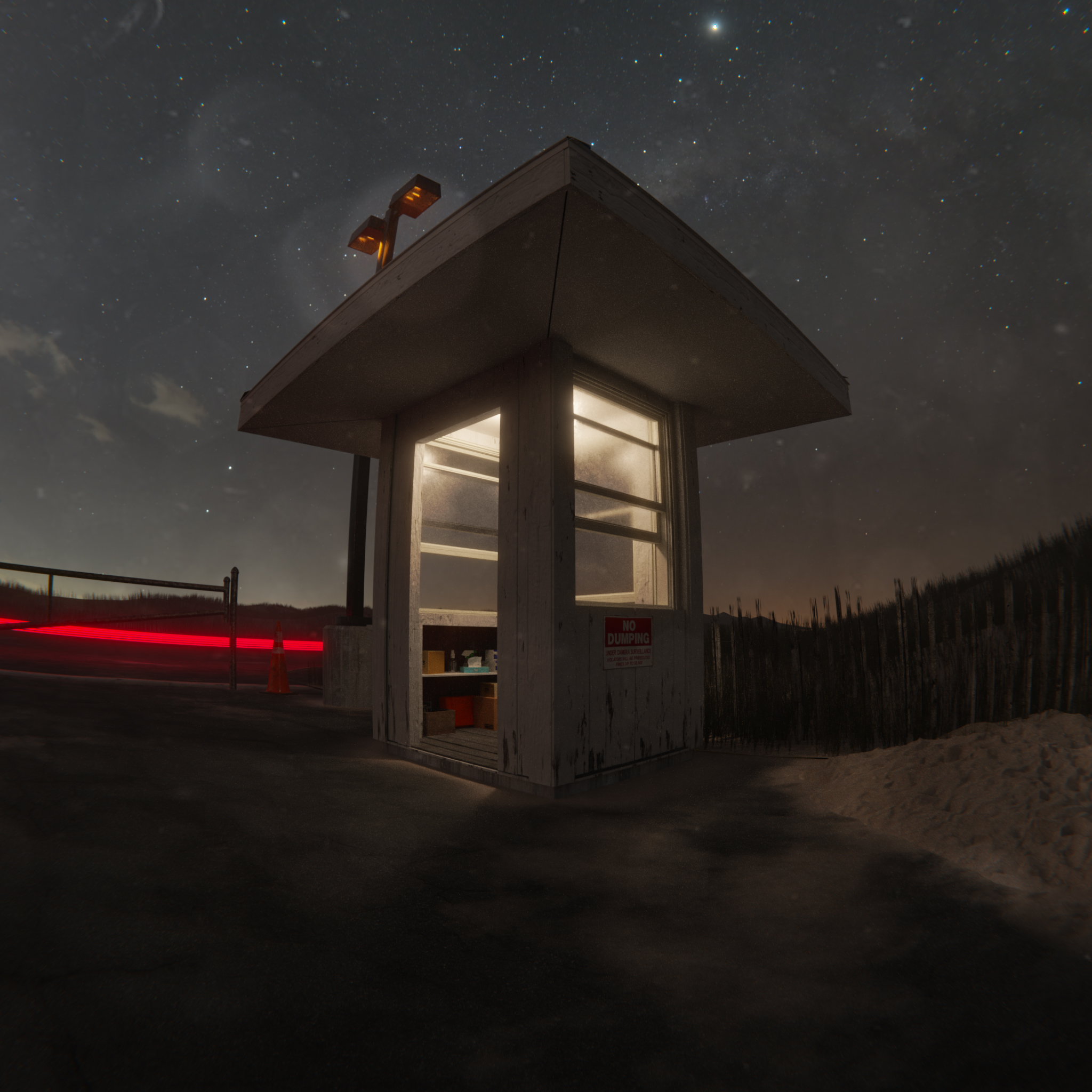
"Light"
Project Acknowledgements
Some textures are from Textures.com and Poliigon.com
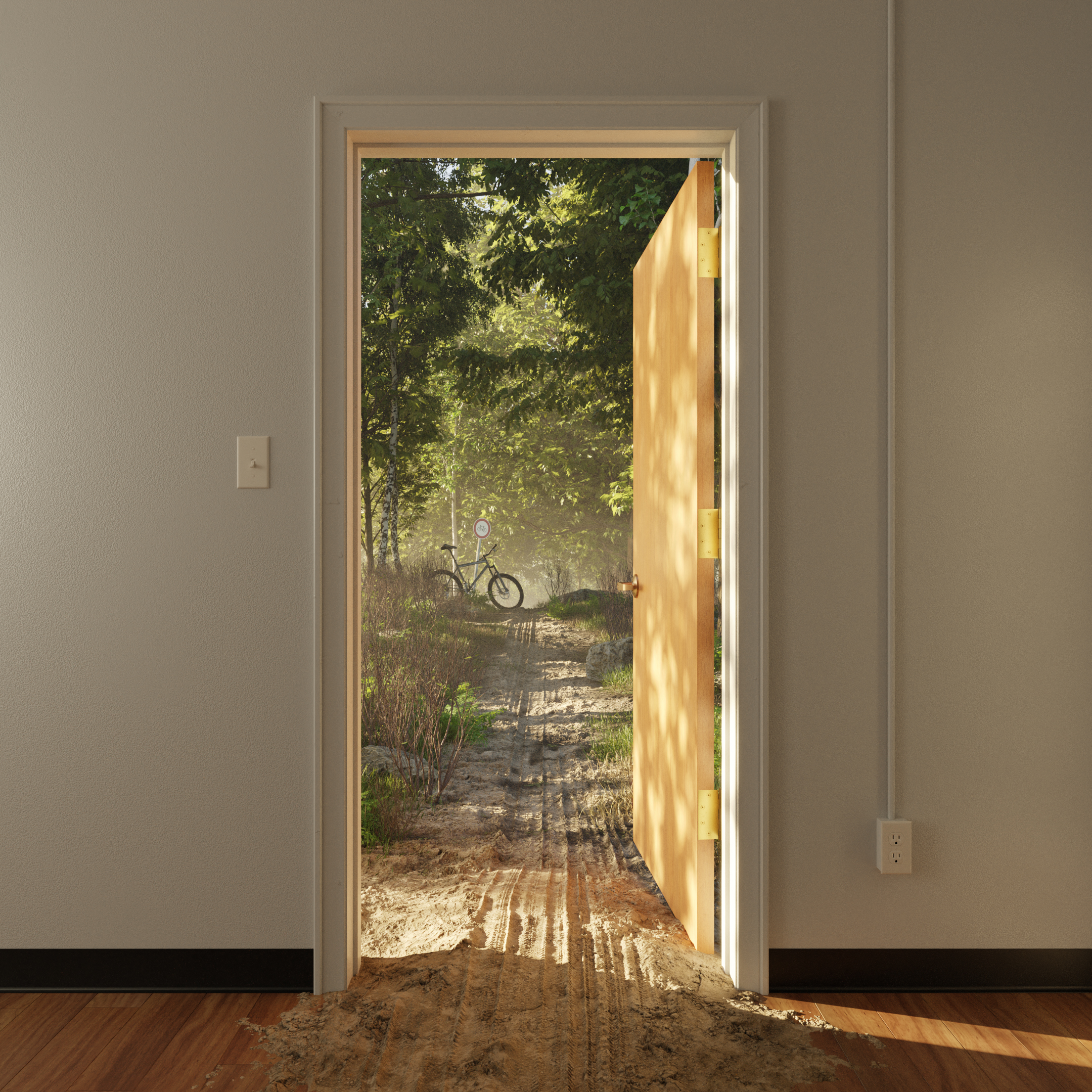
"Portals"
Project Acknowledgements
Bike Model - Traffiq Blender Addon
Some textures are from Poliigon.com
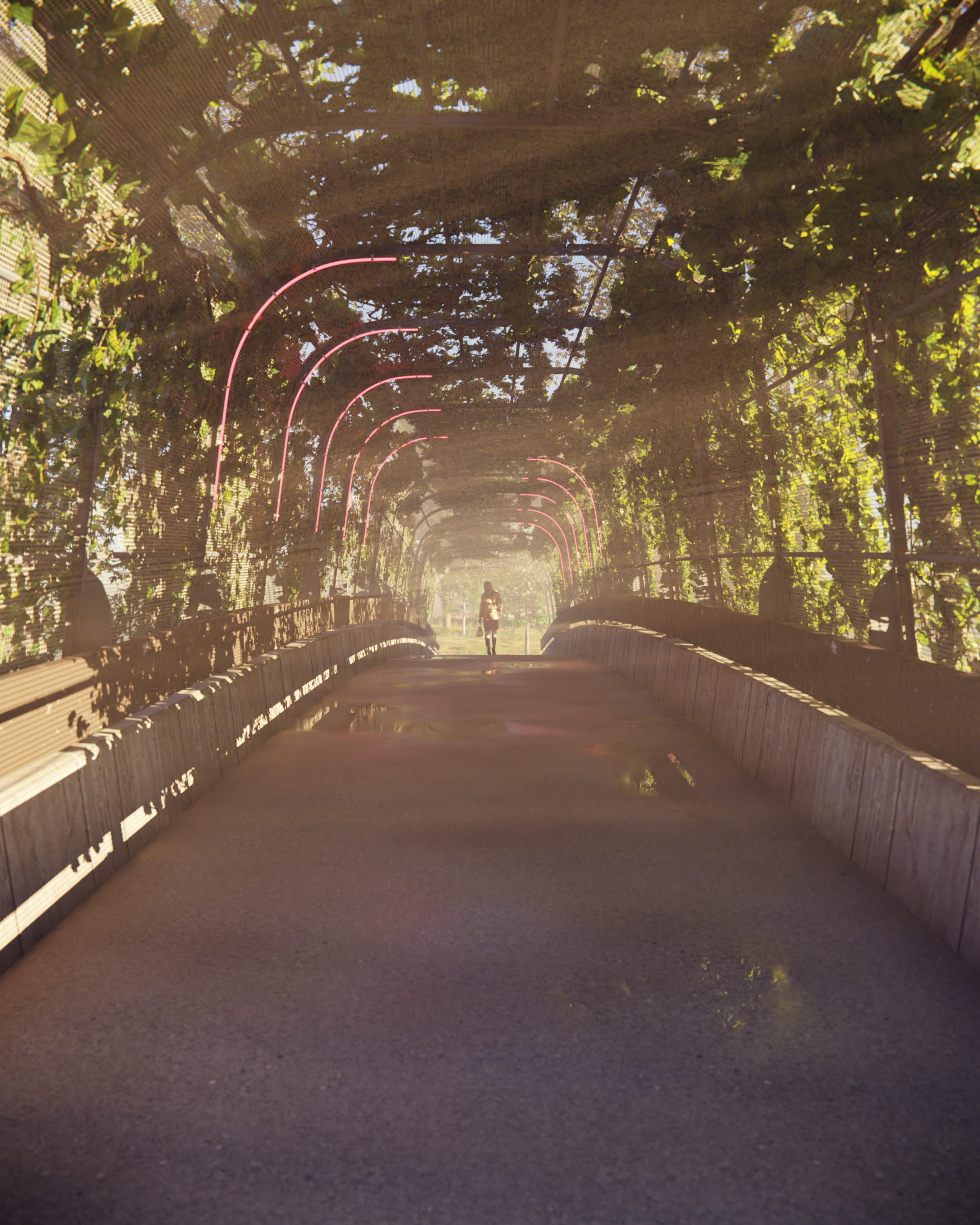
"RPI Bridge"
Project Acknowledgements
Human Model - NumikPopulate
Some textures are from Textures.com and Poliigon.com
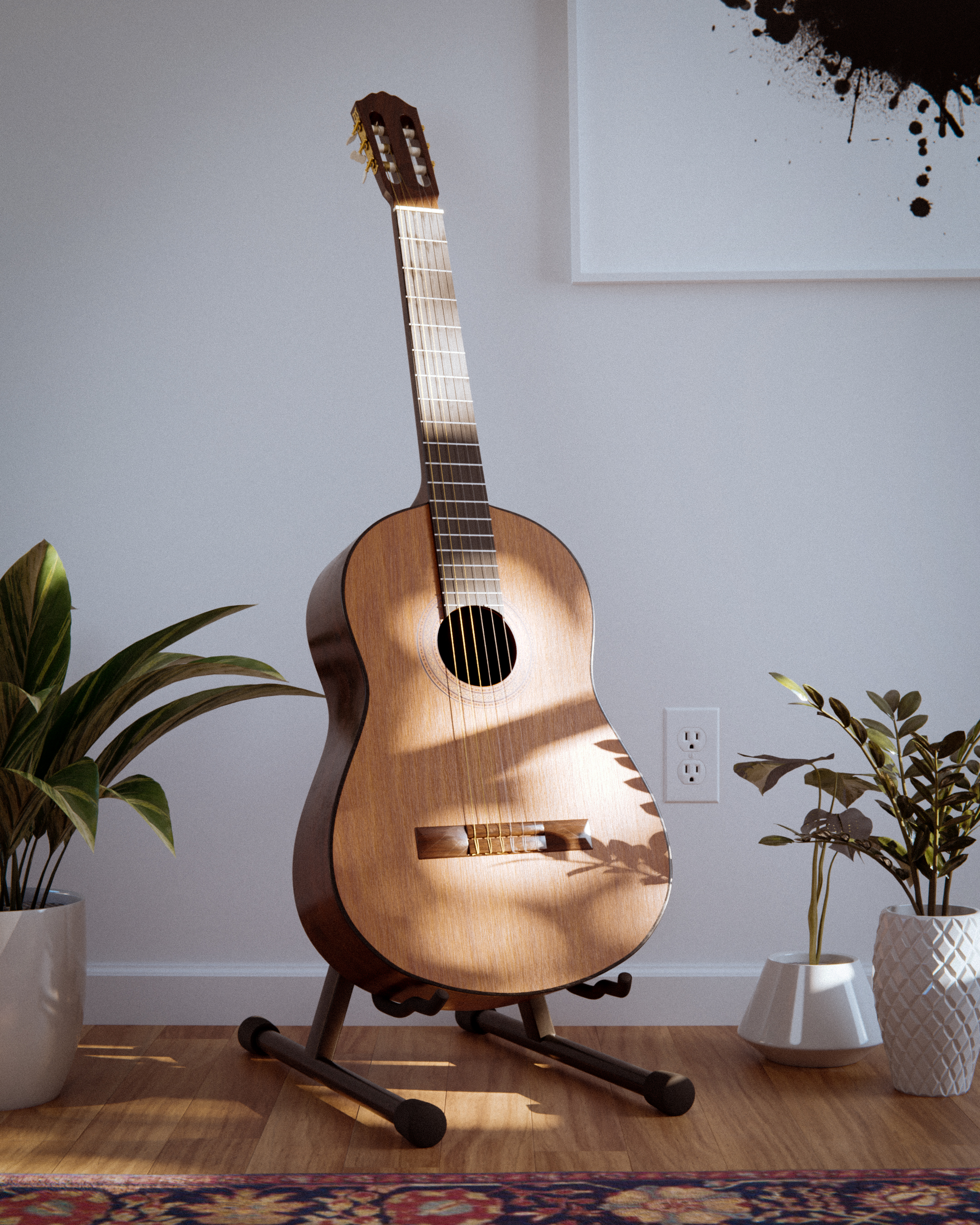
"Guitar"
Project Acknowledgements
Some textures are from Poliigon.com
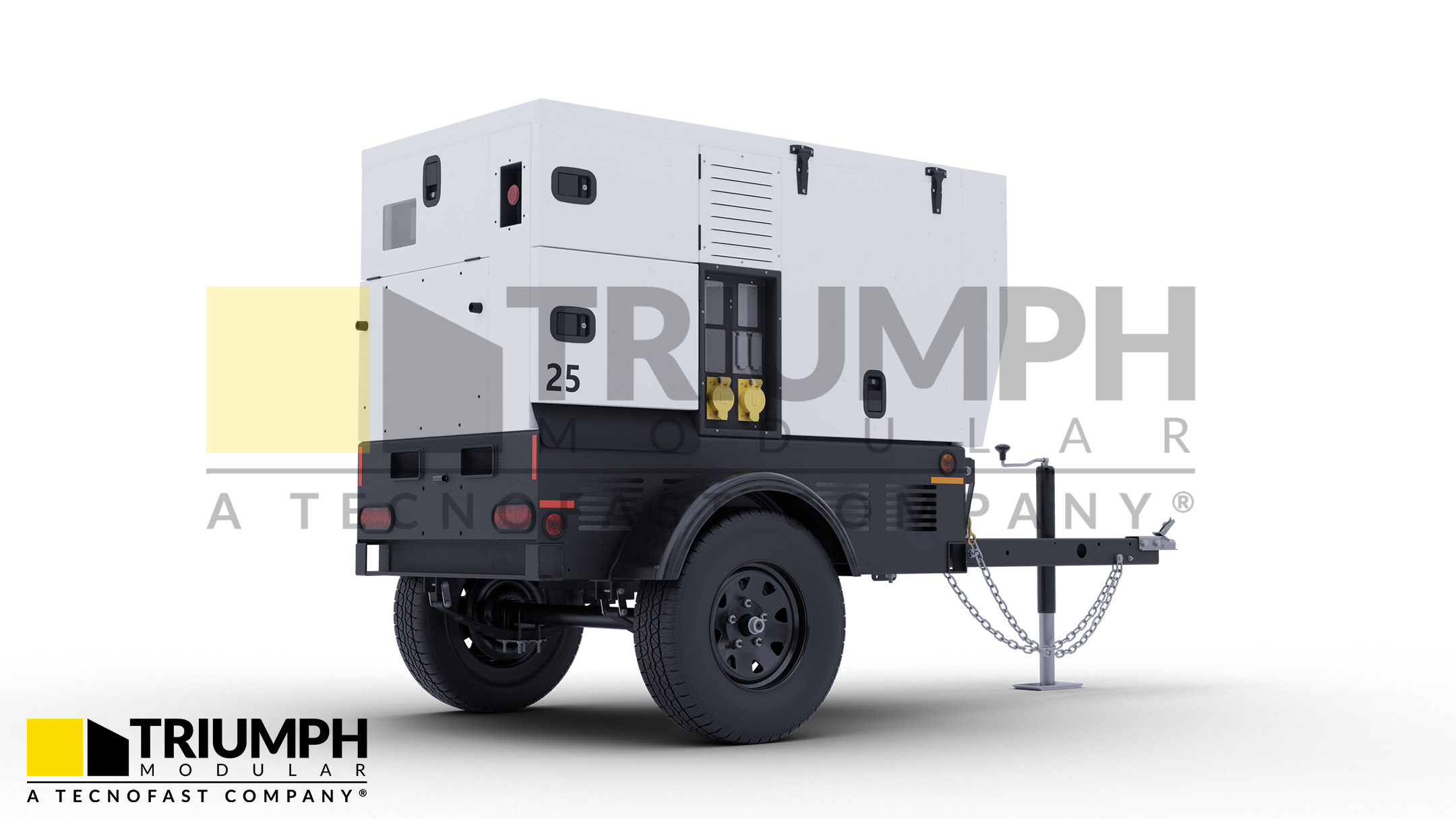

"Prototype" (WIP)
Project Acknowledgements
Some textures are from Poliigon.com
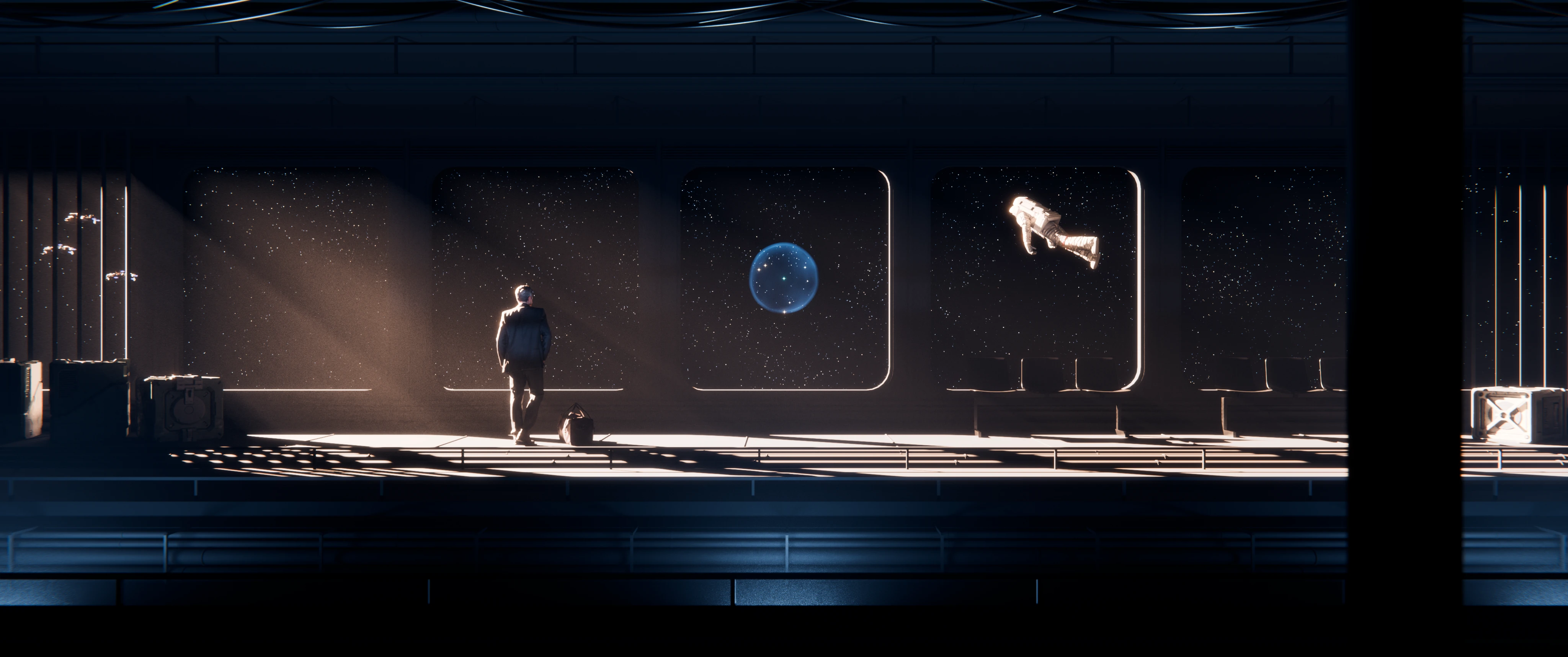
"Abell 39"
Project Acknowledgements
Astronaut - Sketchfab
Some models are from BlenderKit

"Soda Bottle"

"Crappy Robot"

"Primitives"
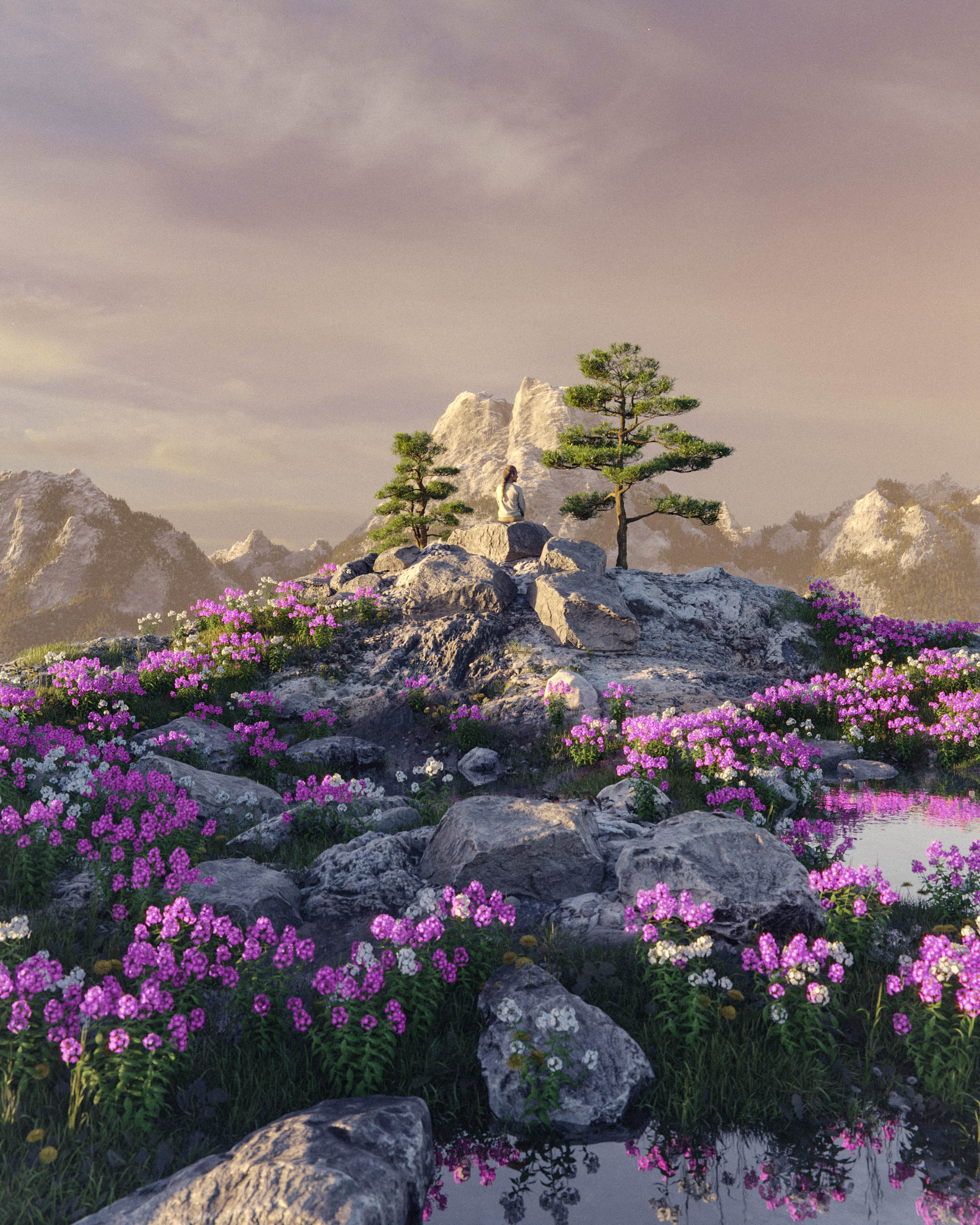
"Mountaintop"
Project Acknowledgements
Human Model - Humano3D
Some textures are from Poliigon.com

"Portals"
Project Acknowledgements
Bike Model - Traffiq Blender Addon
Some textures are from Poliigon.com

"Eve"
Project Acknowledgements
Background Image - Ashley Adamant



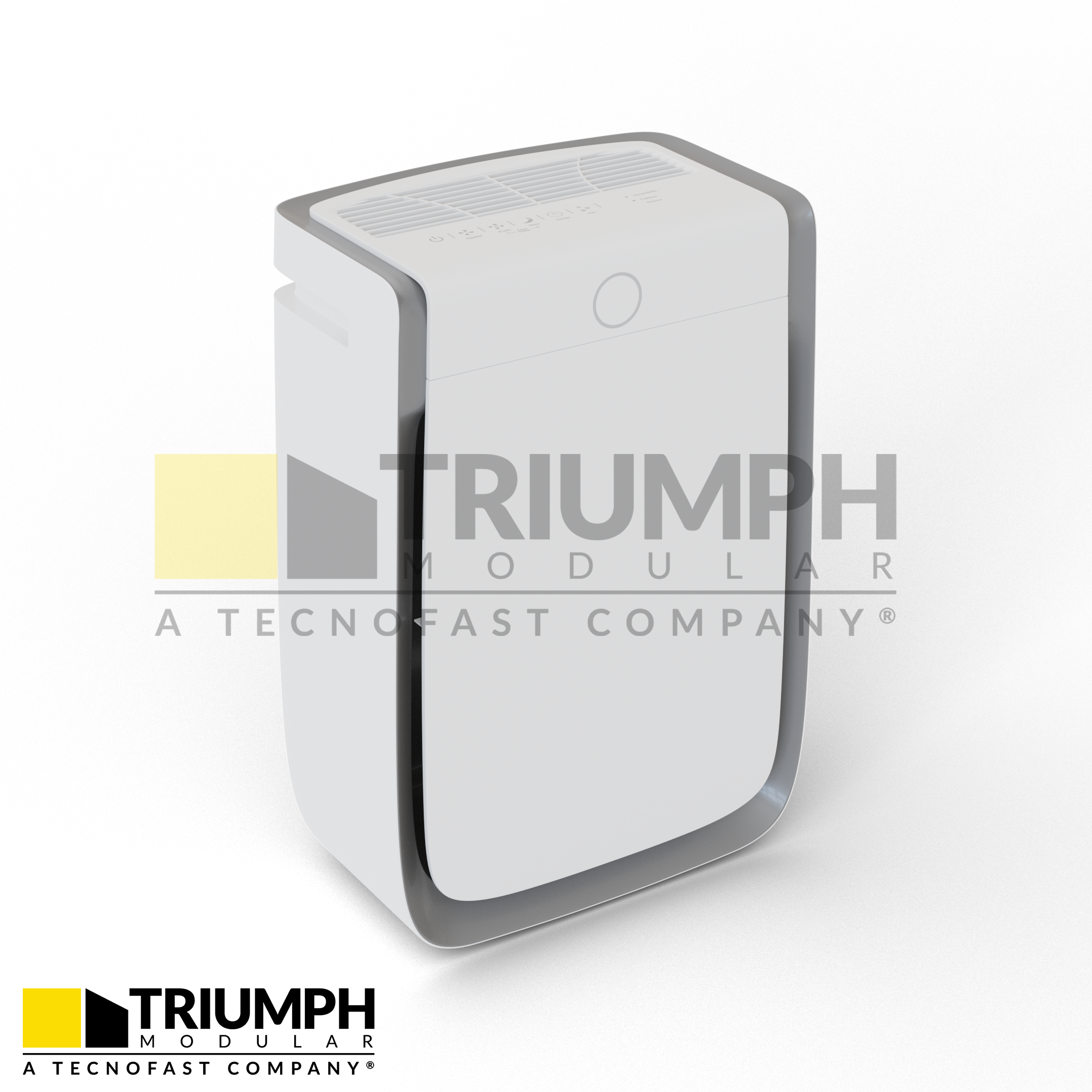
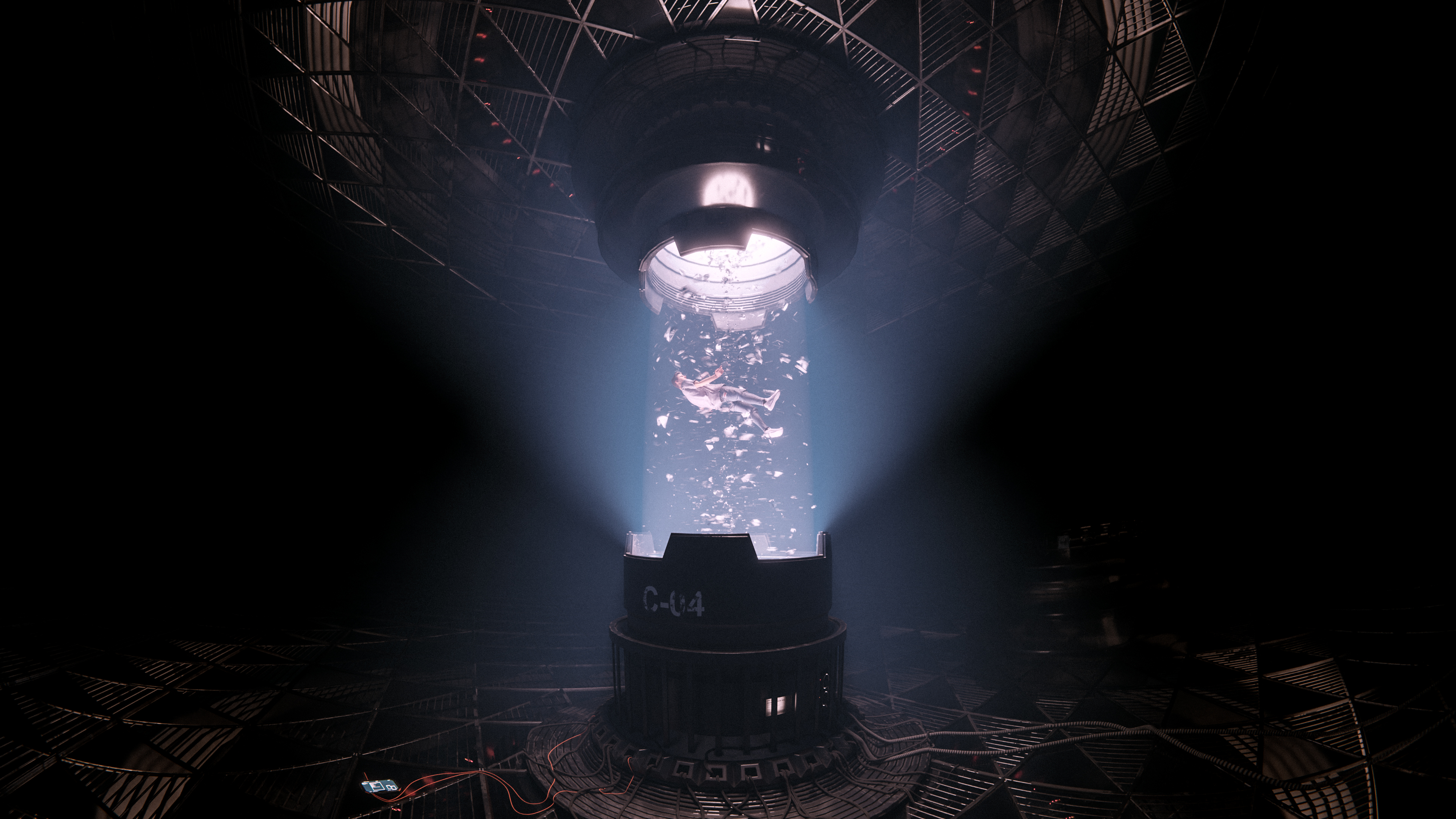
"Supercharger"
Project Acknowledgements
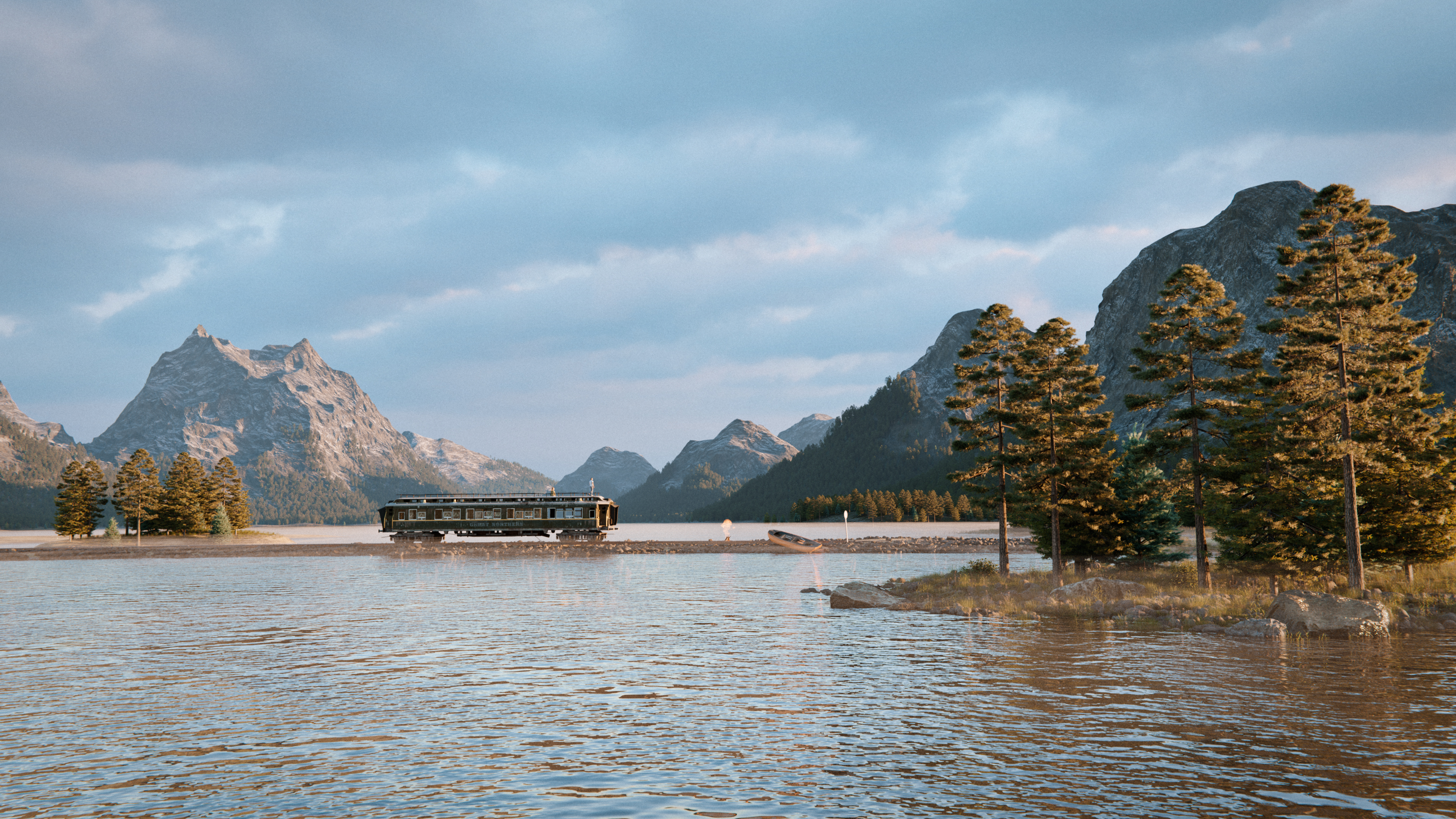
"Railcar"
Project Acknowledgements
Canoe Model - Traffiq Blender Addon
Human Models - Humano3D
Some textures are from Textures.com and Poliigon.com

"Guitar"
Project Acknowledgements
Some textures are from Poliigon.com
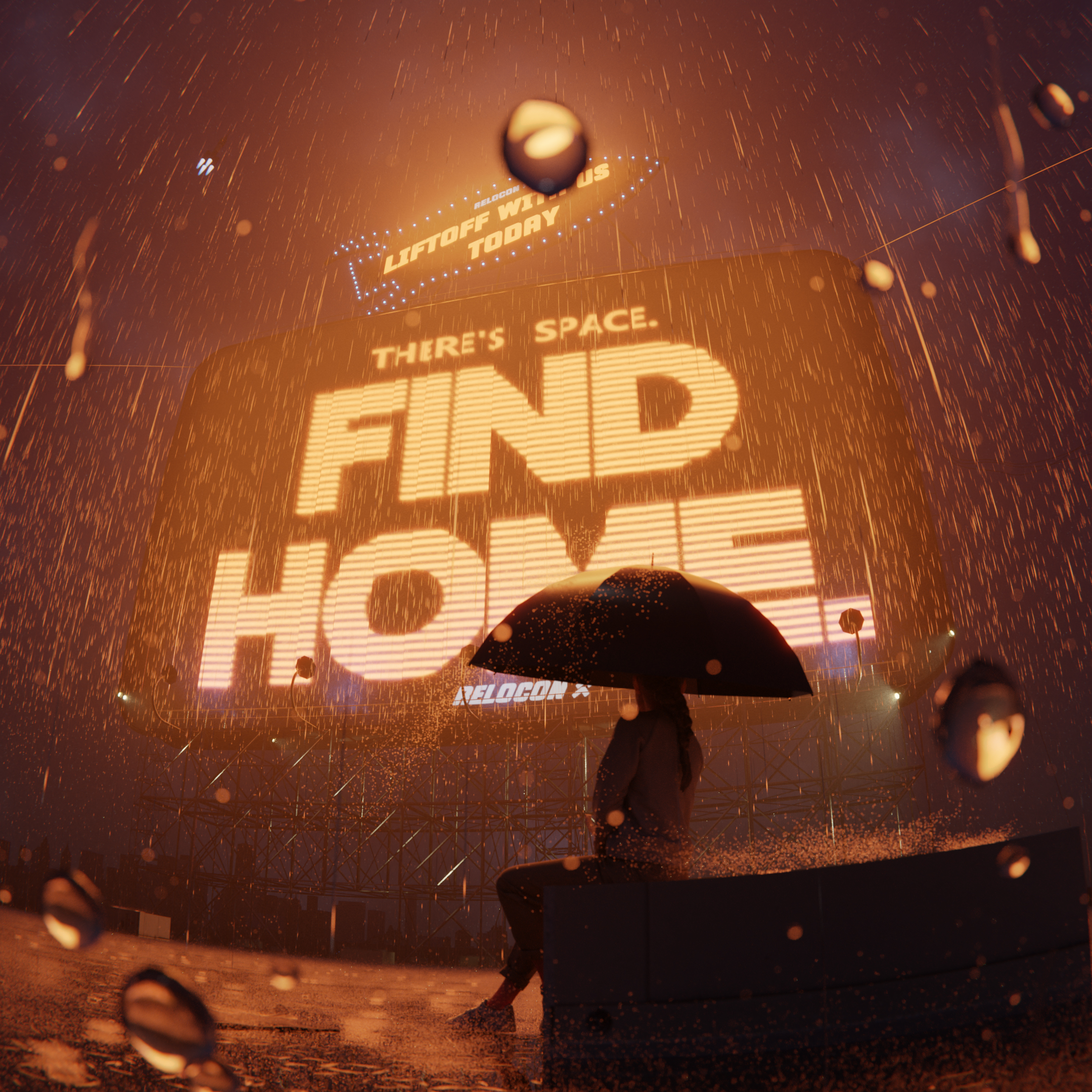
"Find Home"
Project Acknowledgements
Rain Generator - Baga Rain Generator Blender Addon
Some textures are from Textures.com and Poliigon.com
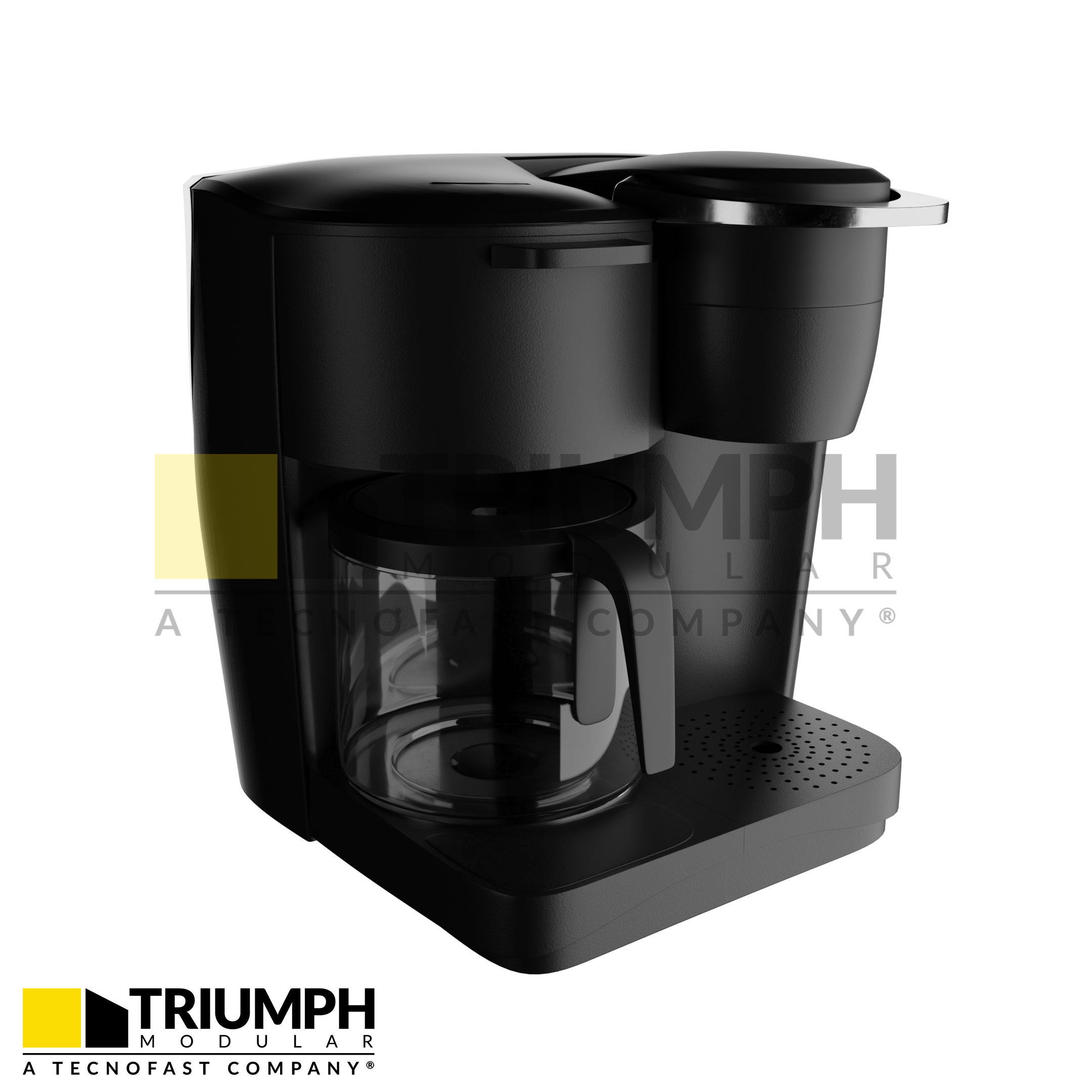
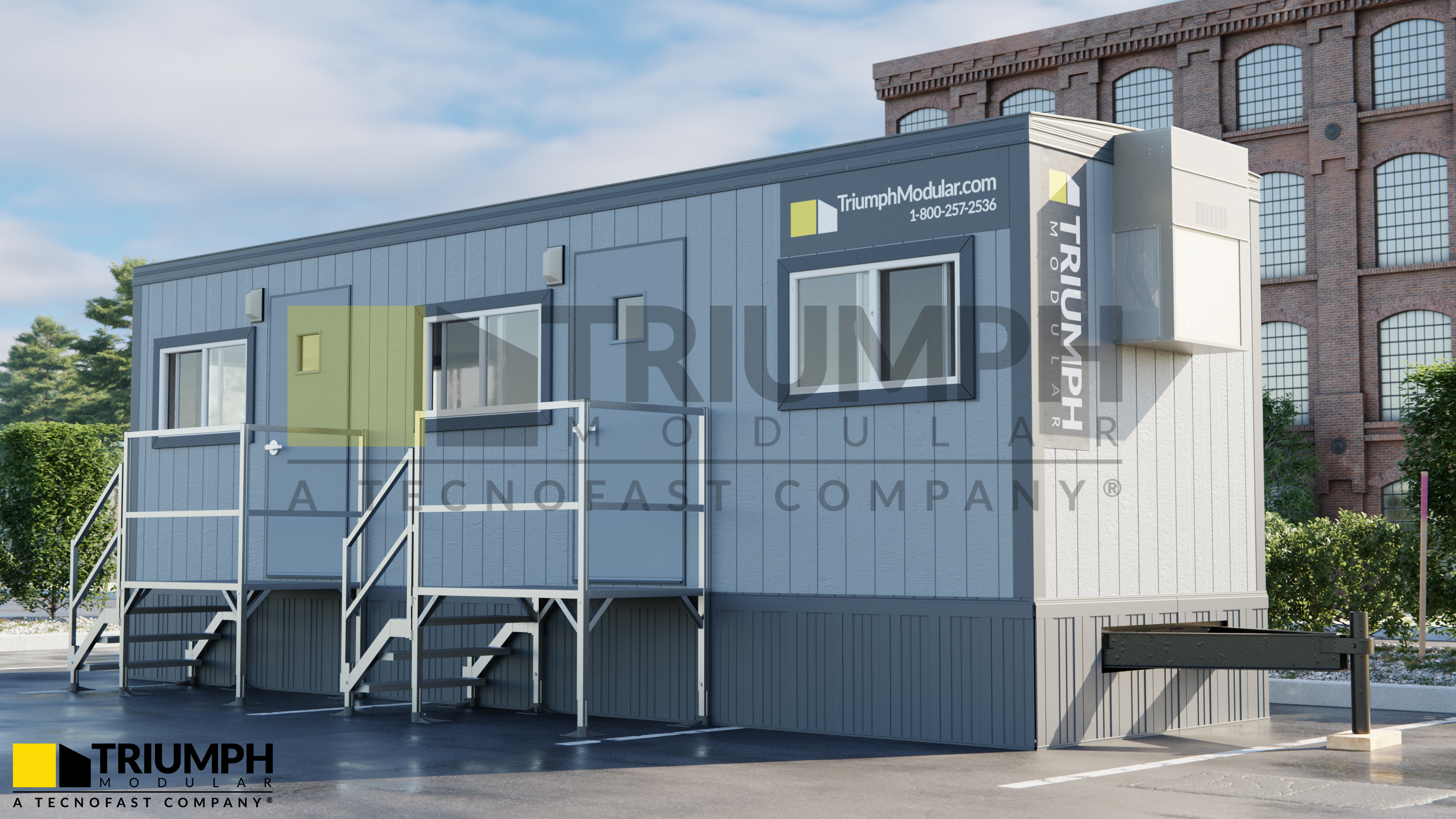


"Spill"

"Vision"
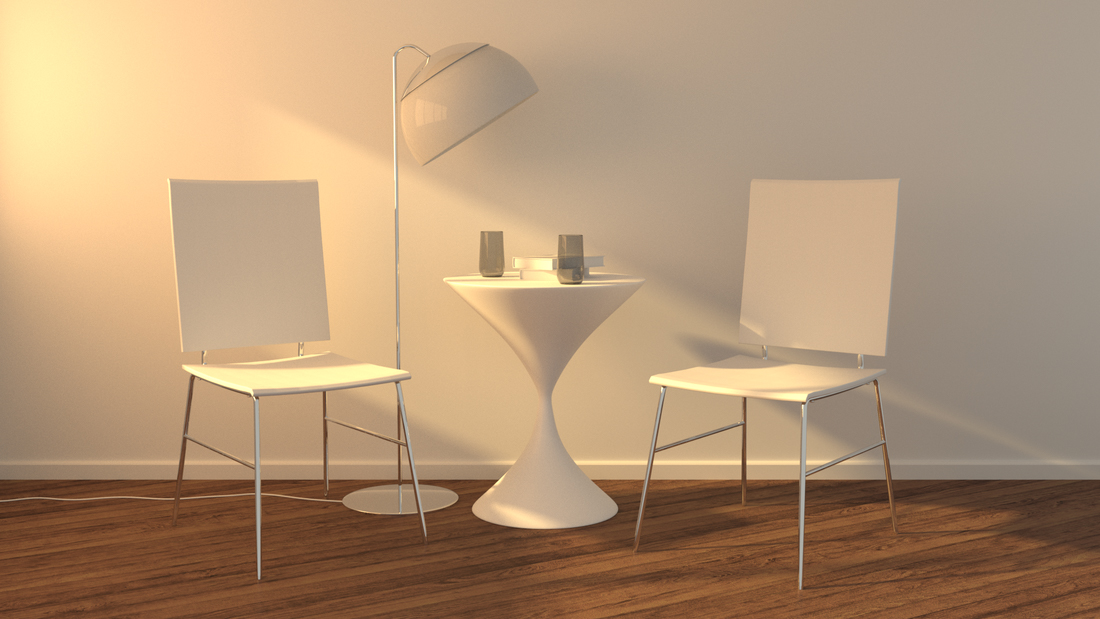
"Two Chairs"

"Tree"

"Sound"
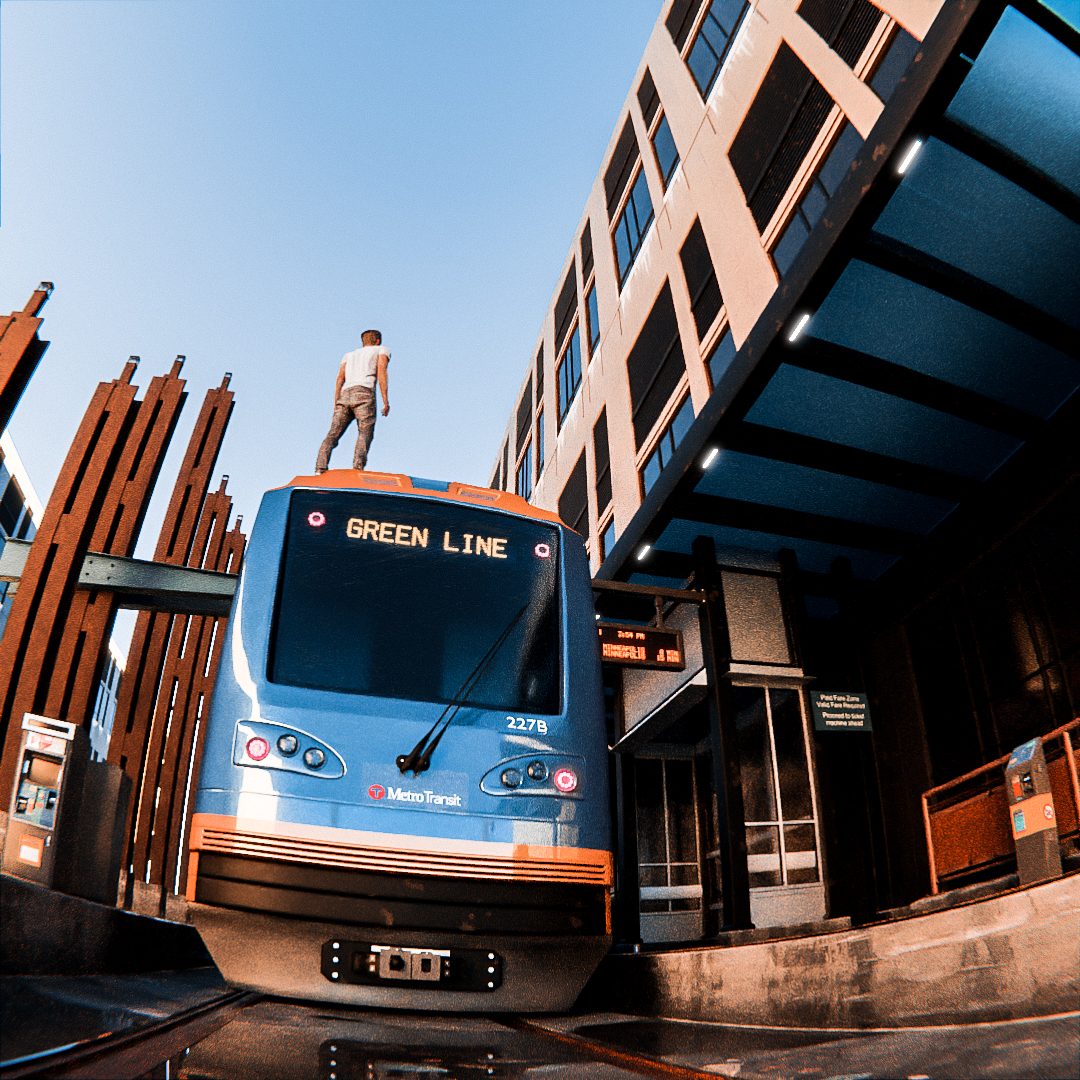
"Station"
Project Acknowledgements
Some textures are from Textures.com and Poliigon.com
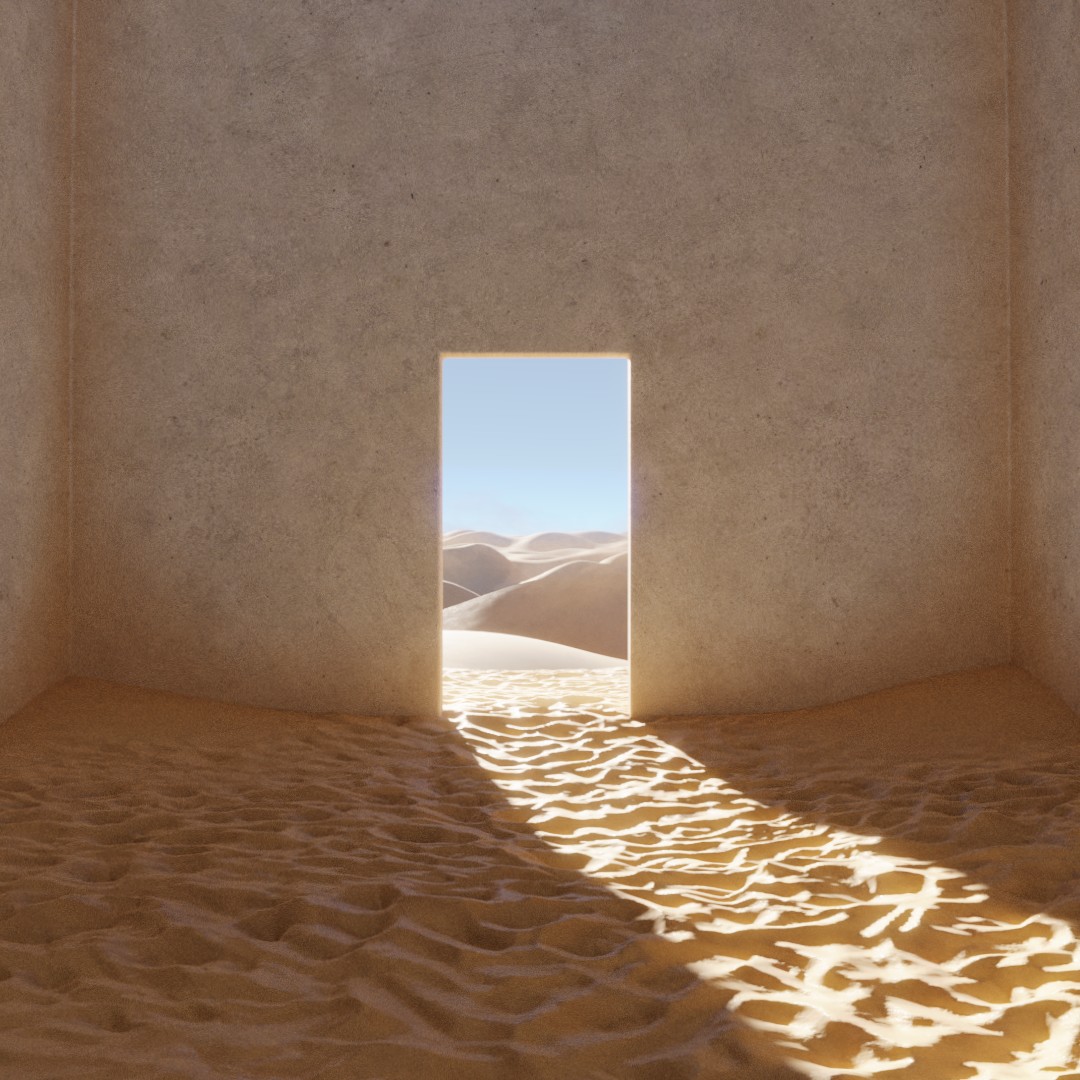
"Sand"
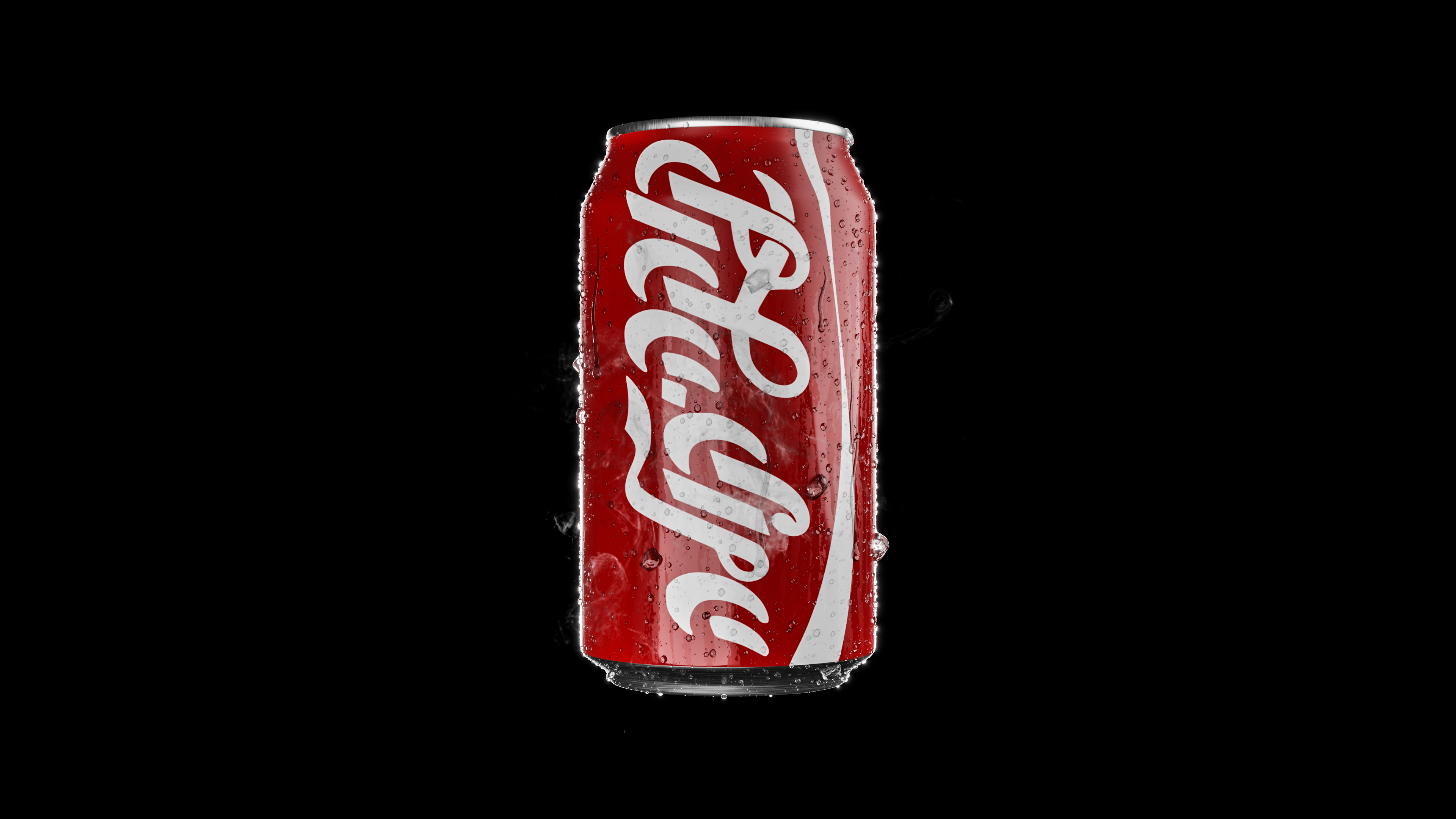
"Soda Can"

"Nature"
Project Acknowledgements
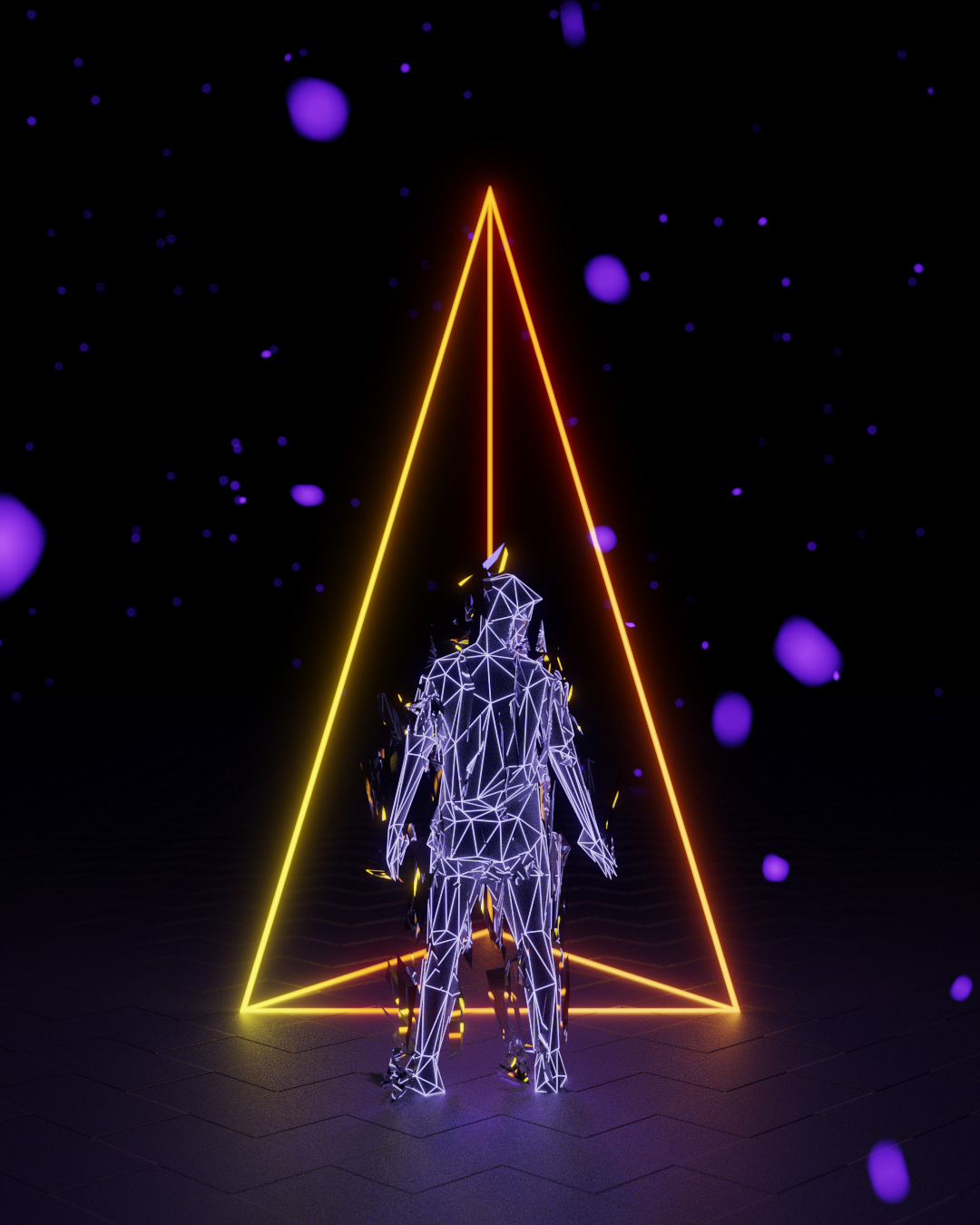
"Shards"

"RPI Bridge"
Project Acknowledgements
Human Model - NumikPopulate
Some textures are from Textures.com and Poliigon.com

"Amplifier"
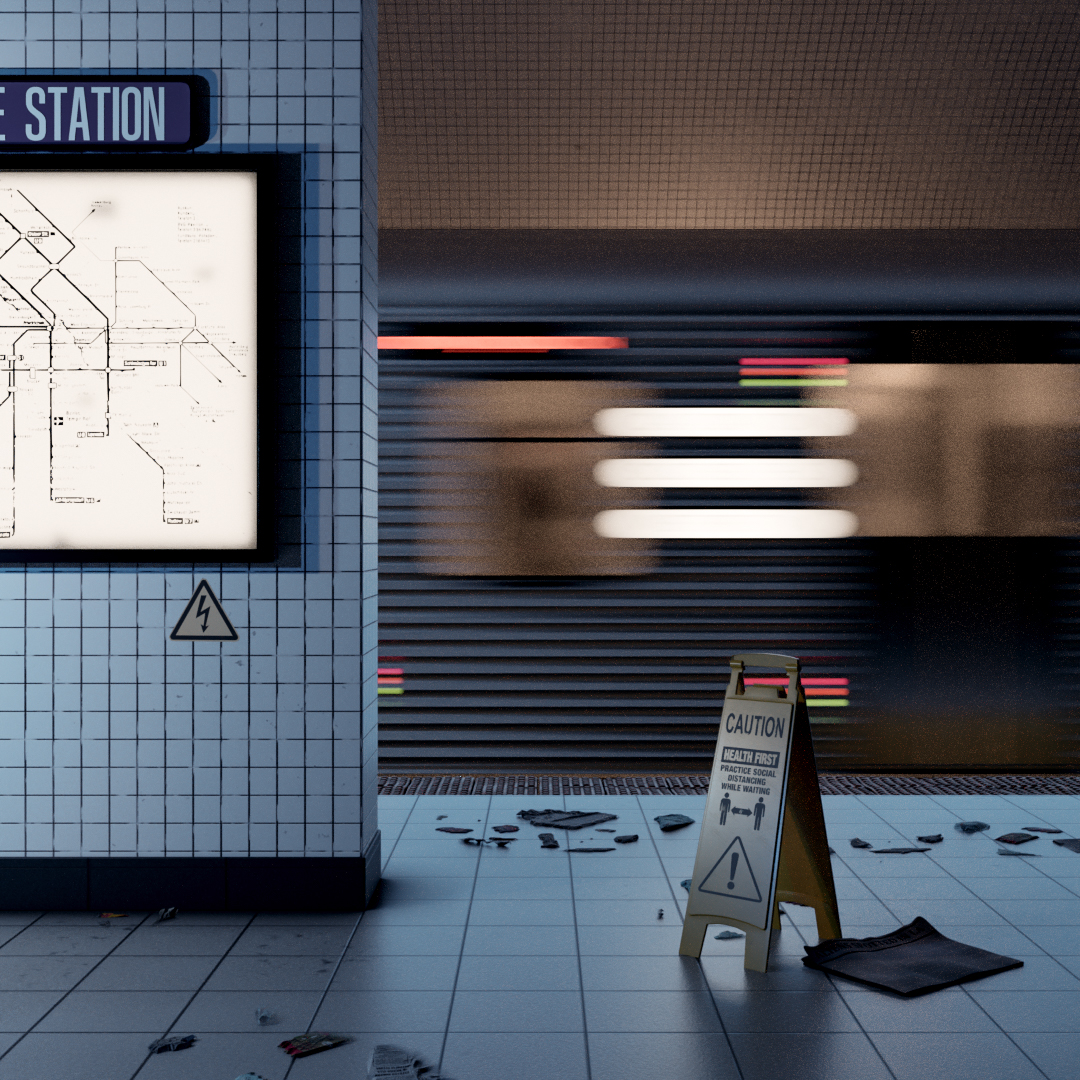
"Rush Hour"
Project Acknowledgements
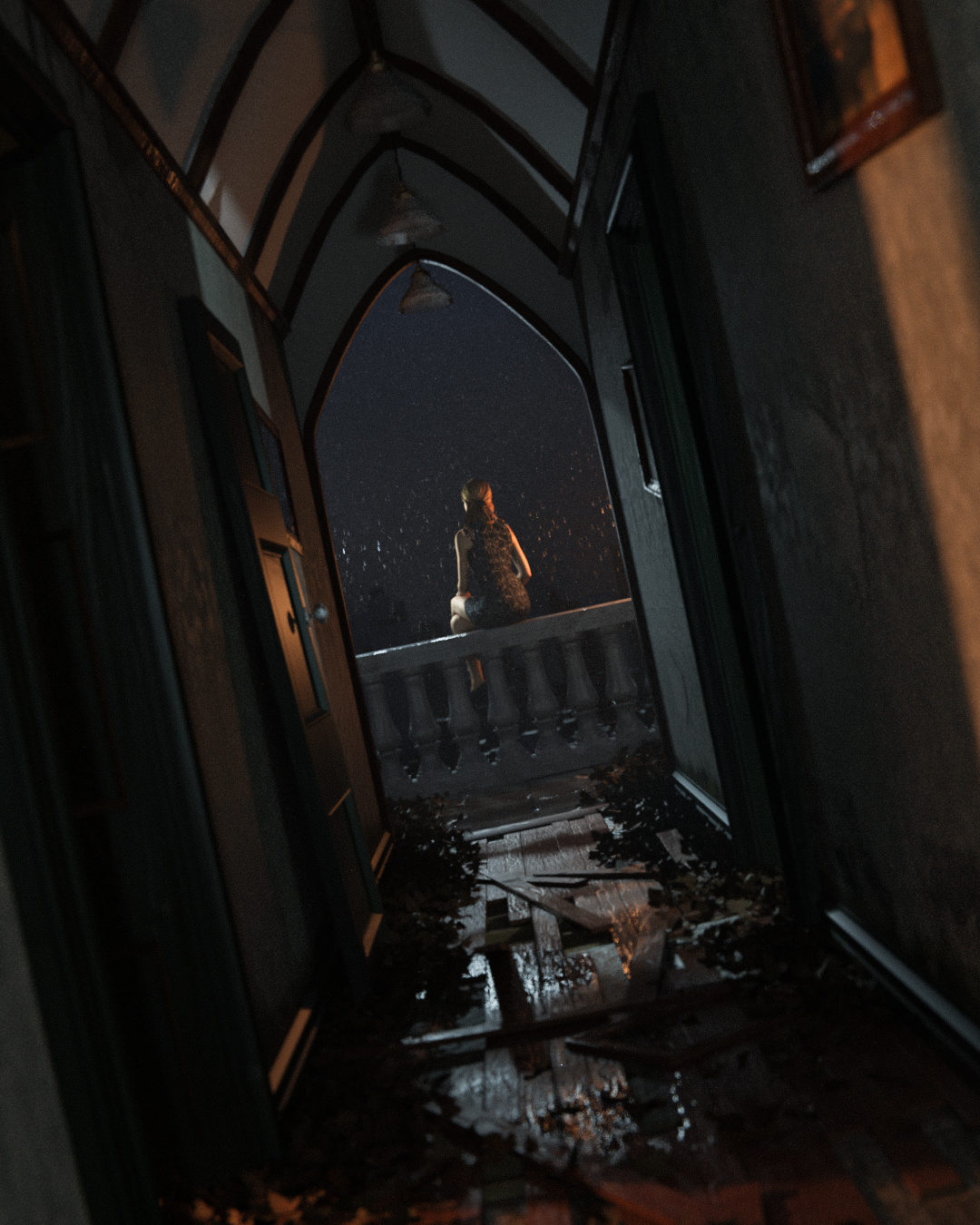
"Rainy"
Project Acknowledgements
Some textures are from Textures.com and Poliigon.com
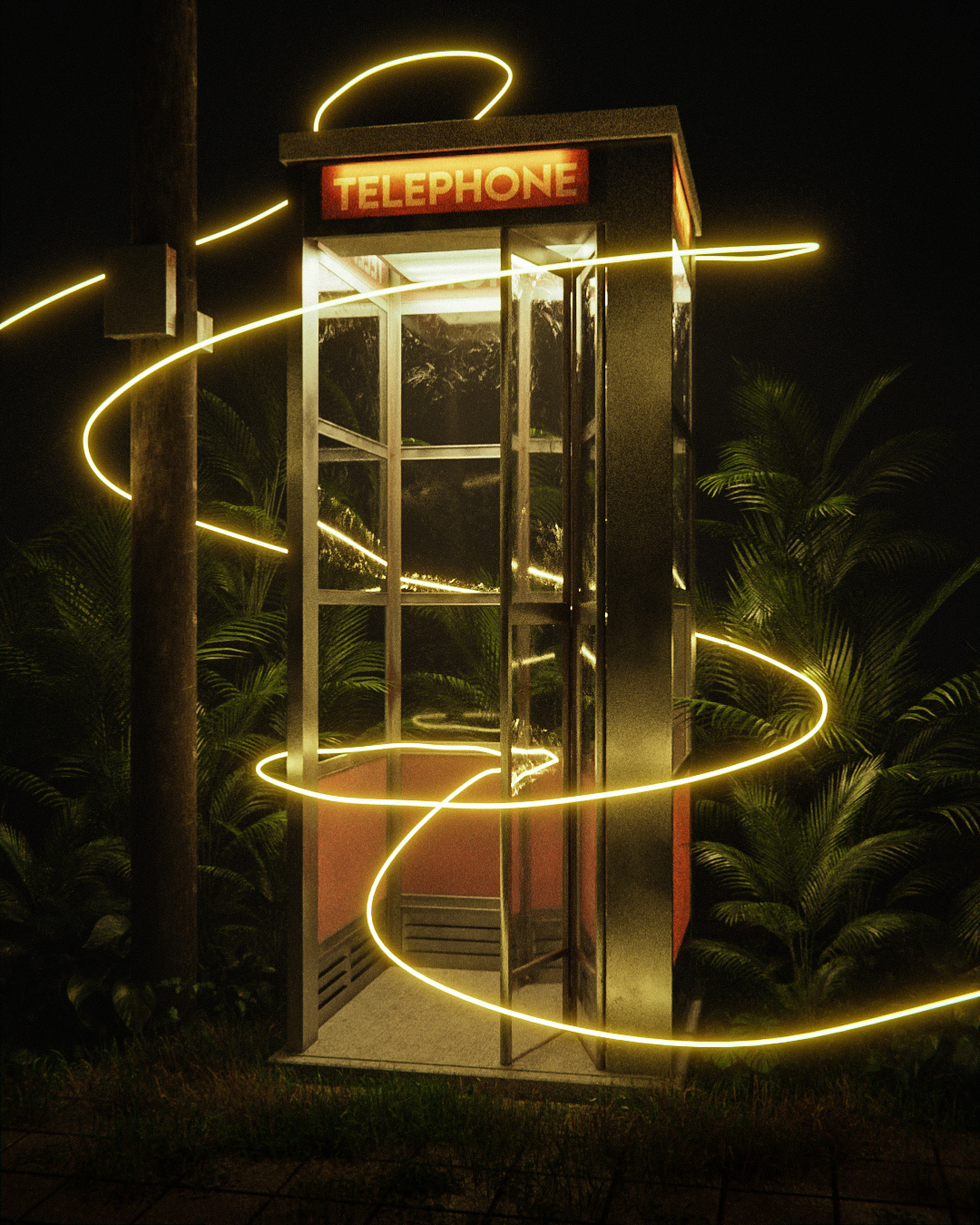
"Phone Booth"
Project Acknowledgements
Reference Image - Ed Deasy
Some textures are from Textures.com and Poliigon.com

"Plant Protection"
Project Acknowledgements
Human Model - Humano3D
Some textures are from Textures.com and Poliigon.com

"New"
Project Acknowledgements
Some textures are from Textures.com and Poliigon.com
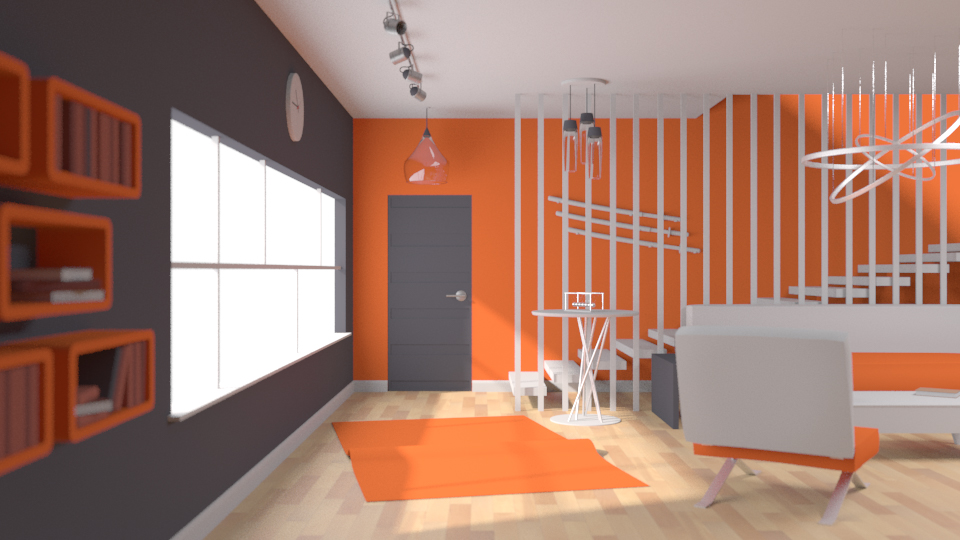
"Modern Architecture"
Project Acknowledgements
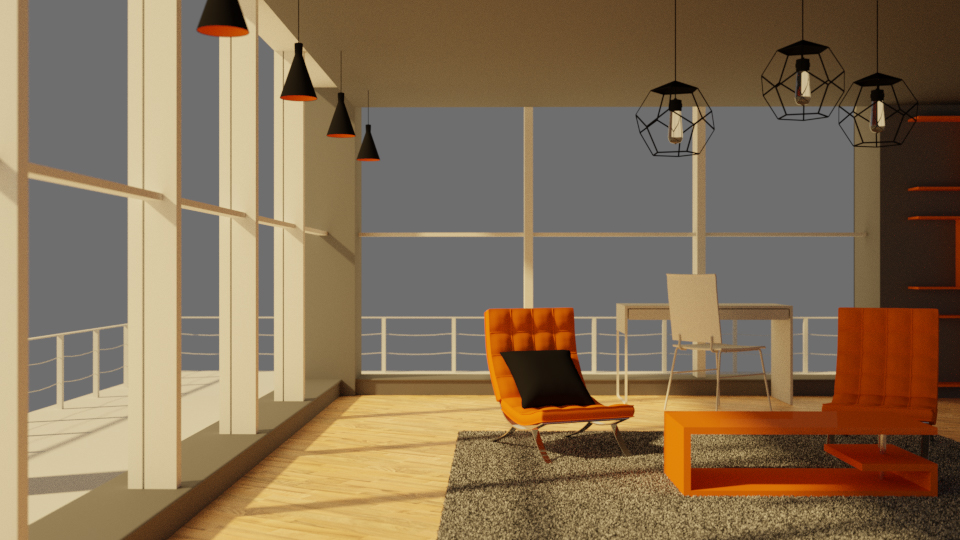
"Modern Apartment"
Project Acknowledgements
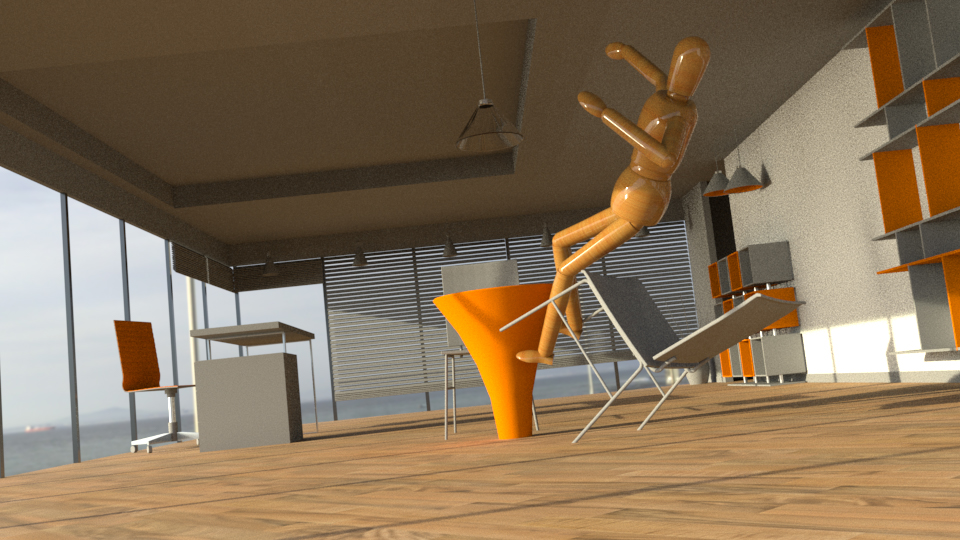
"Mannequin"
Project Acknowledgements
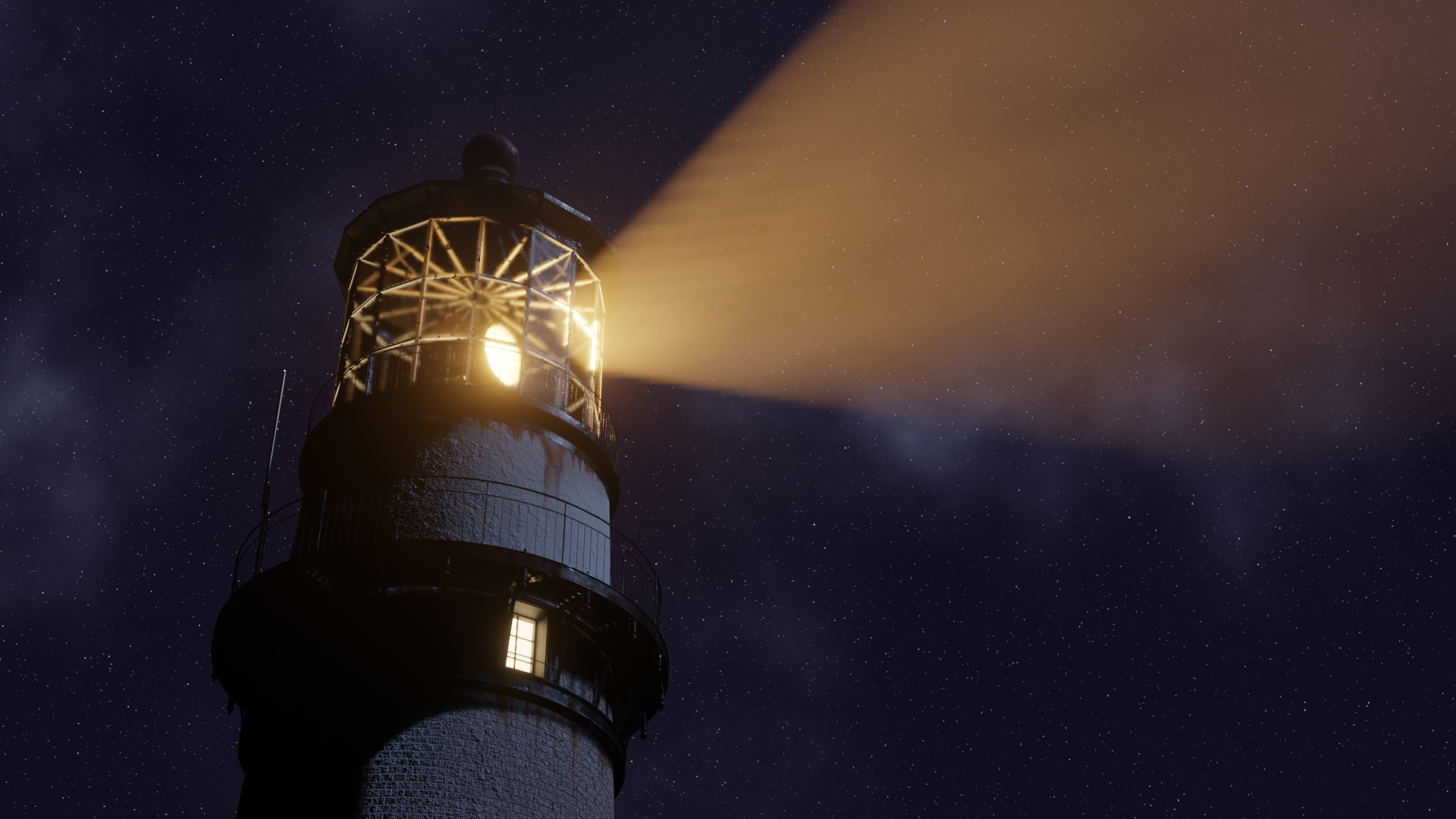
"Lookout"
Project Acknowledgements
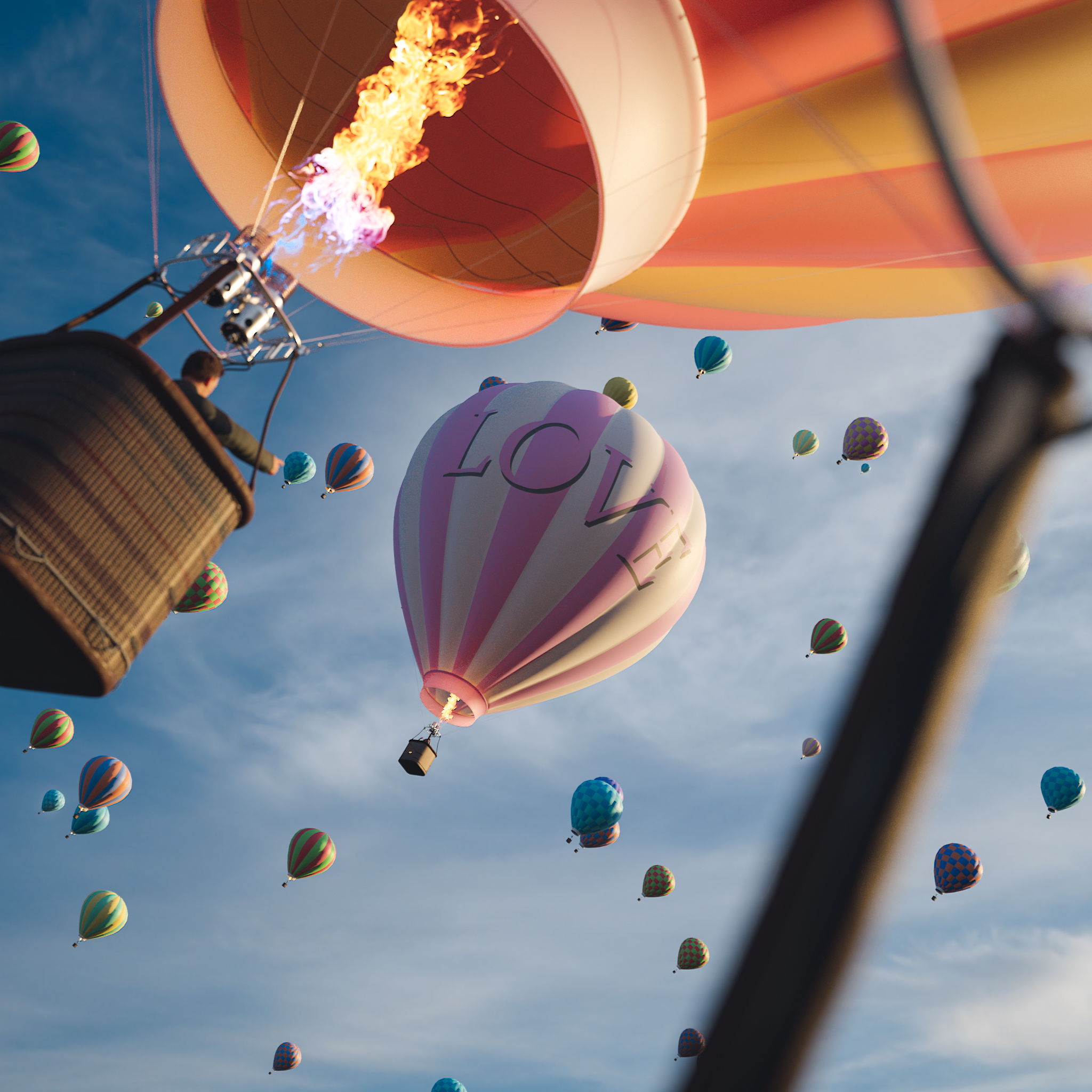
"Love"
Project Acknowledgements
Some textures are from Textures.com
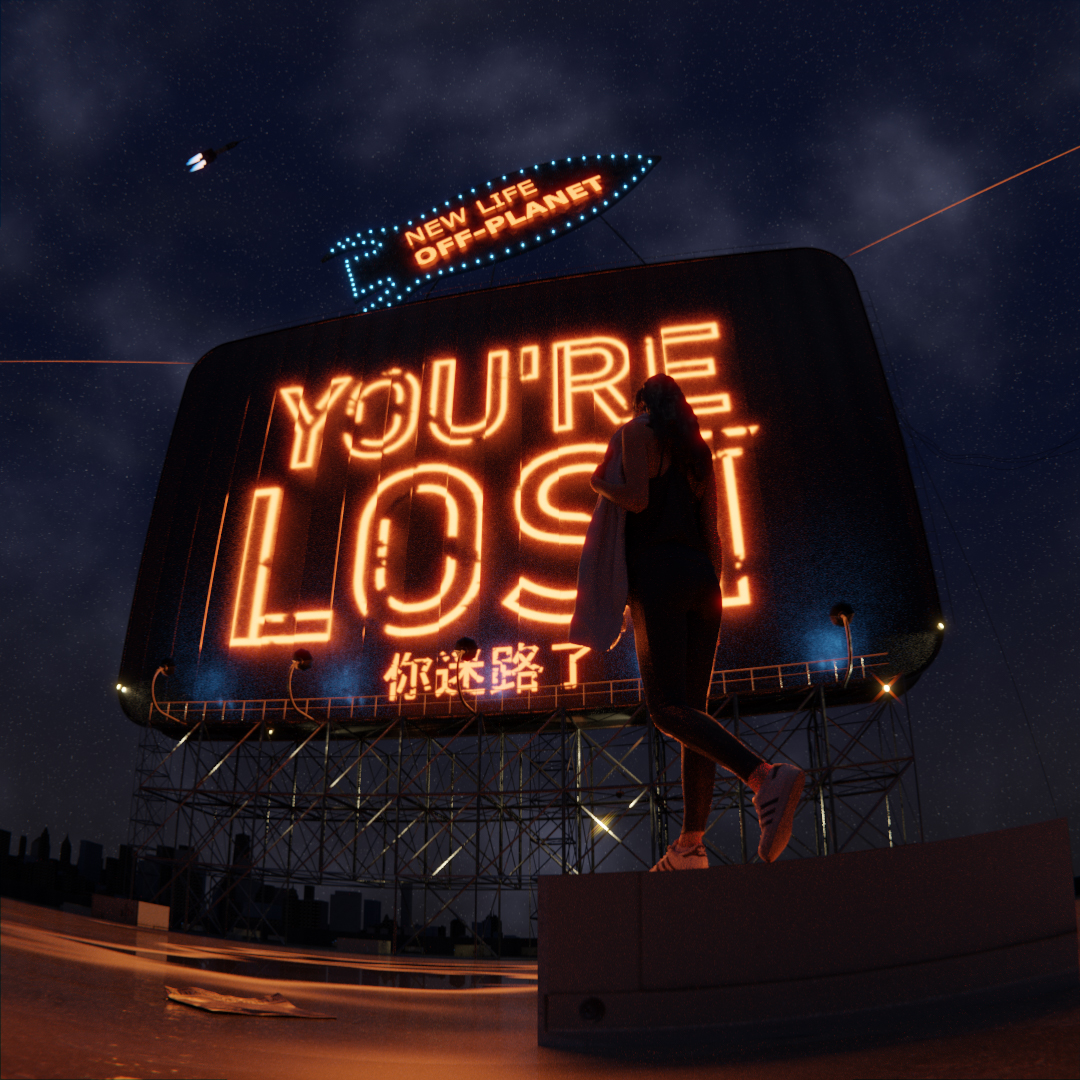
"Lost"
Project Acknowledgements
Some textures are from Textures.com and Poliigon.com
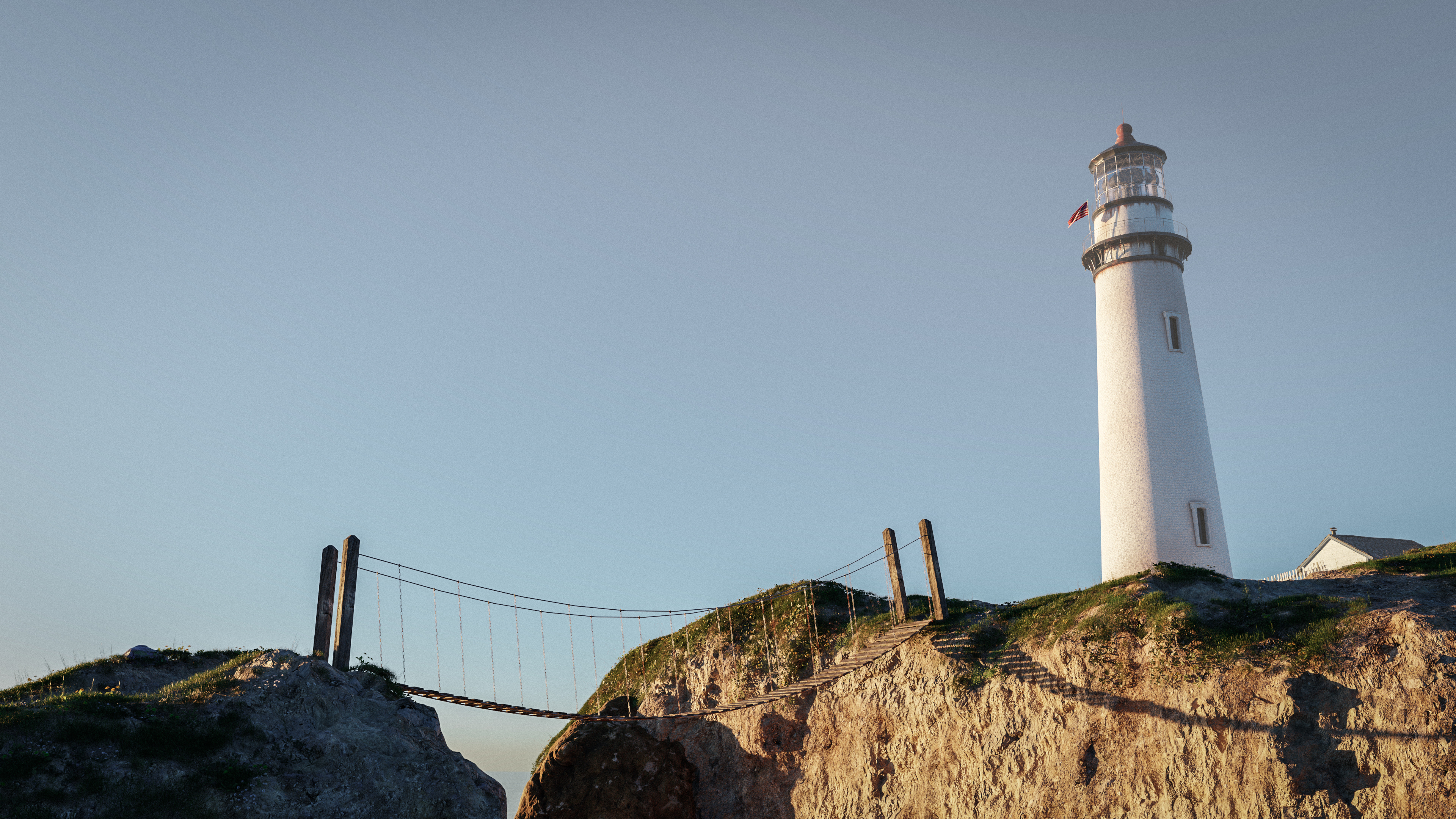
"Lighthouse"
Project Acknowledgements
Some textures are from Textures.com and Poliigon.com
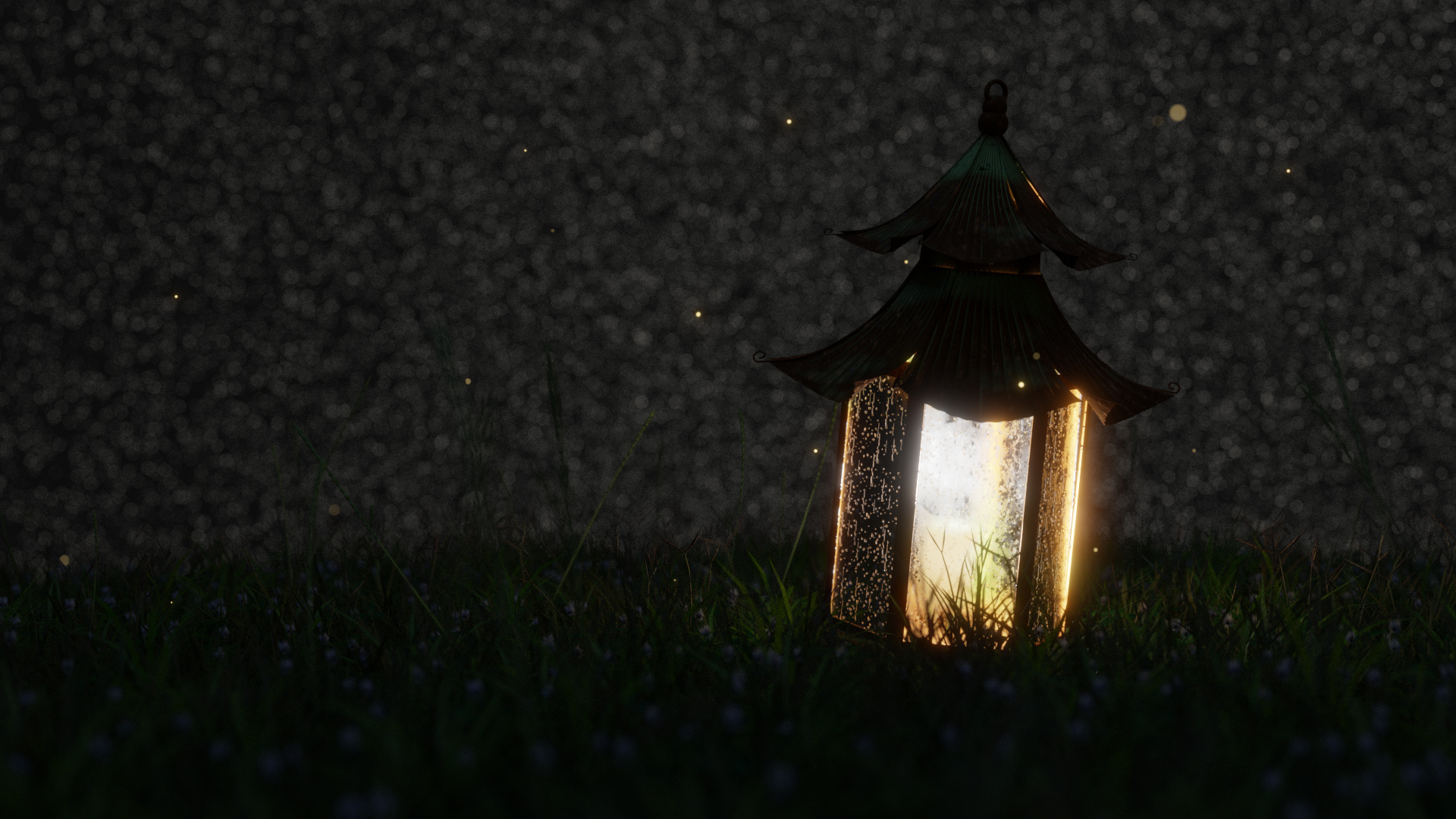
"Lantern"
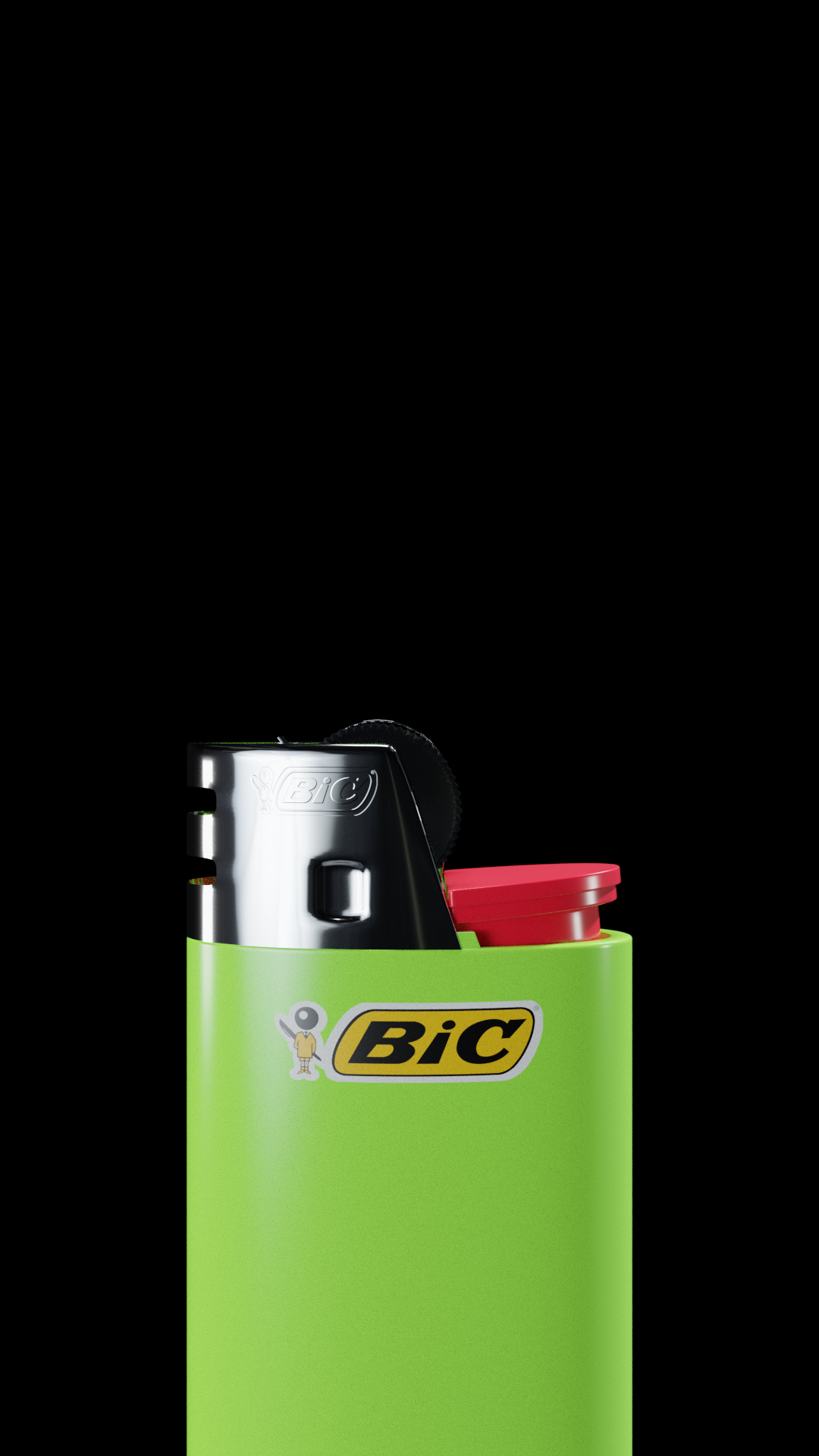
"Lighter"
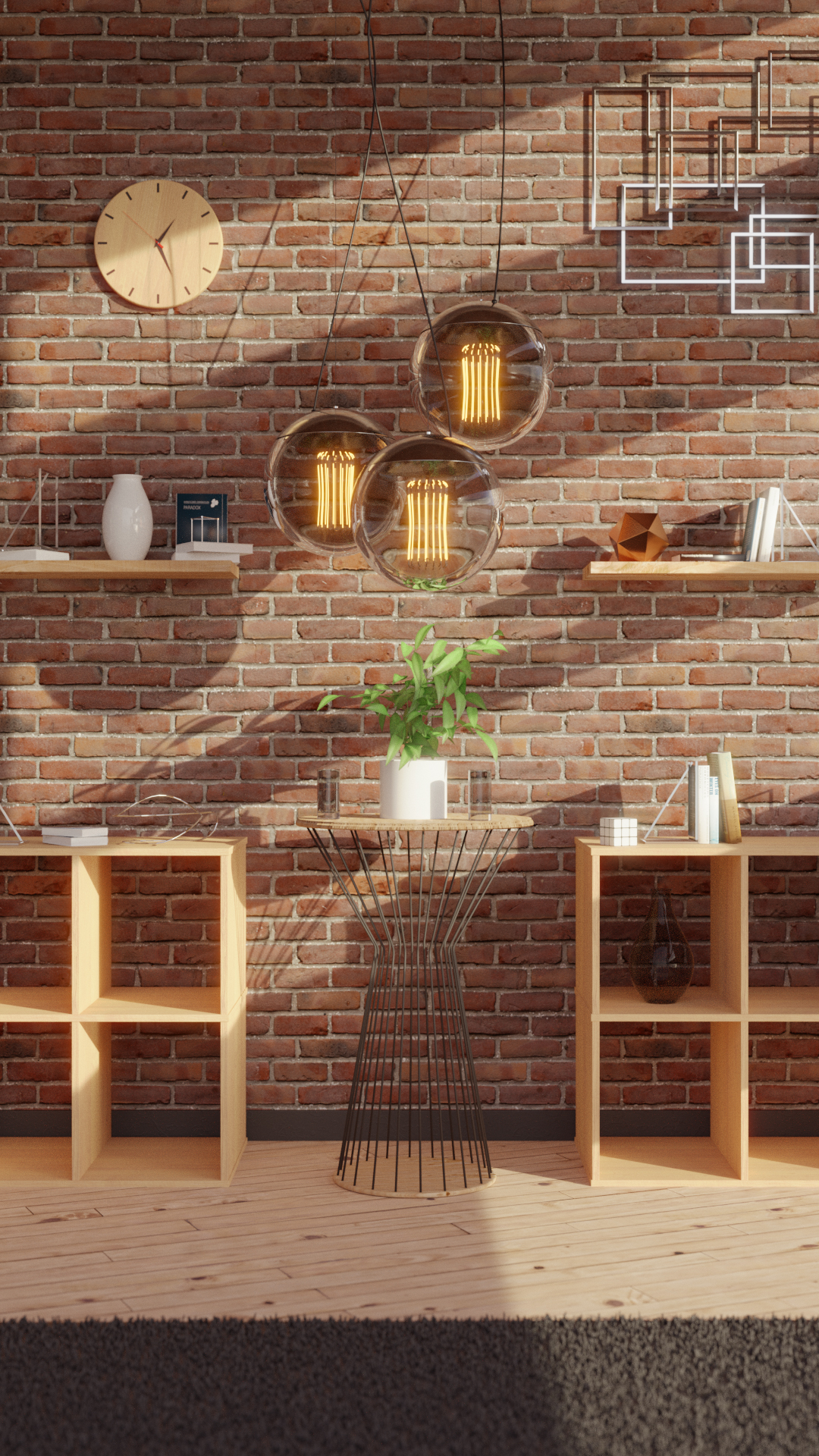
"Fade"
Project Acknowledgements

"Light"
Project Acknowledgements
Some textures are from Textures.com and Poliigon.com

"Zoom 2.0"
Project Acknowledgements
Some textures are from Textures.com and Poliigon.com
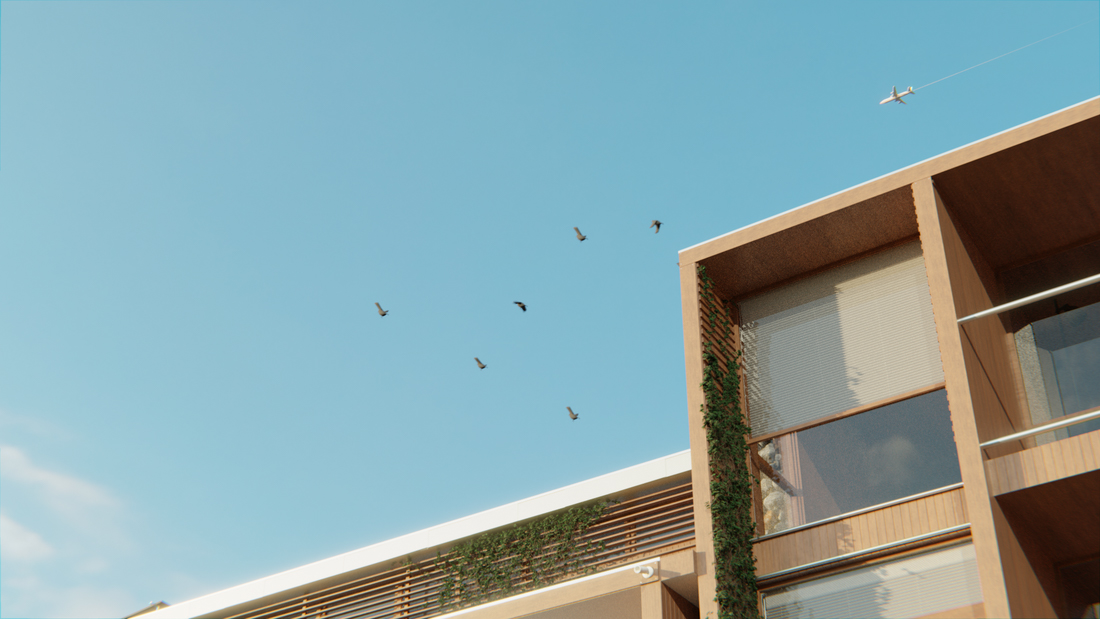
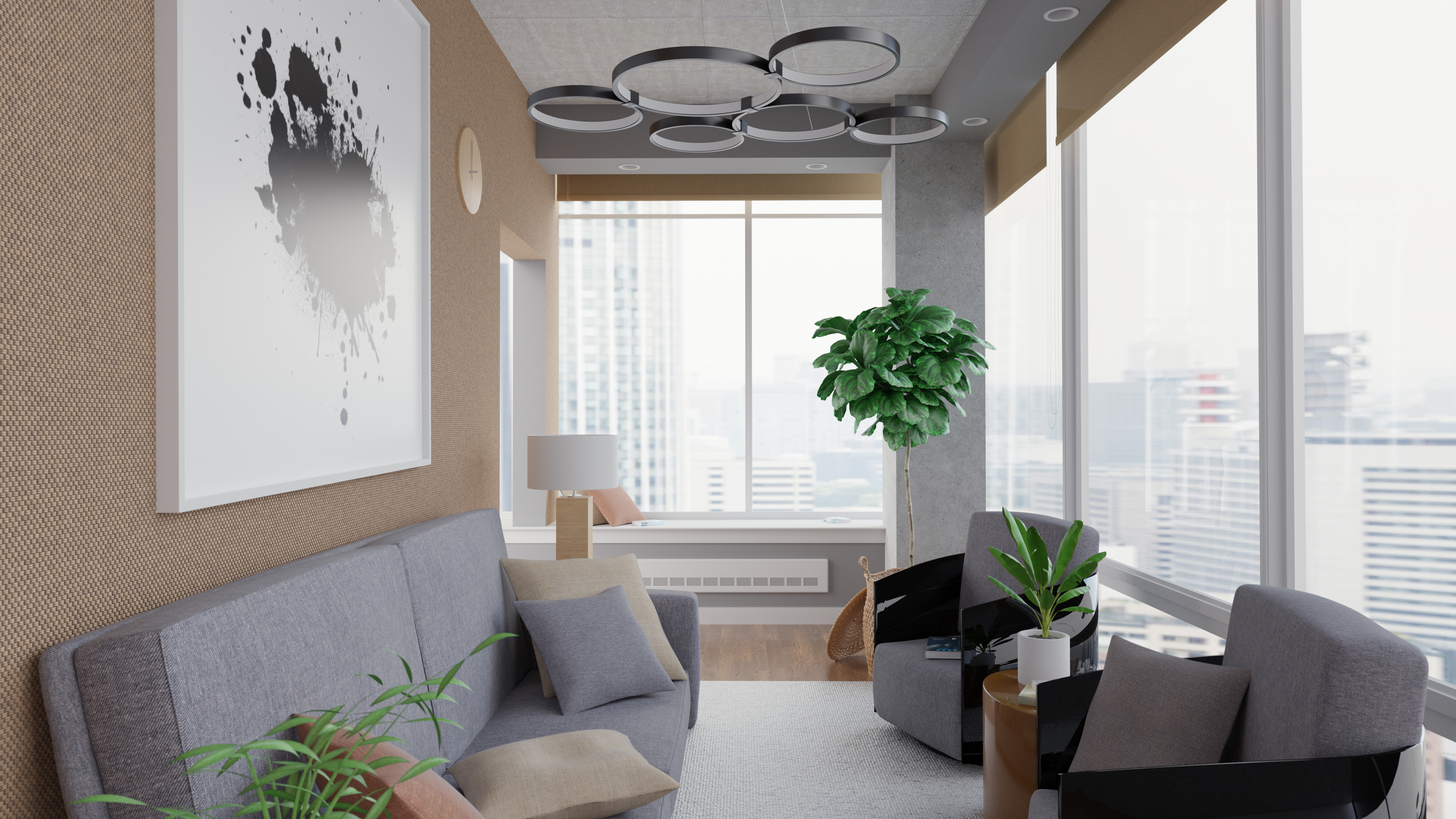
"City Views"
Project Acknowledgements
Some textures are from Textures.com and Poliigon.com

"Garden"
Project Acknowledgements
Some textures are from Textures.com and Poliigon.com
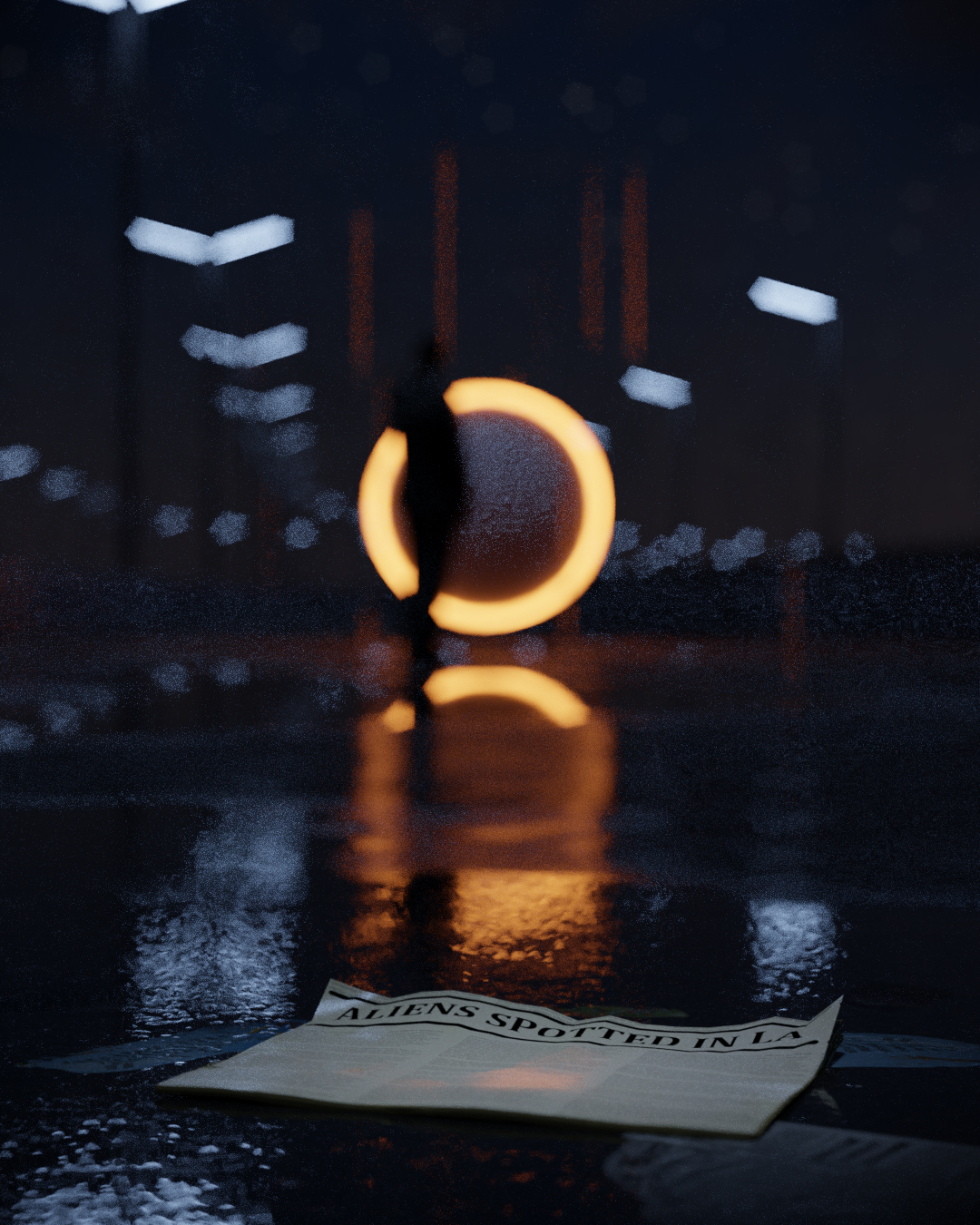
"Aliens"
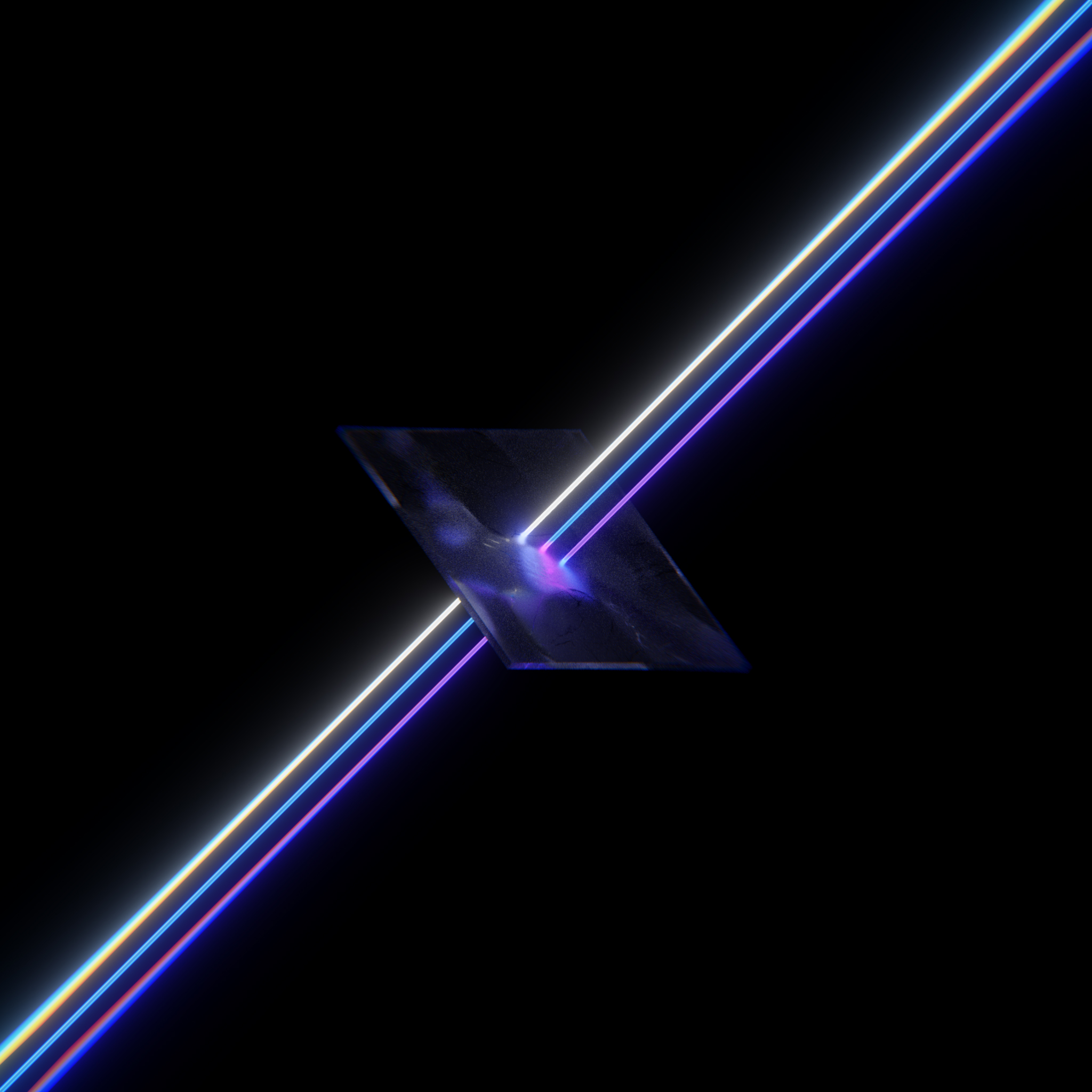
"Dash"
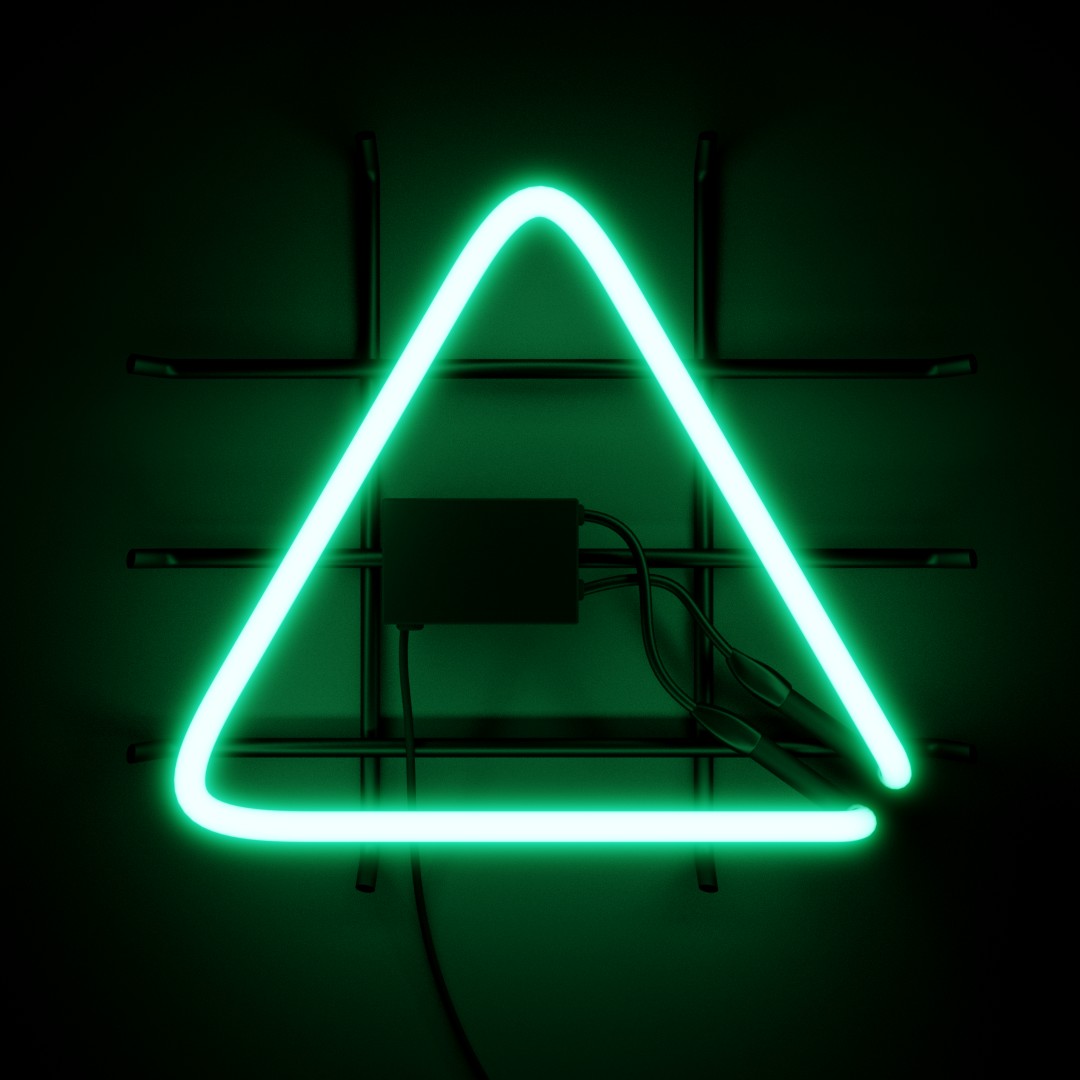
"Classic"
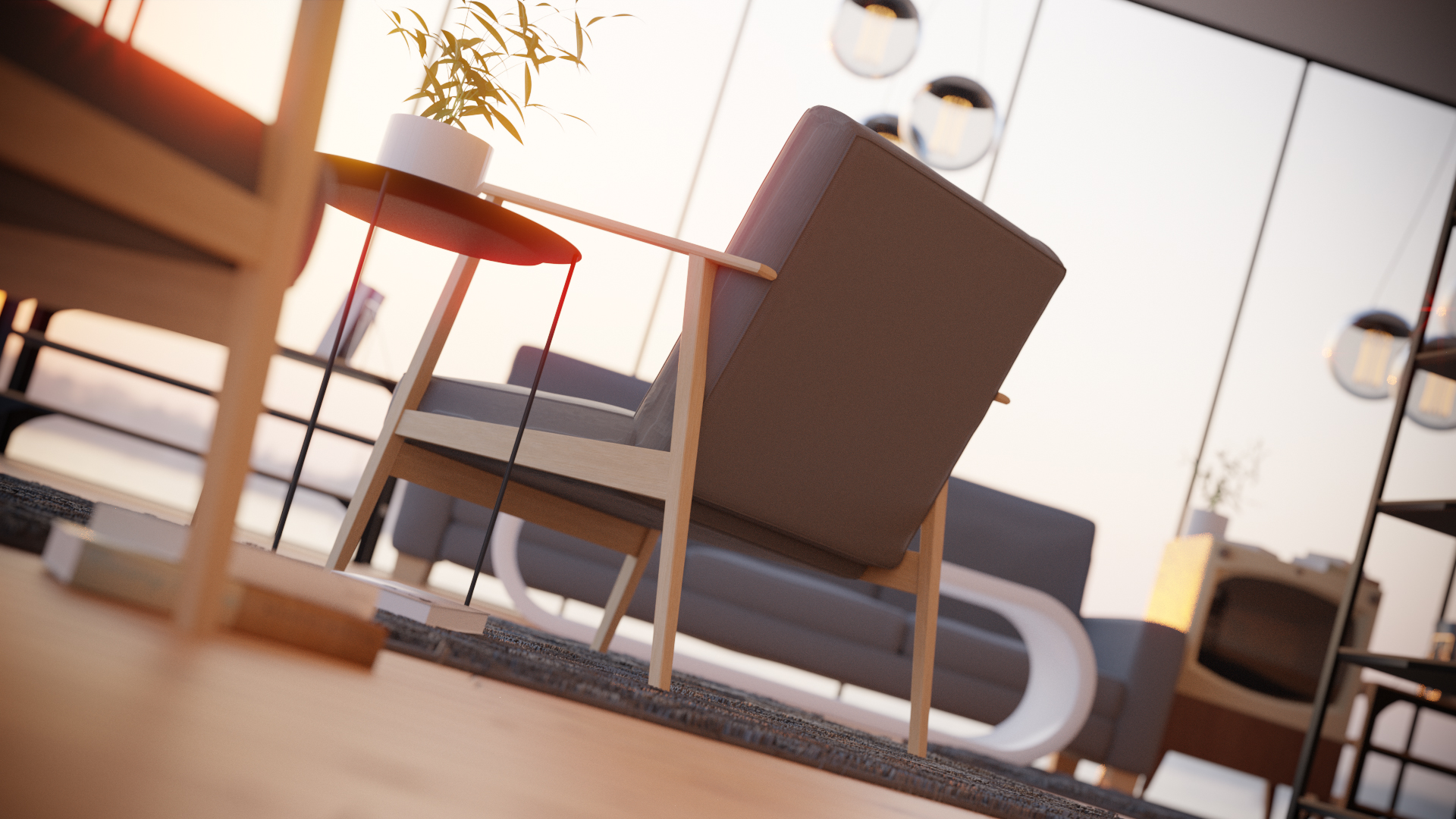
"Livingroom"
Project Acknowledgements
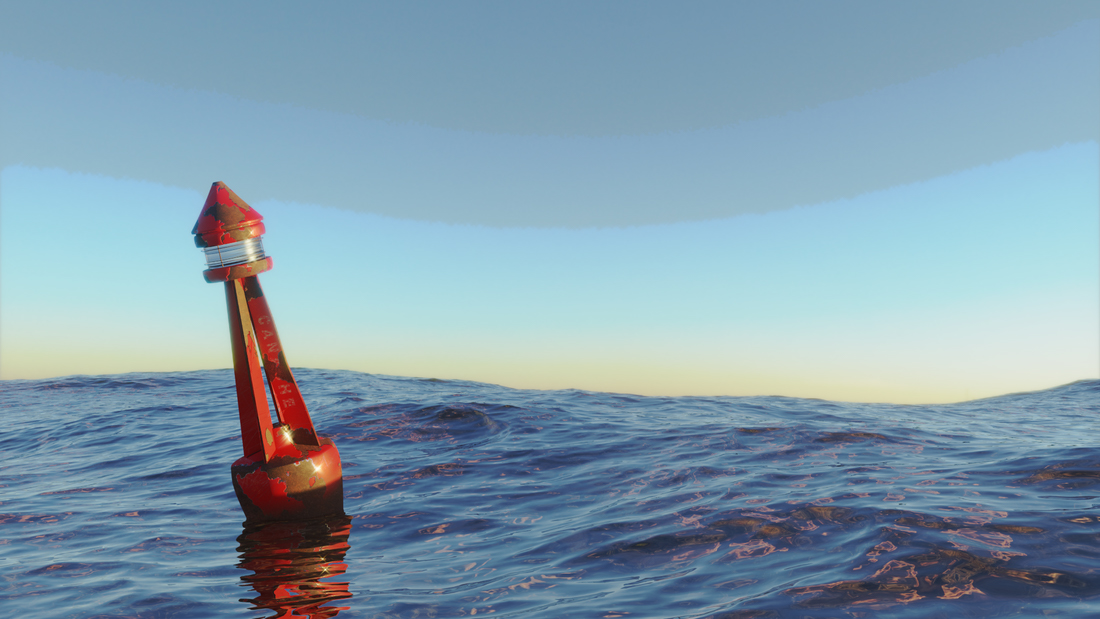
"Buoy"
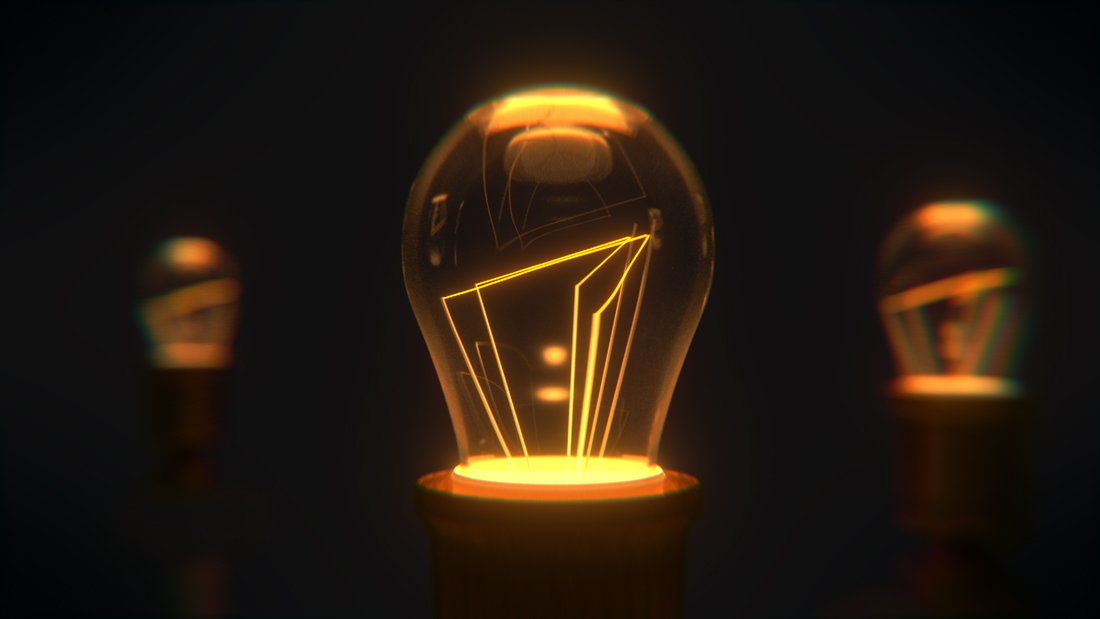
"Bulb"
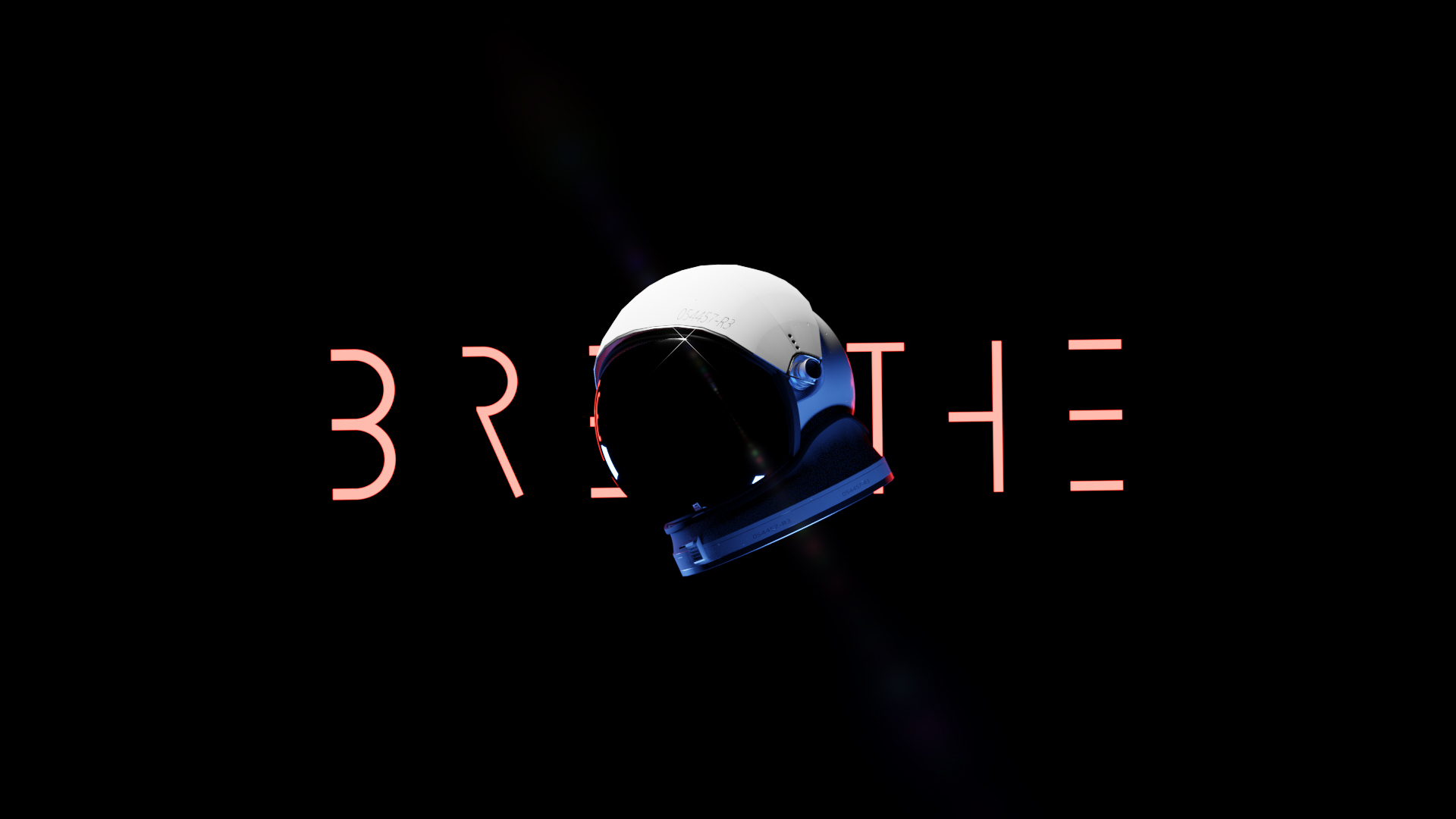
"Breathe"
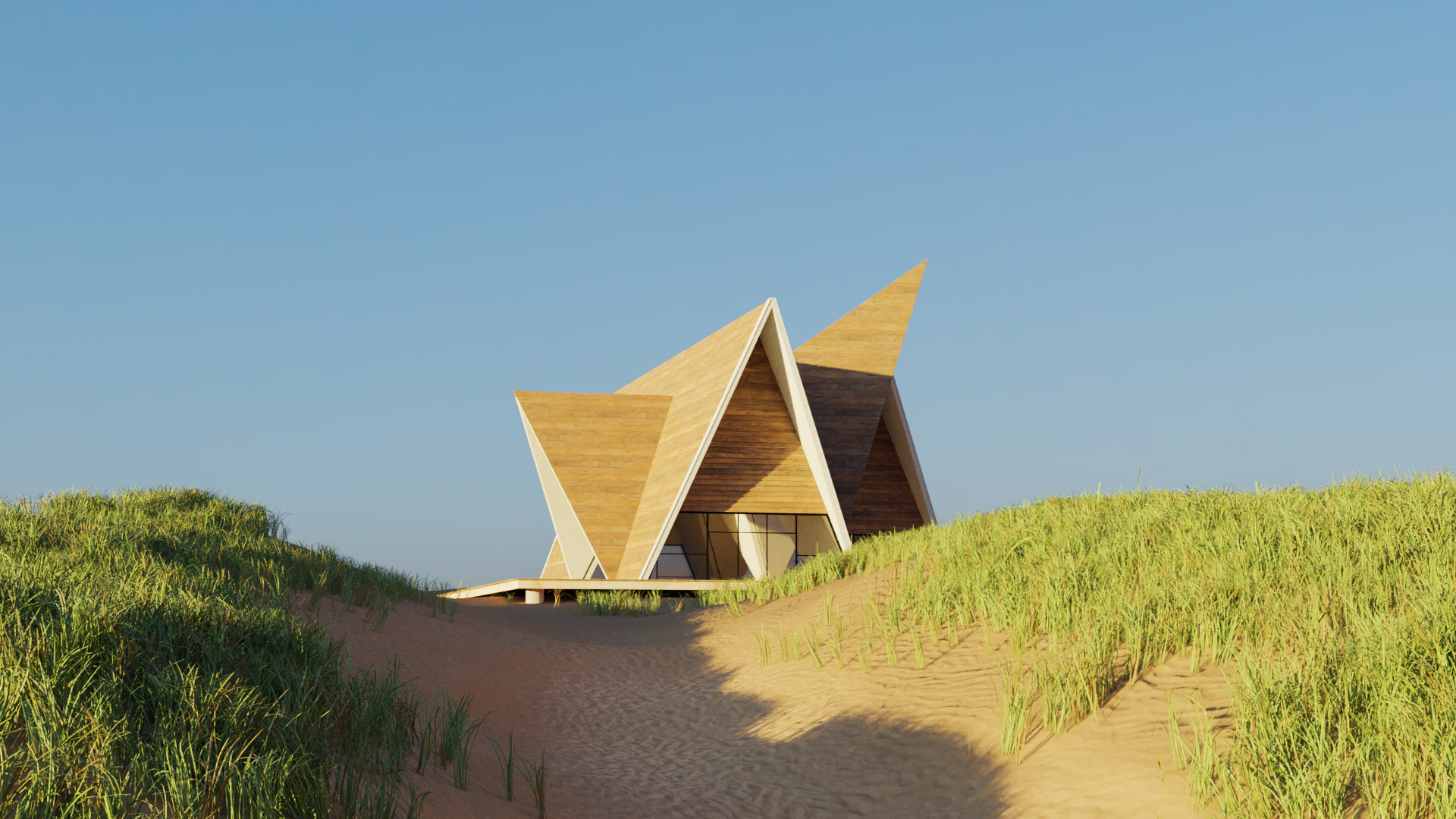
"Beach House"
Project Acknowledgements
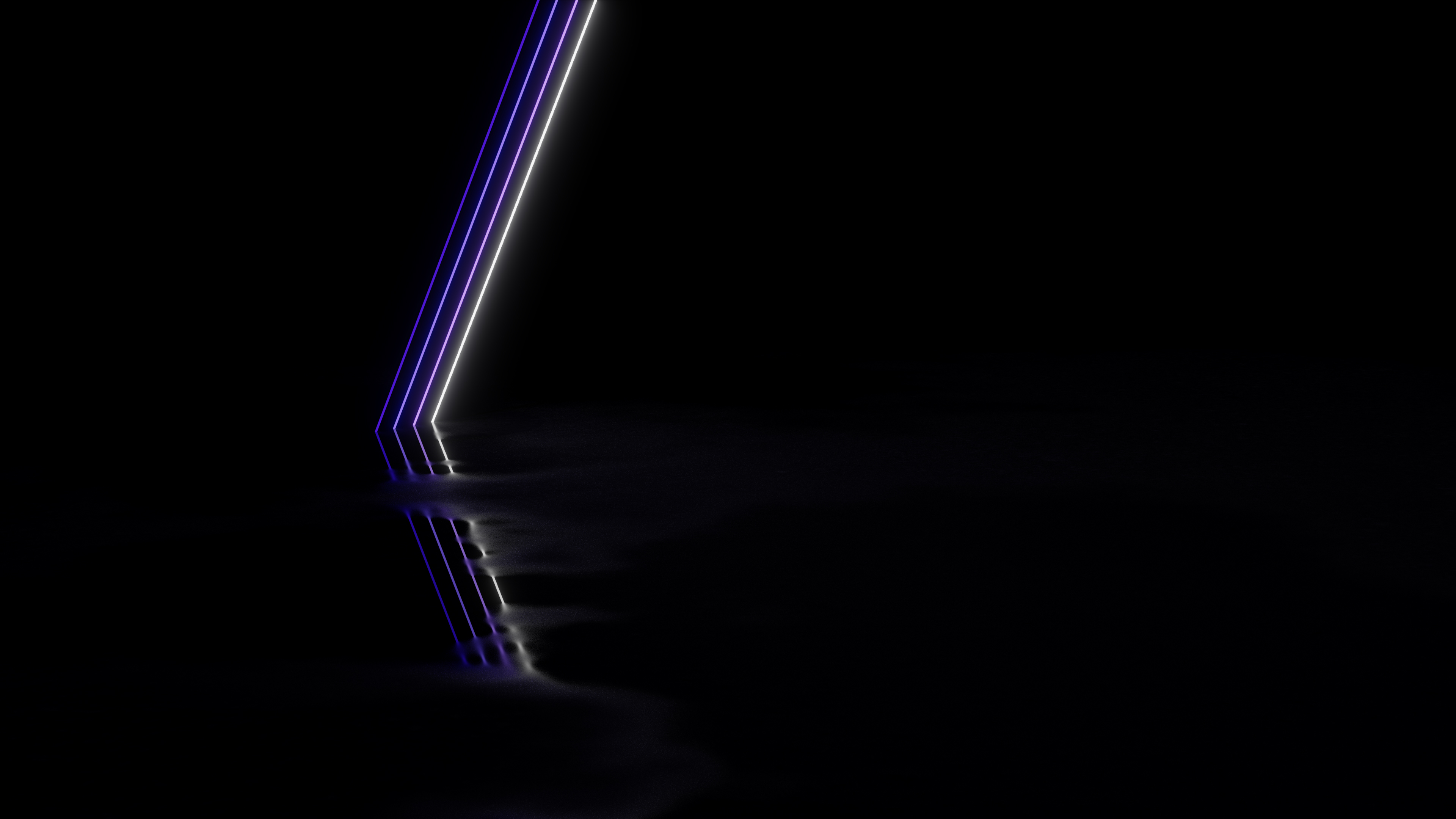
"Bars"
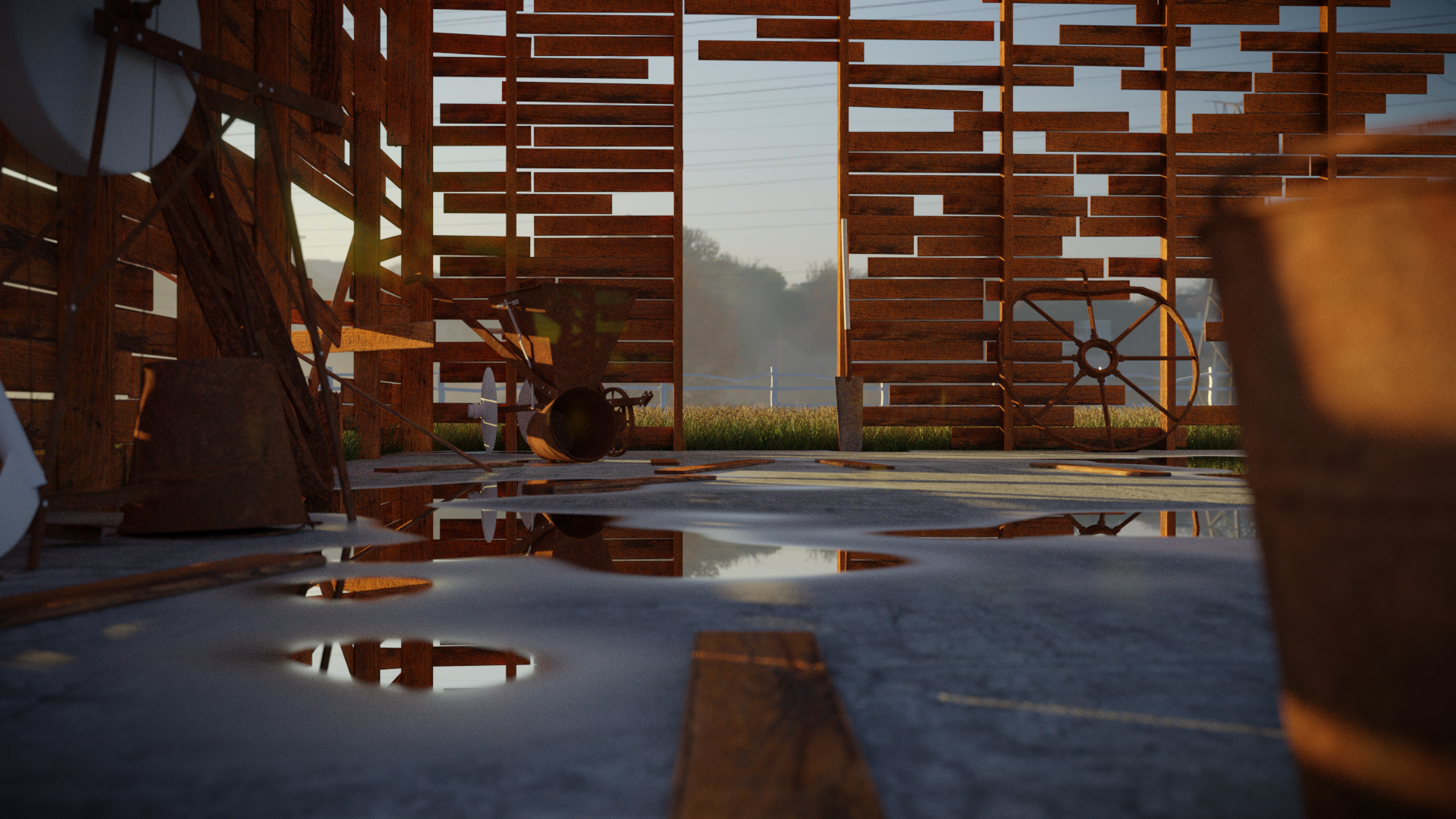
"Barn"
Project Acknowledgements
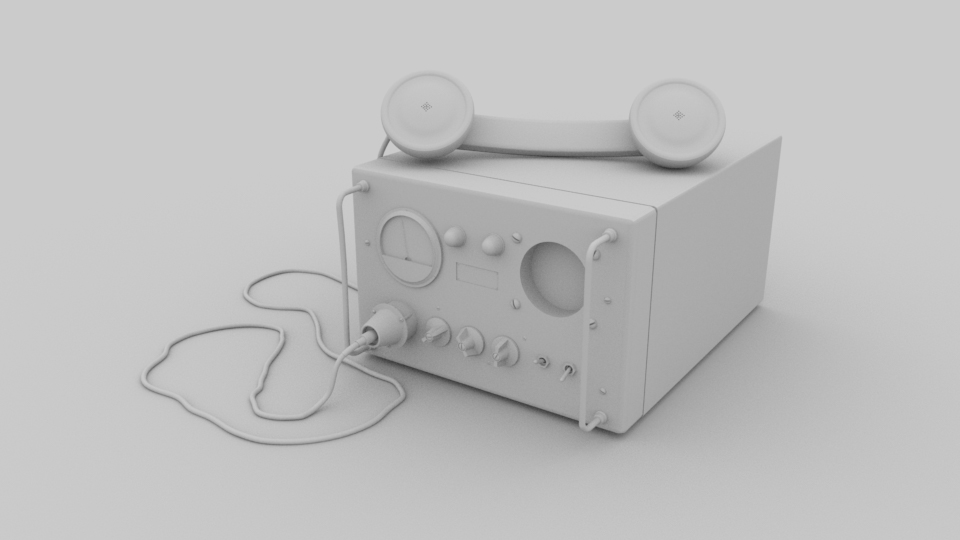
"Army Radio"
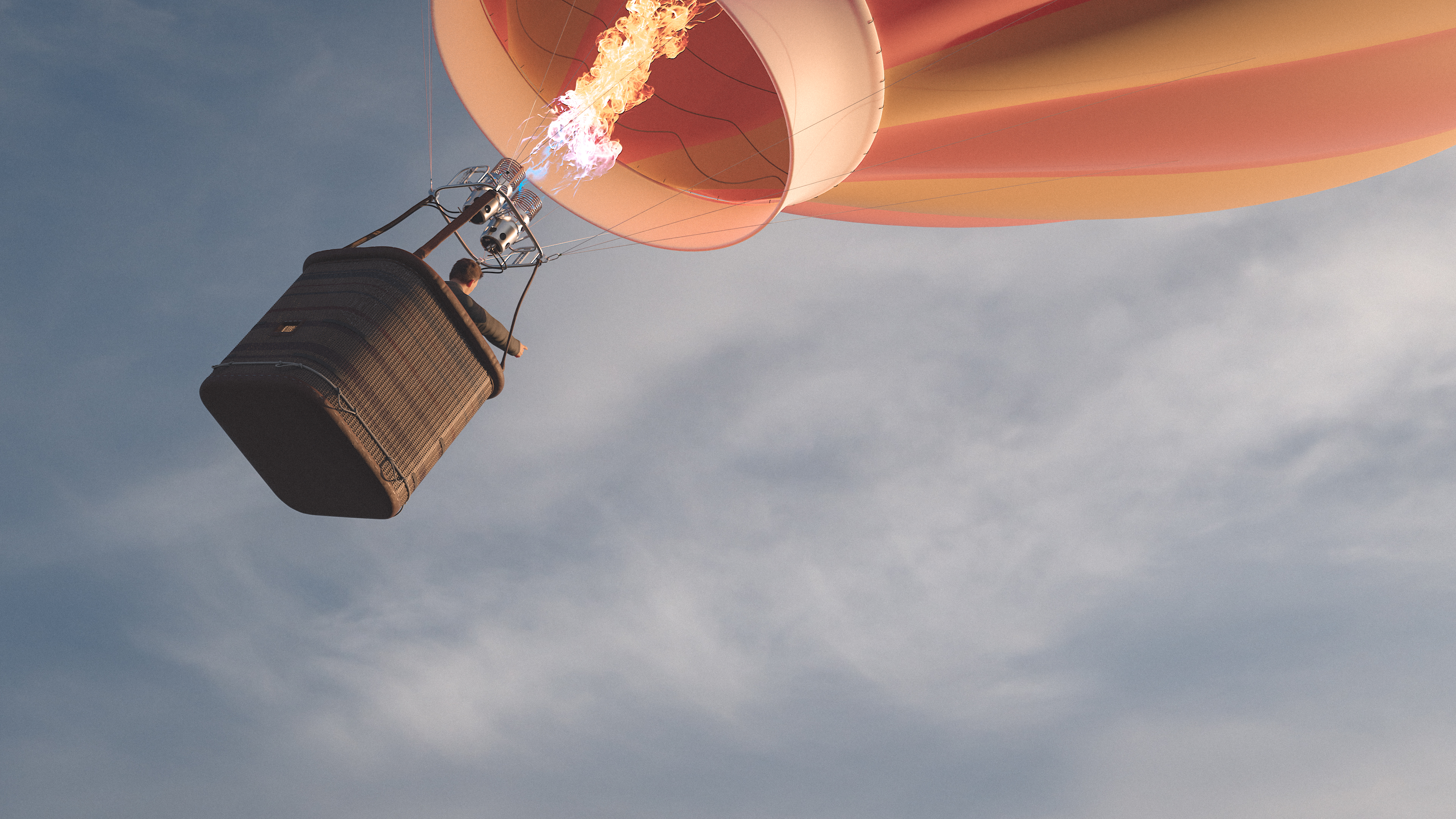
"Air Balloon"
Project Acknowledgements
Some textures are from Textures.com







Project Acknowledgements
Some textures are from Textures.com and Poliigon.com
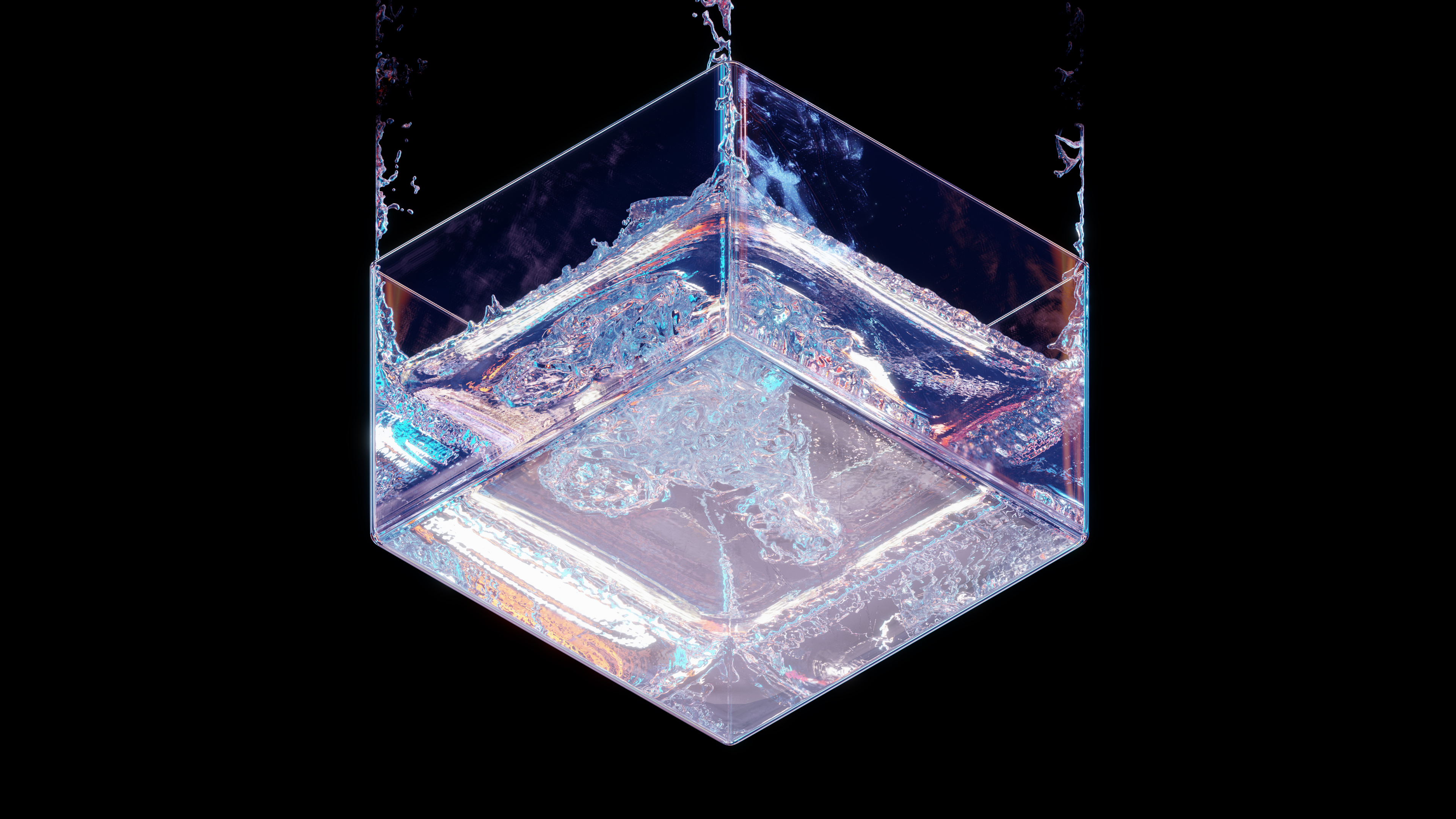
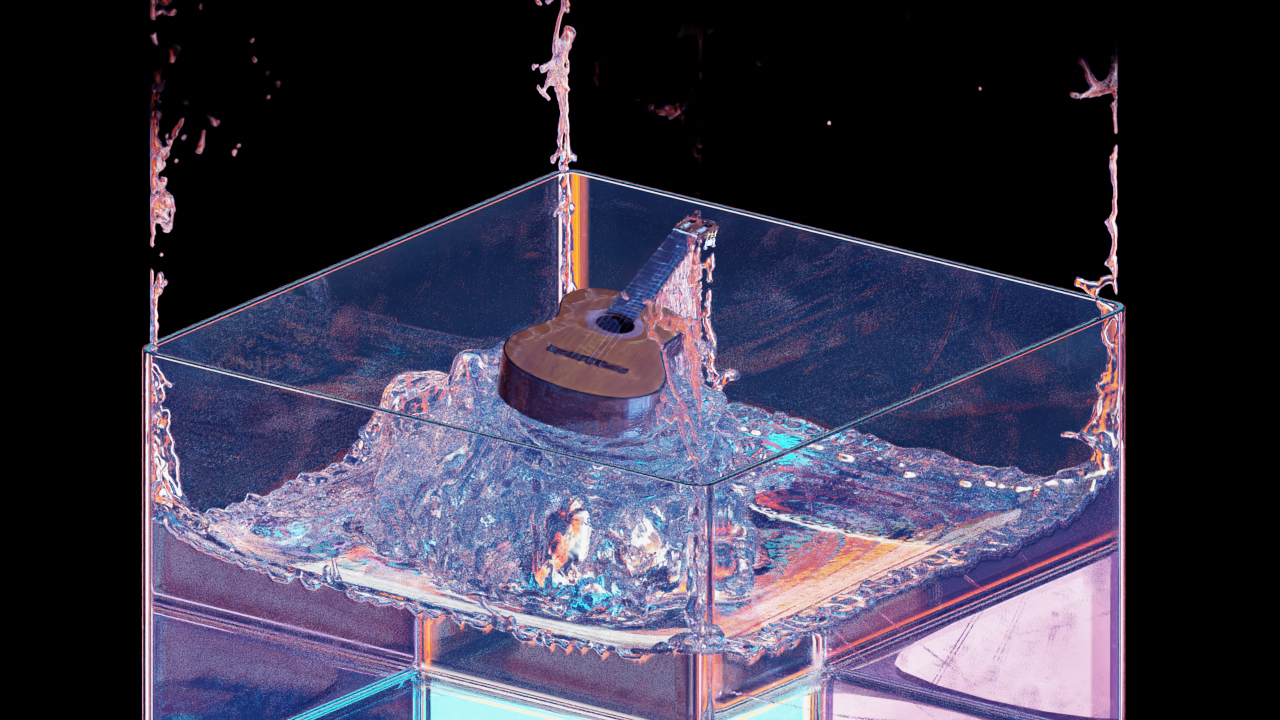
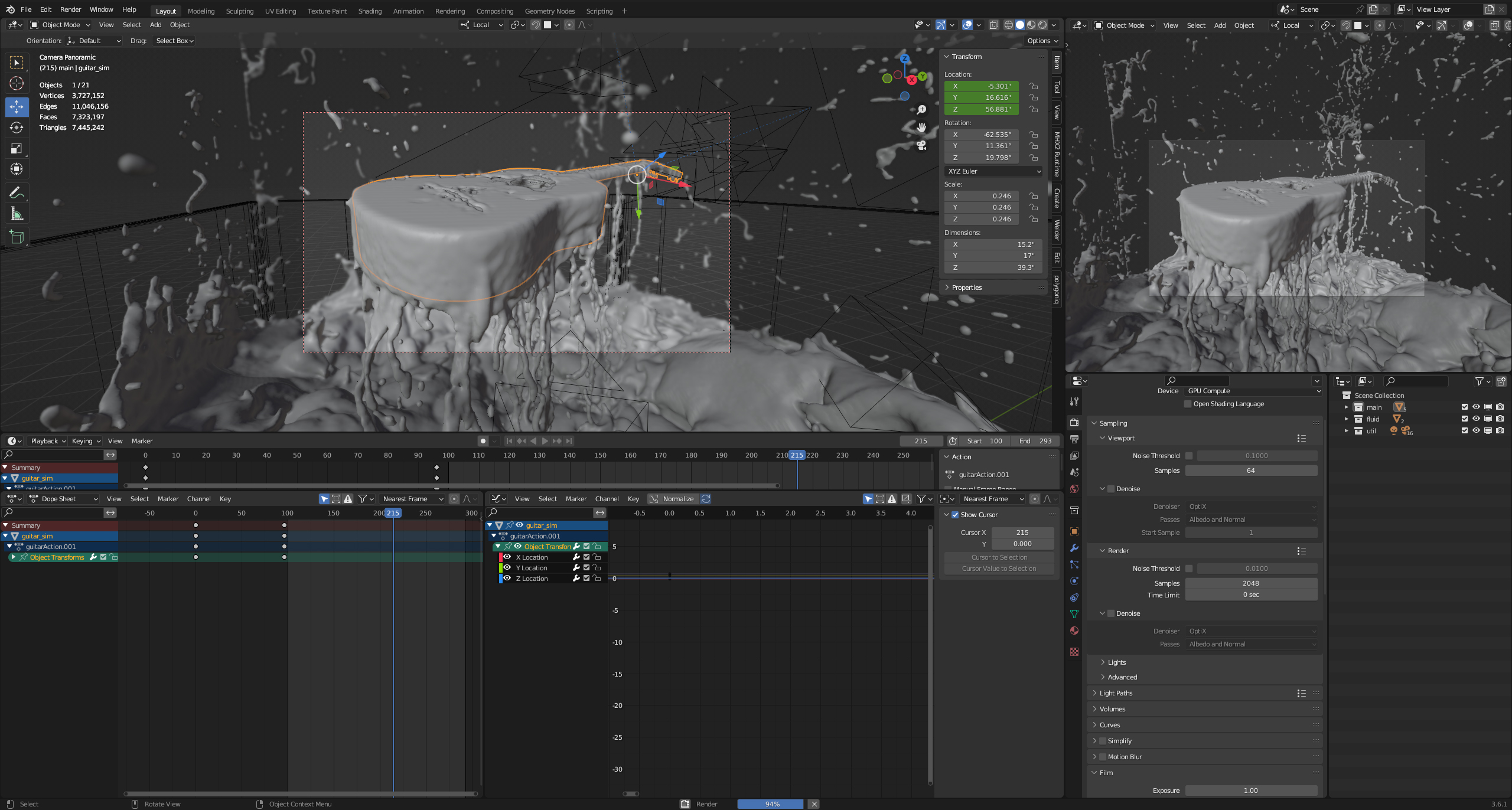
Project Acknowledgements
Plant Models - Botaniq Blender Addon
Some textures are from Textures.com and Poliigon.com

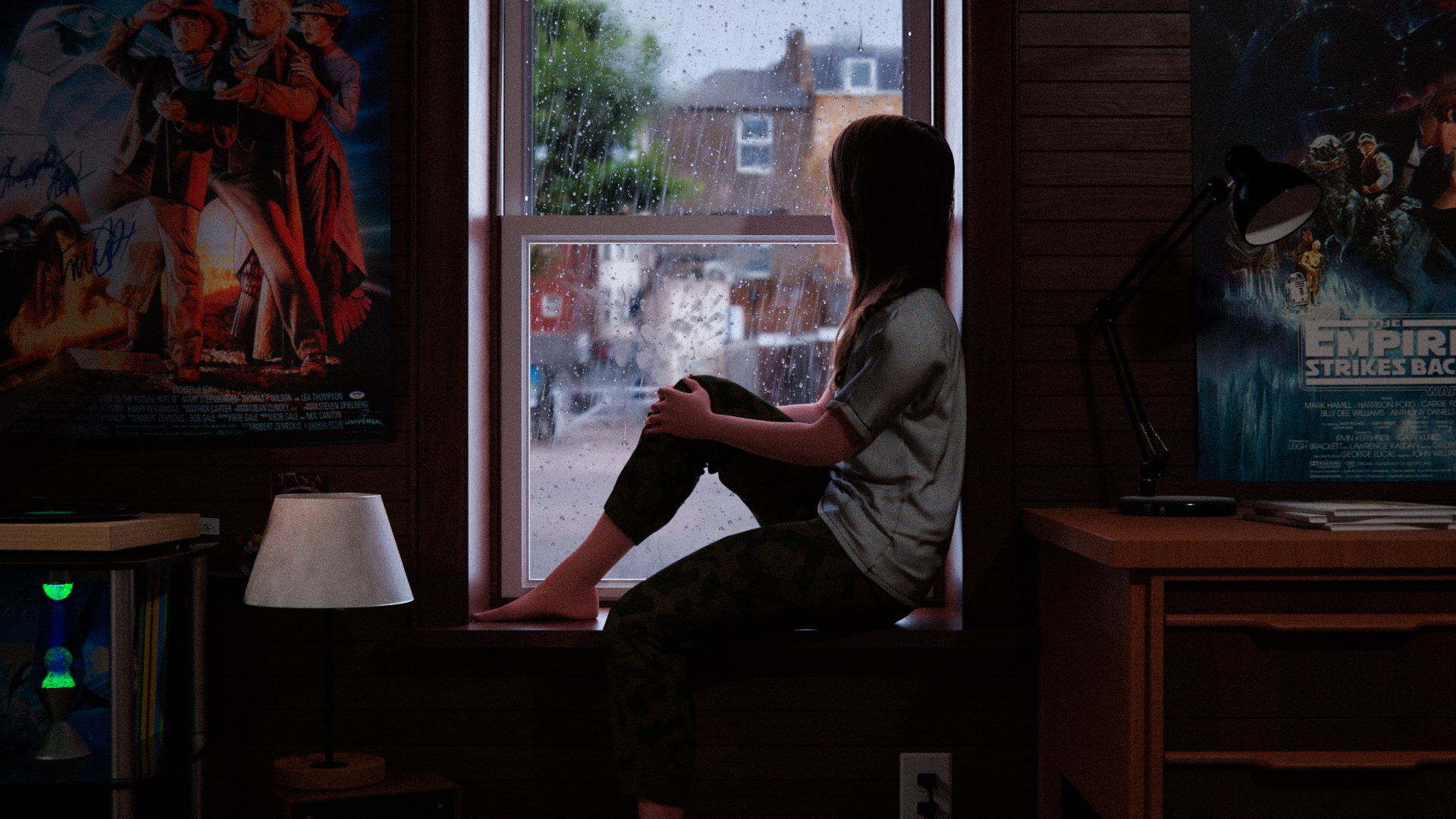
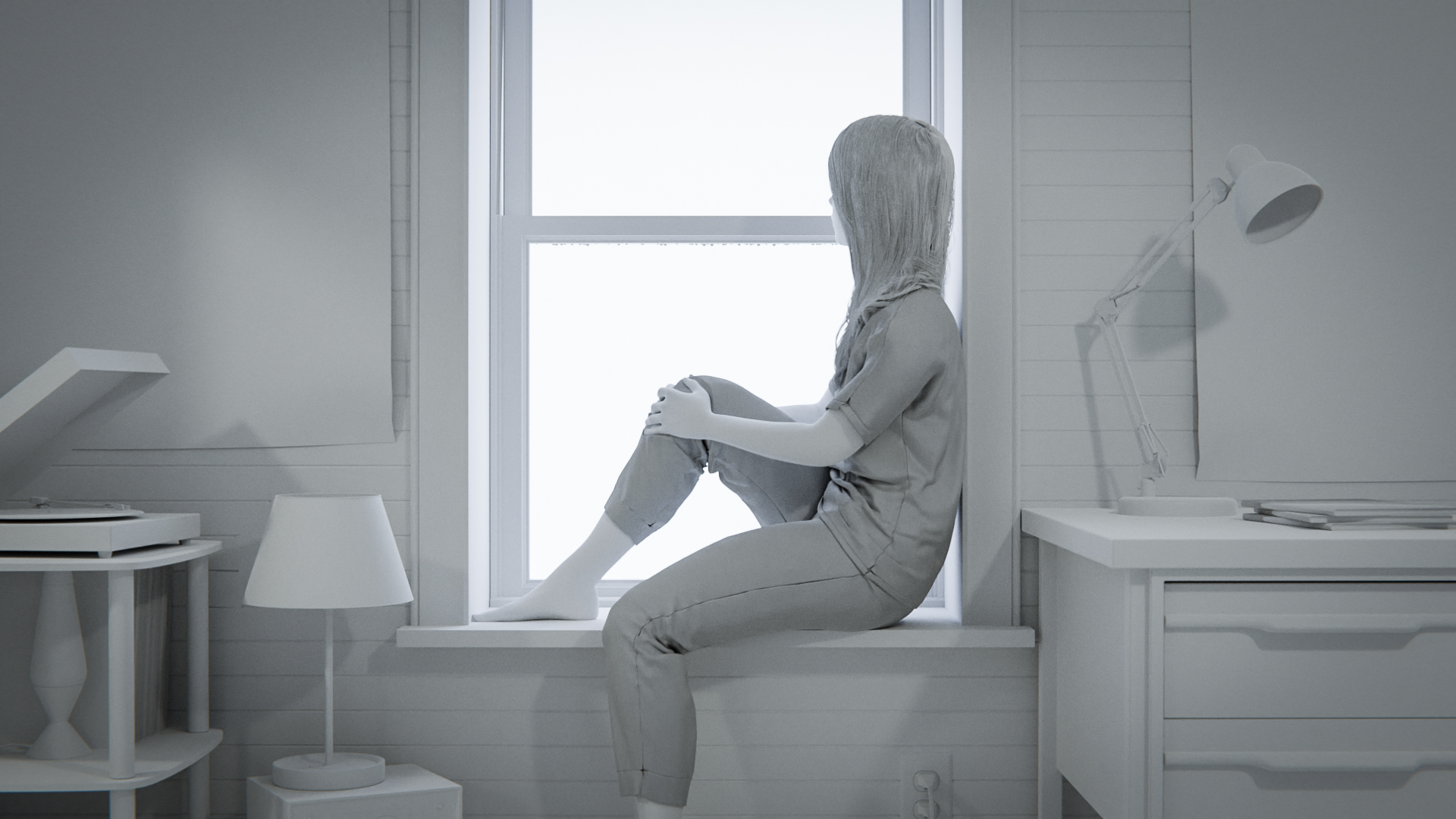
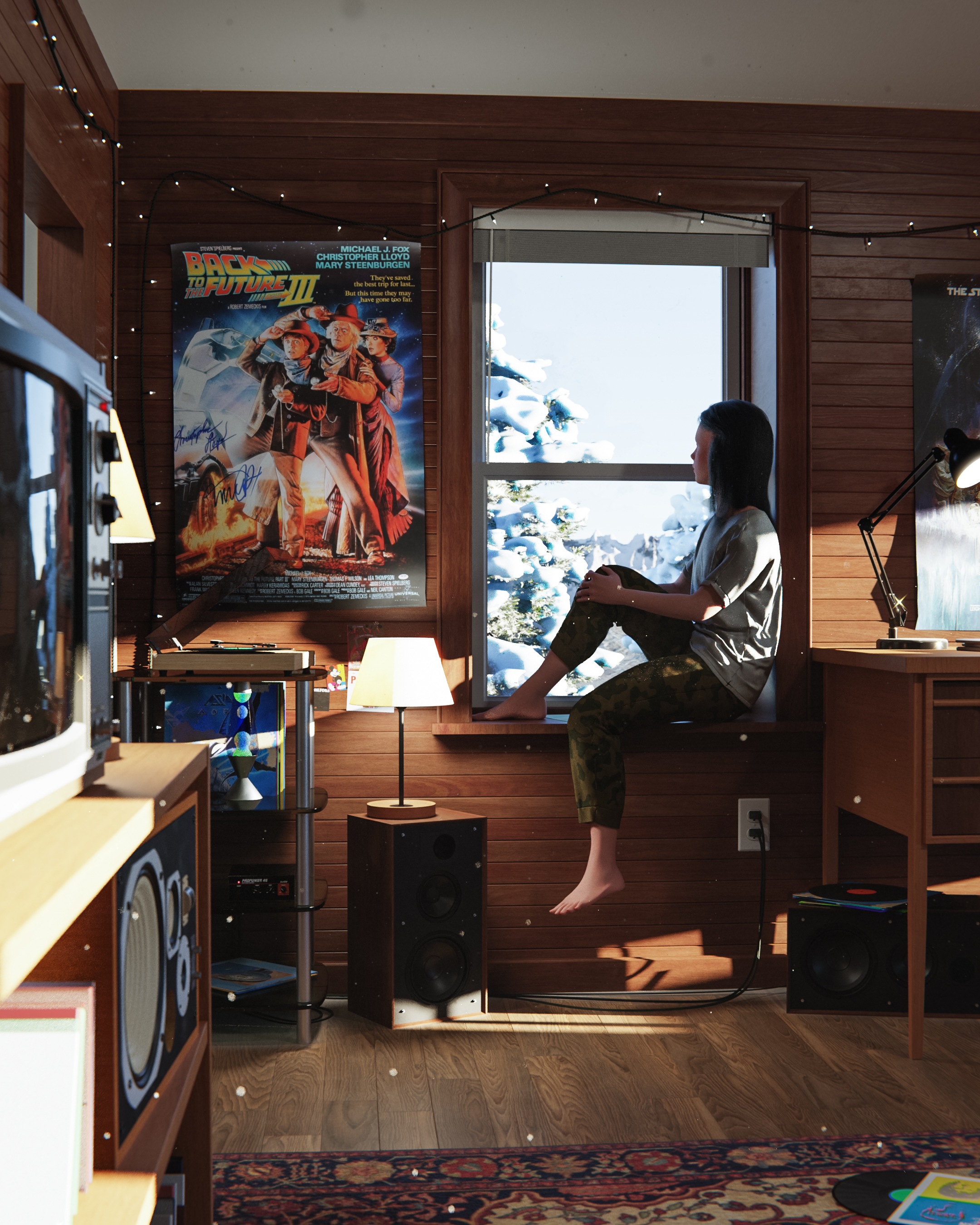
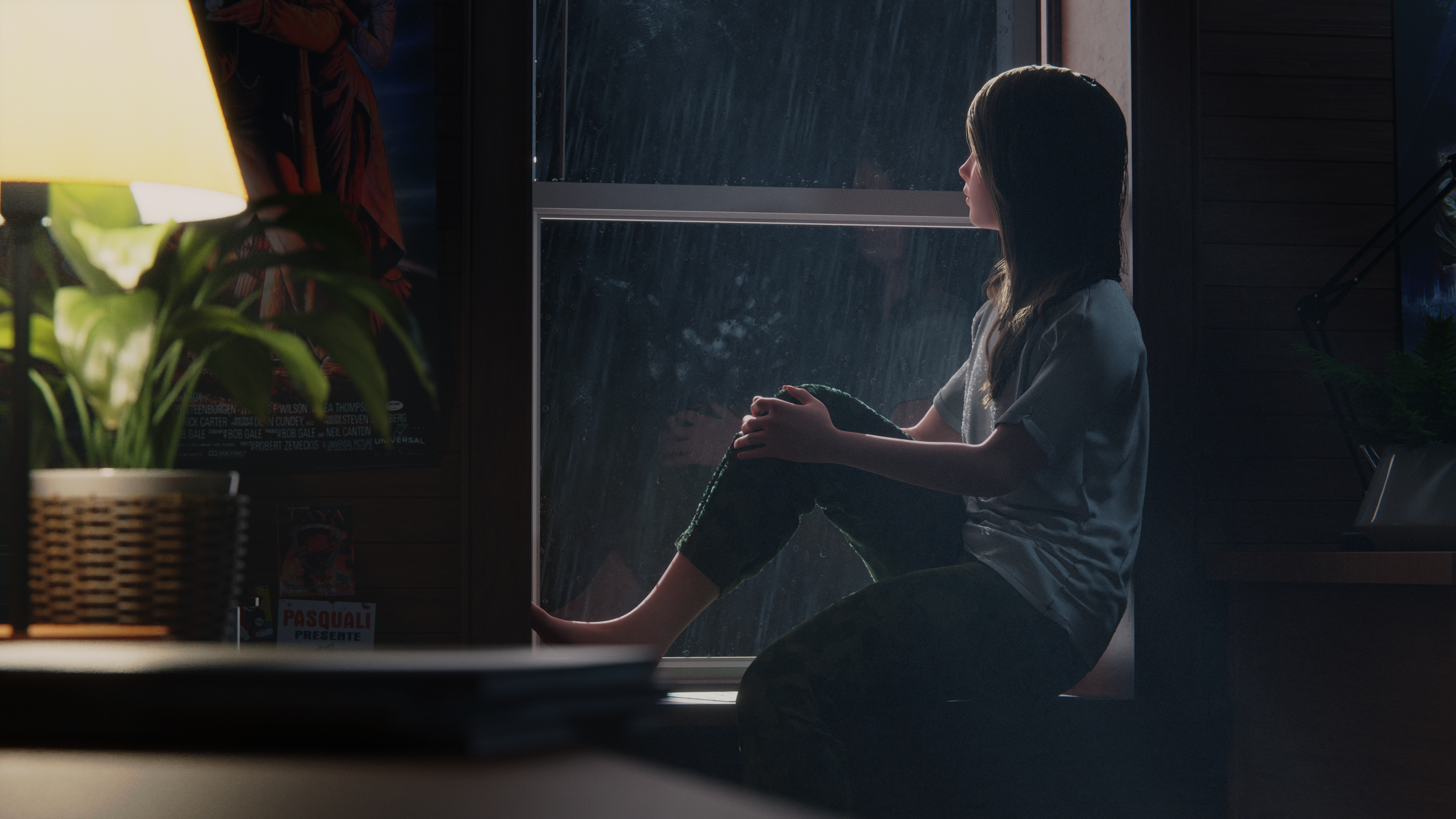
Project Acknowledgements
Some textures are from Textures.com and Poliigon.com